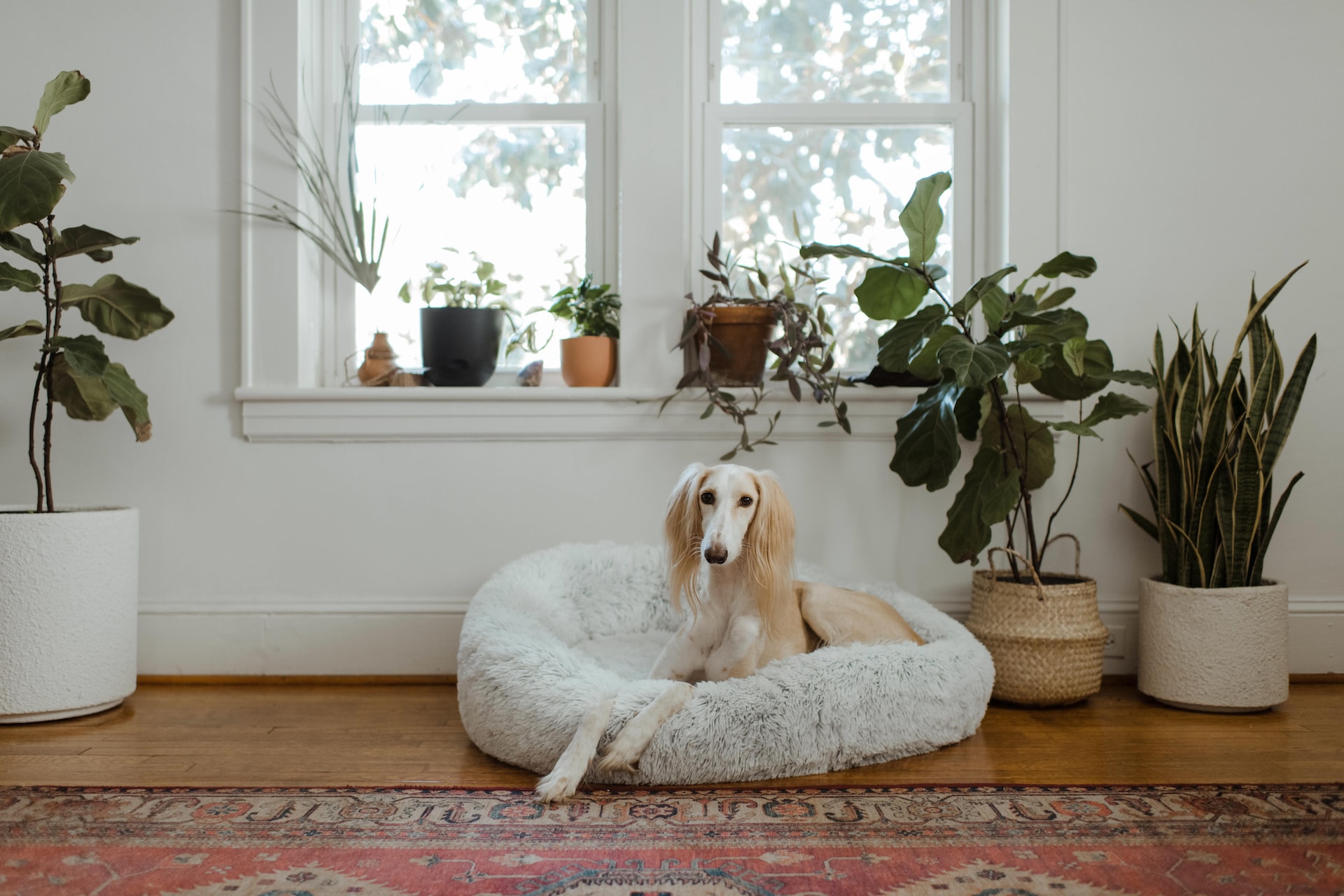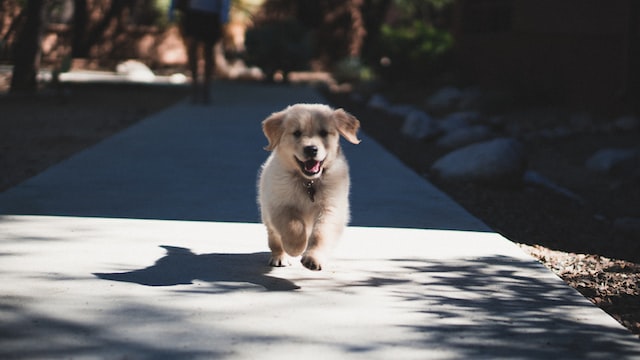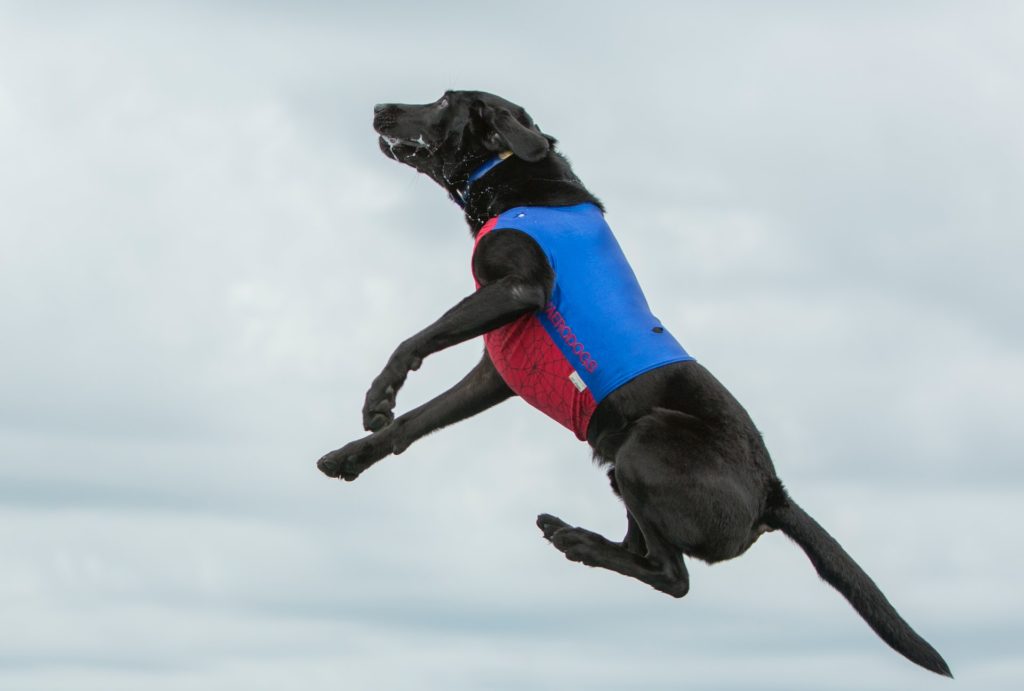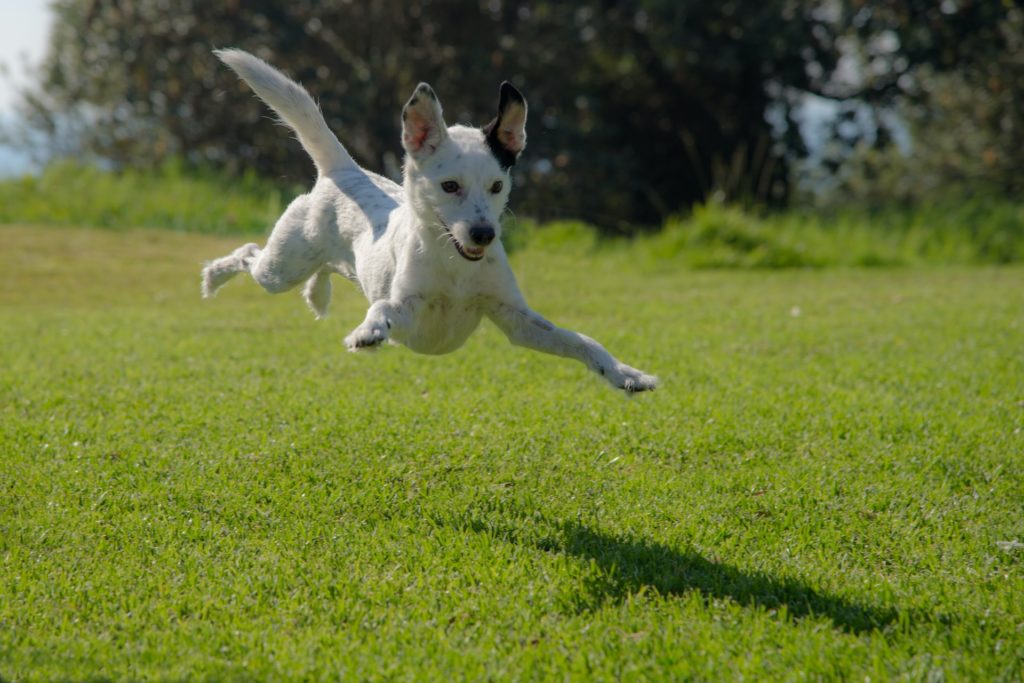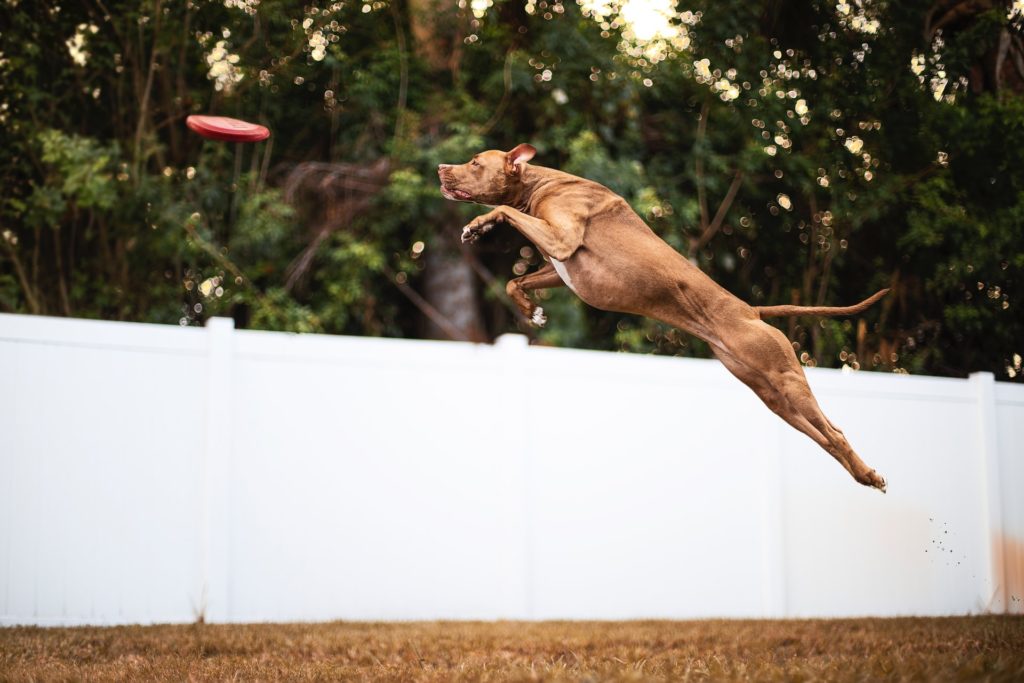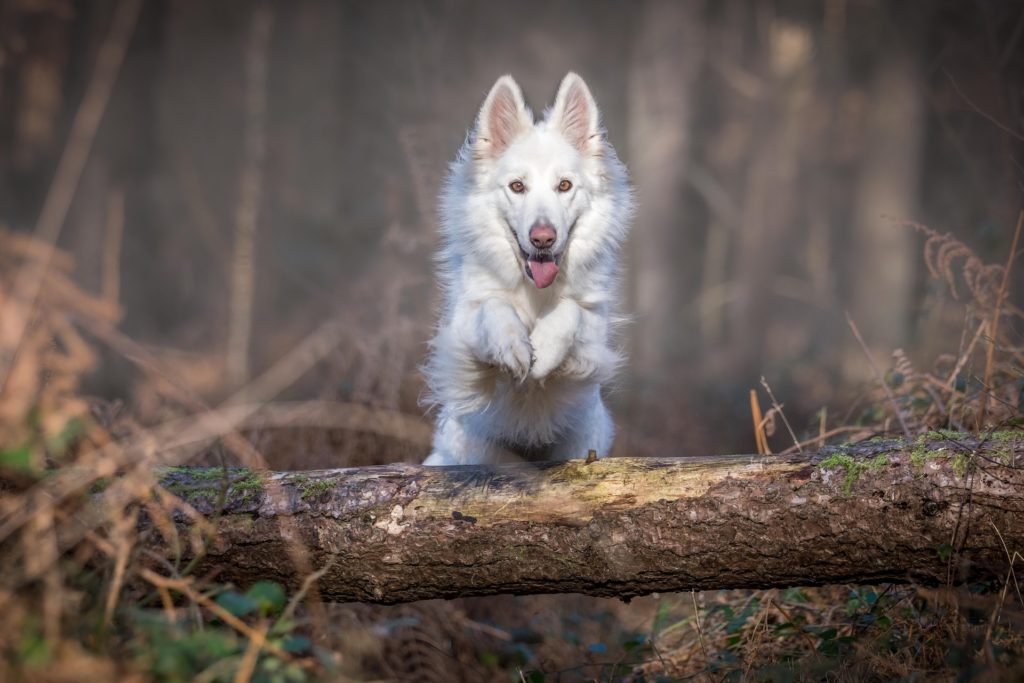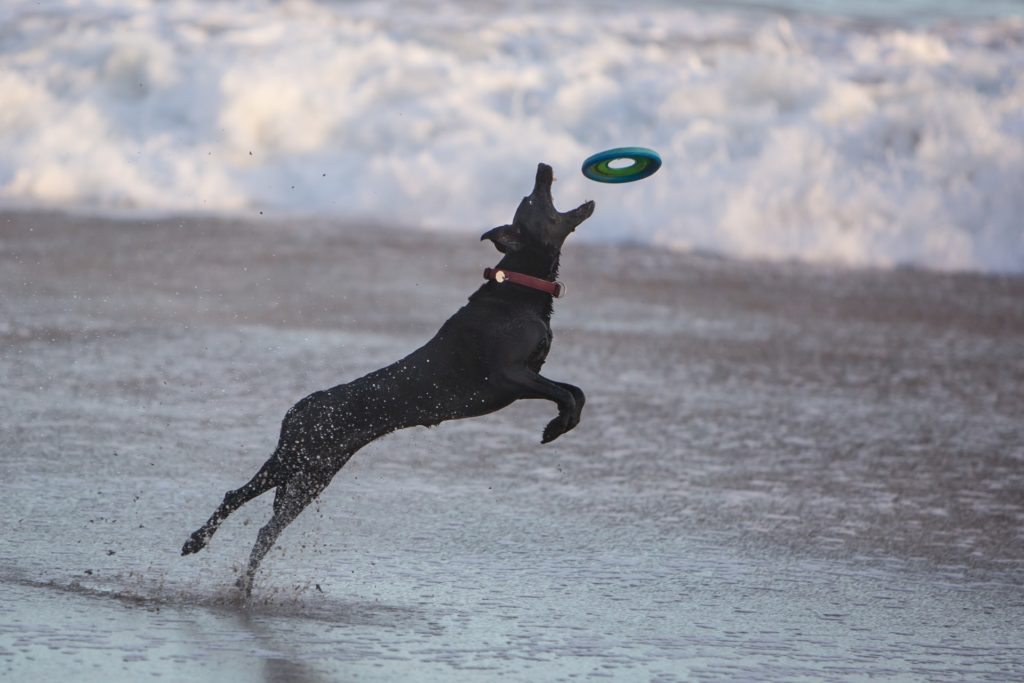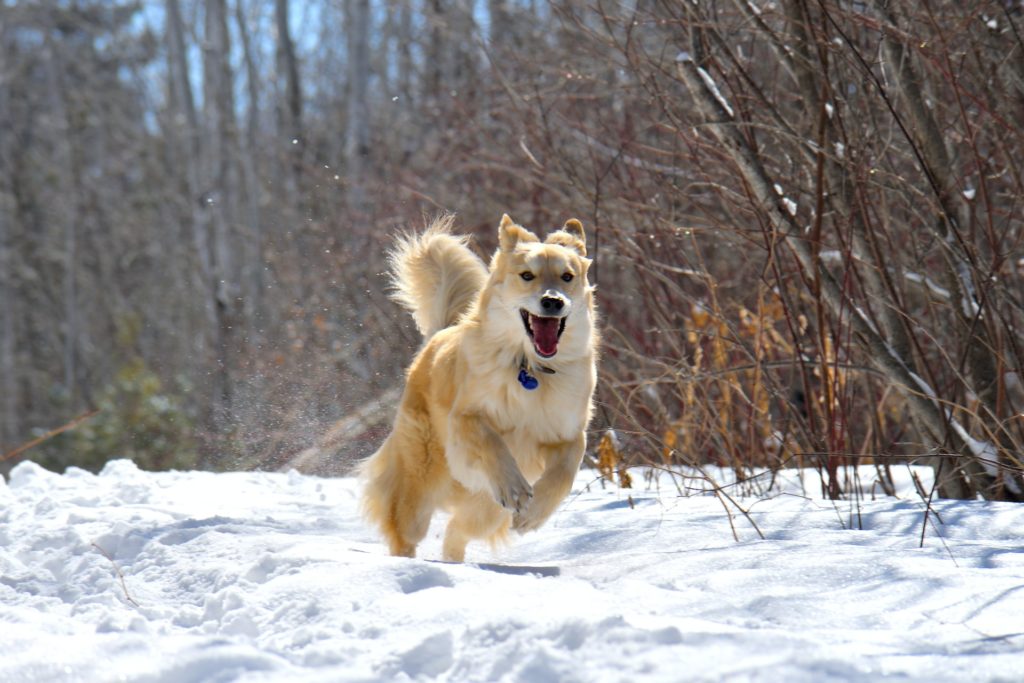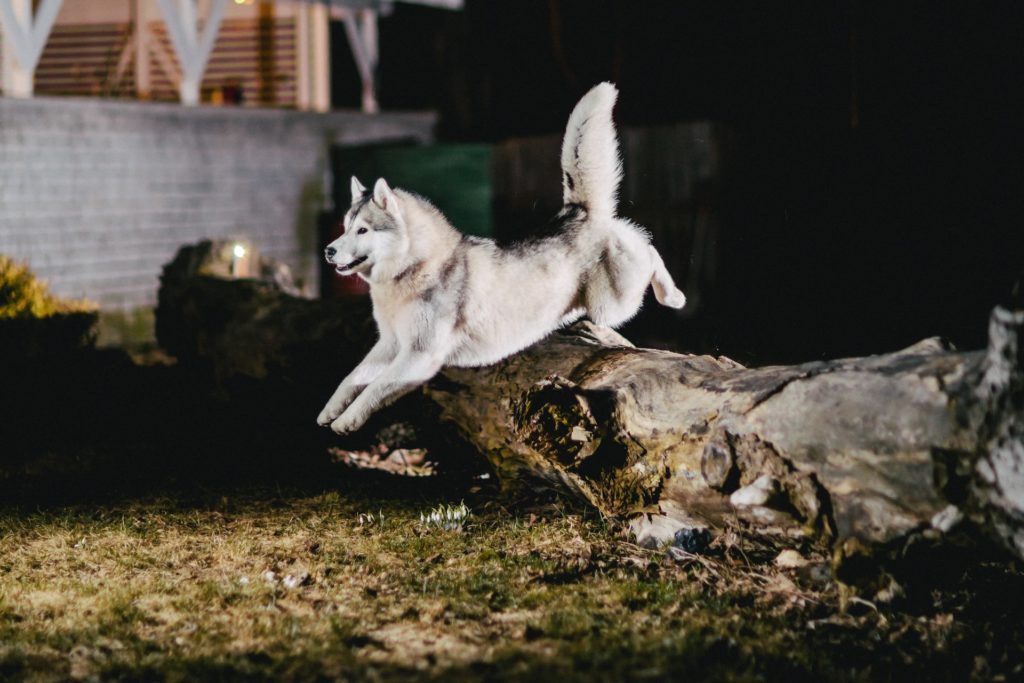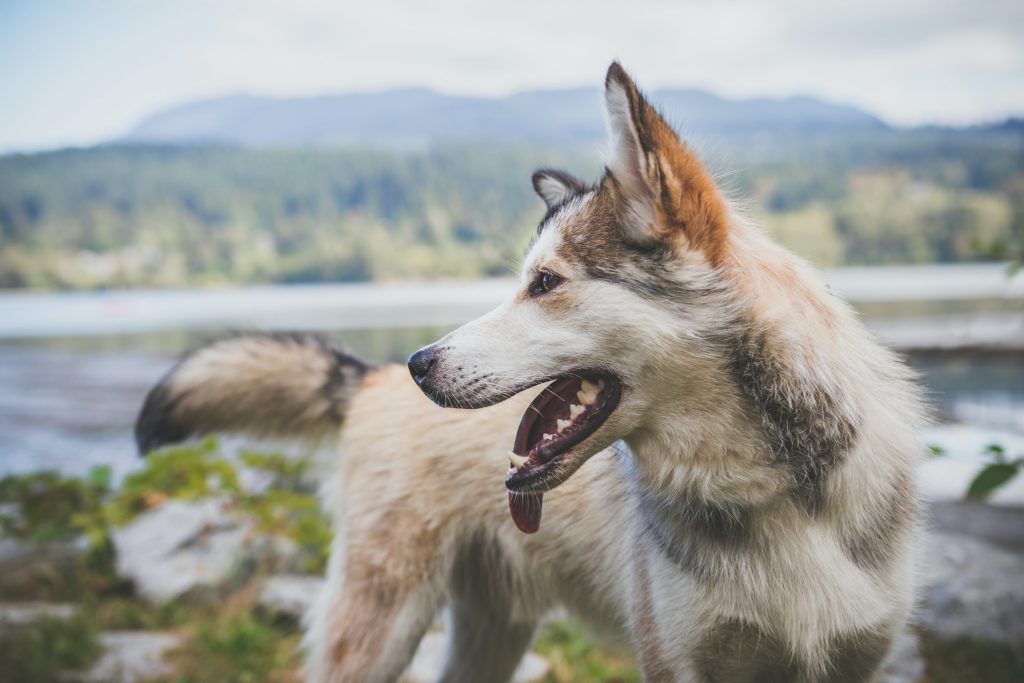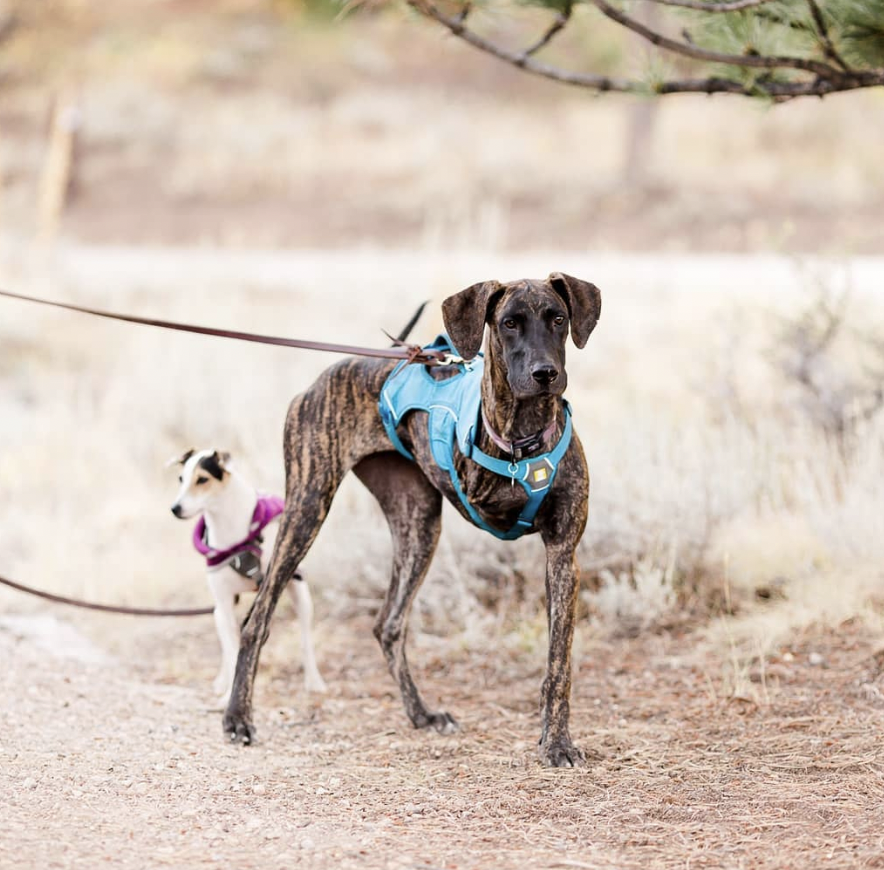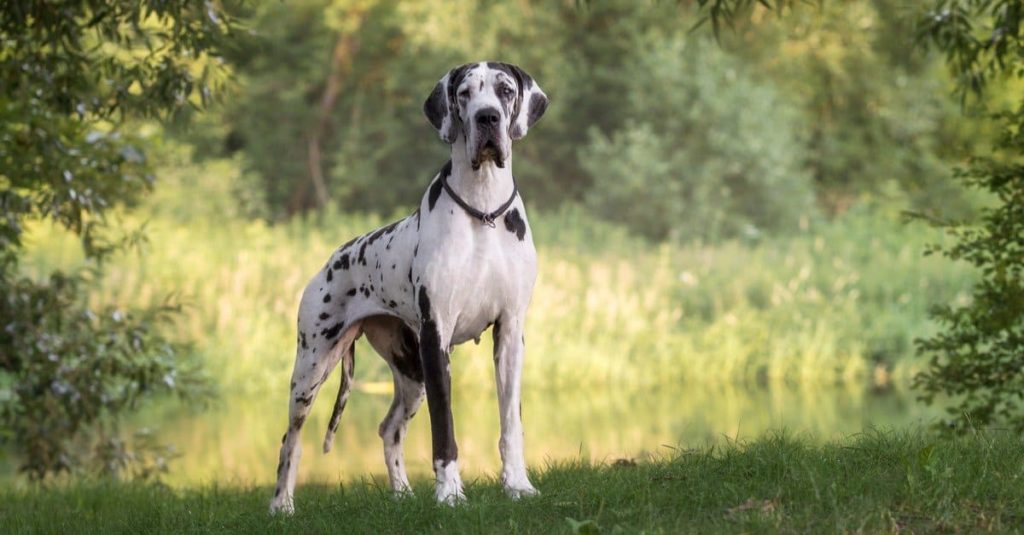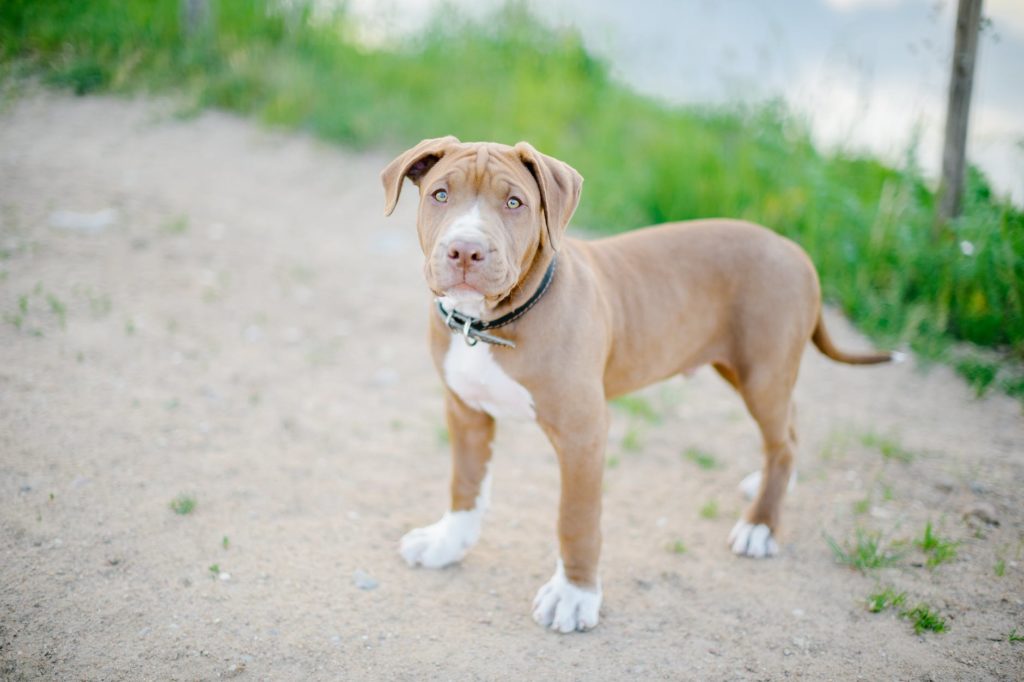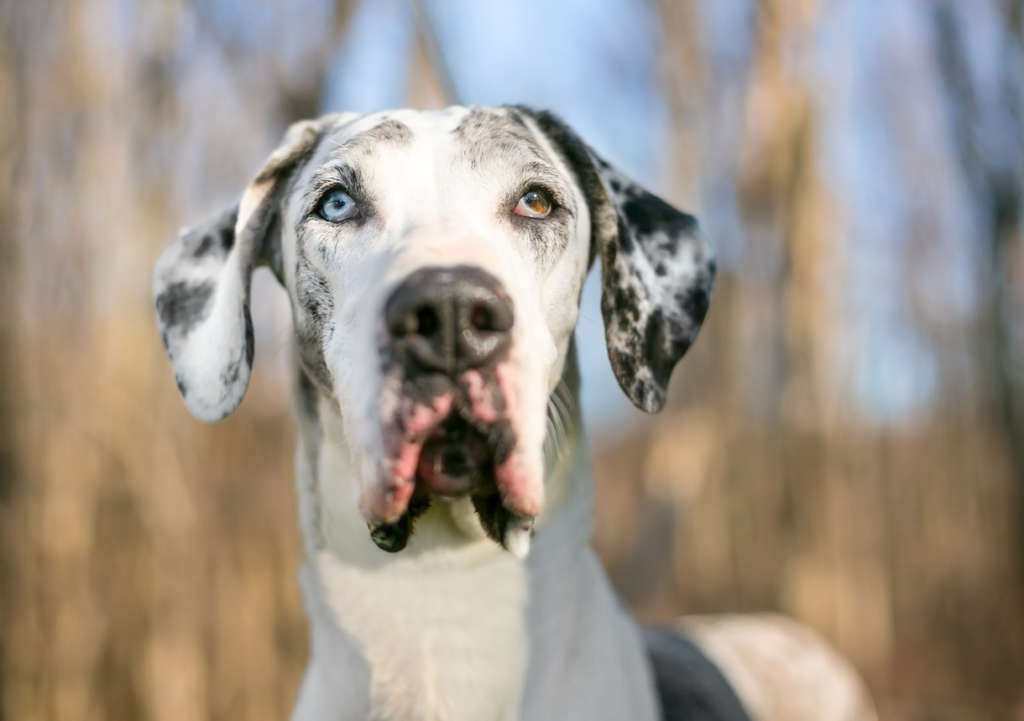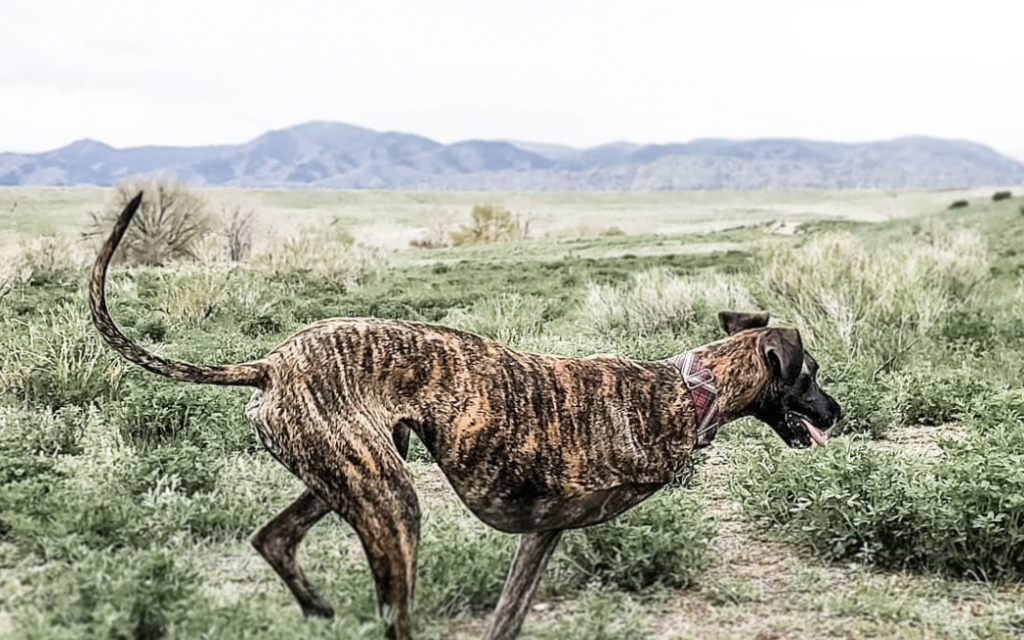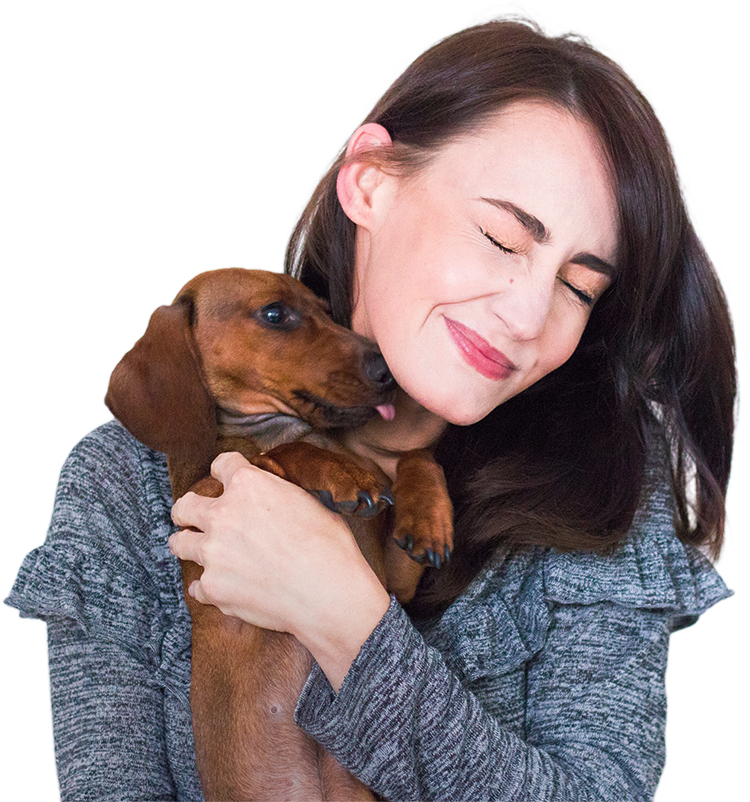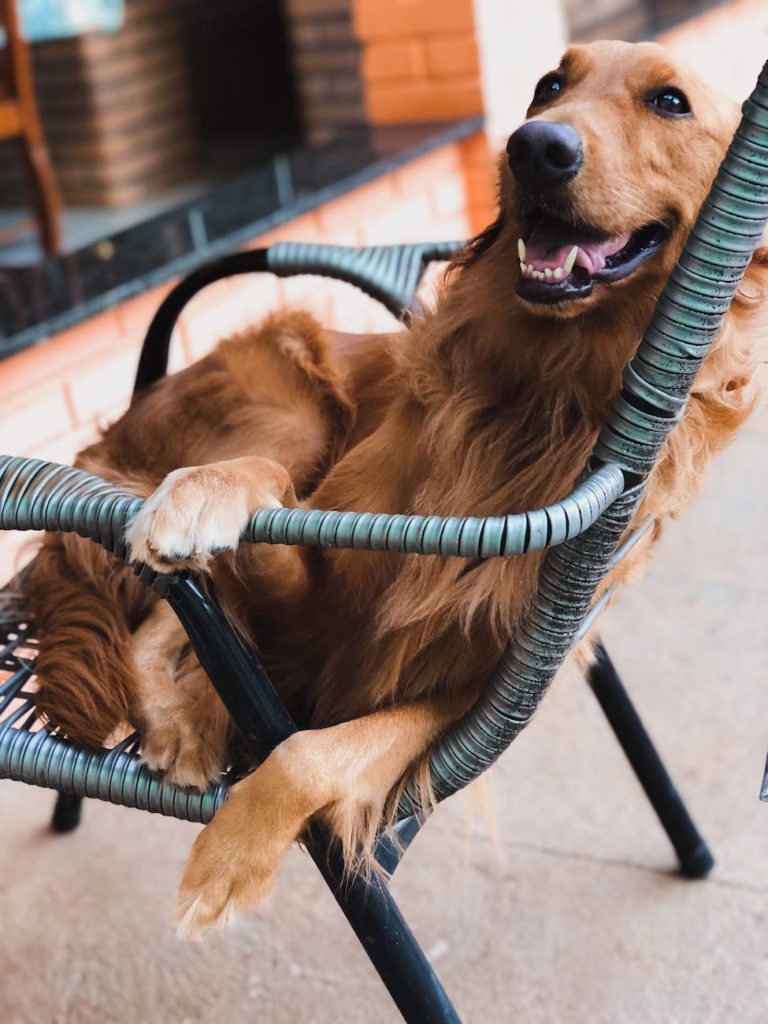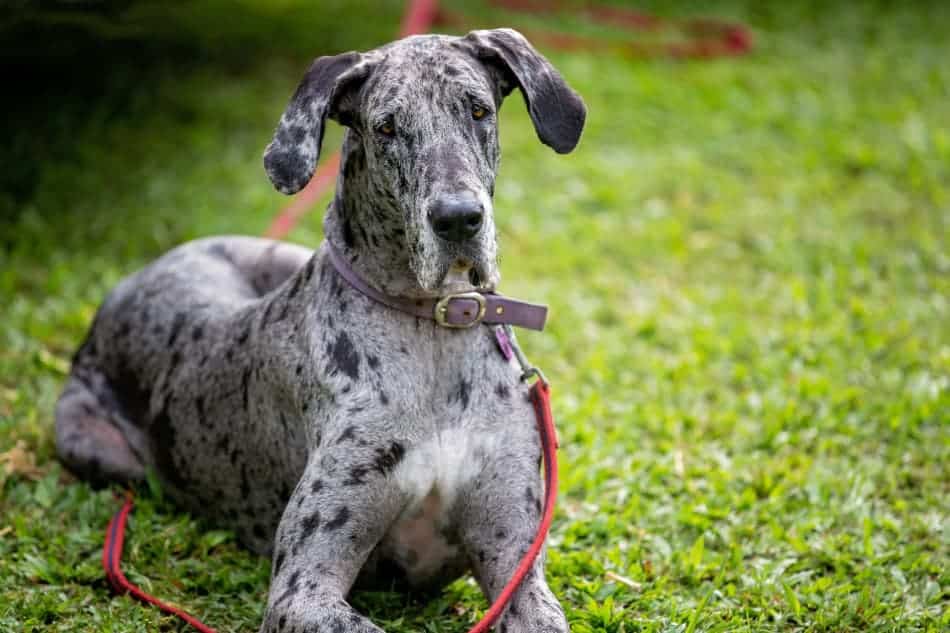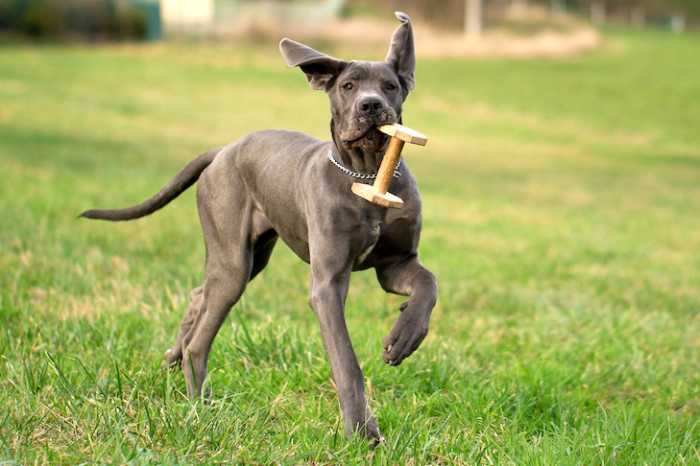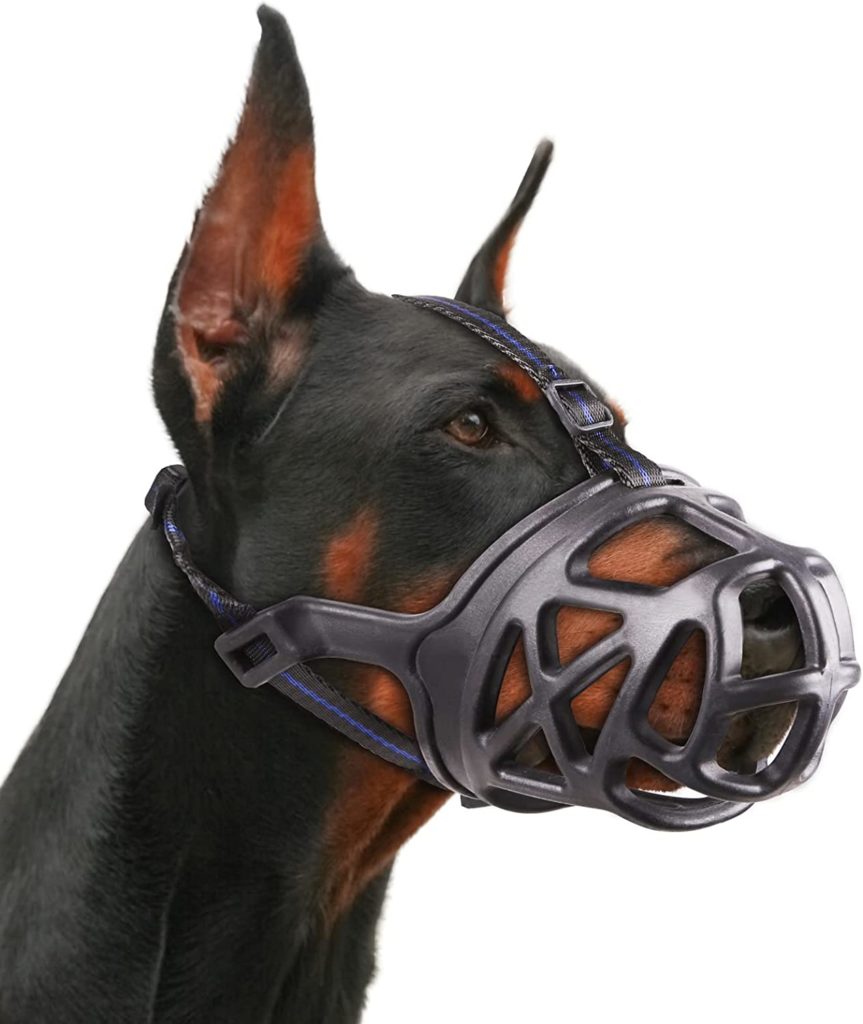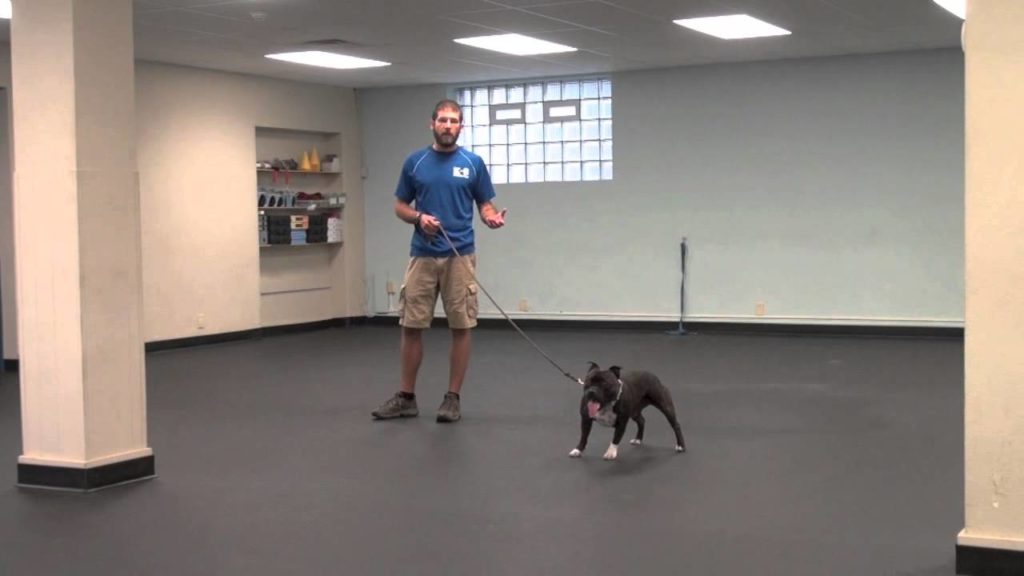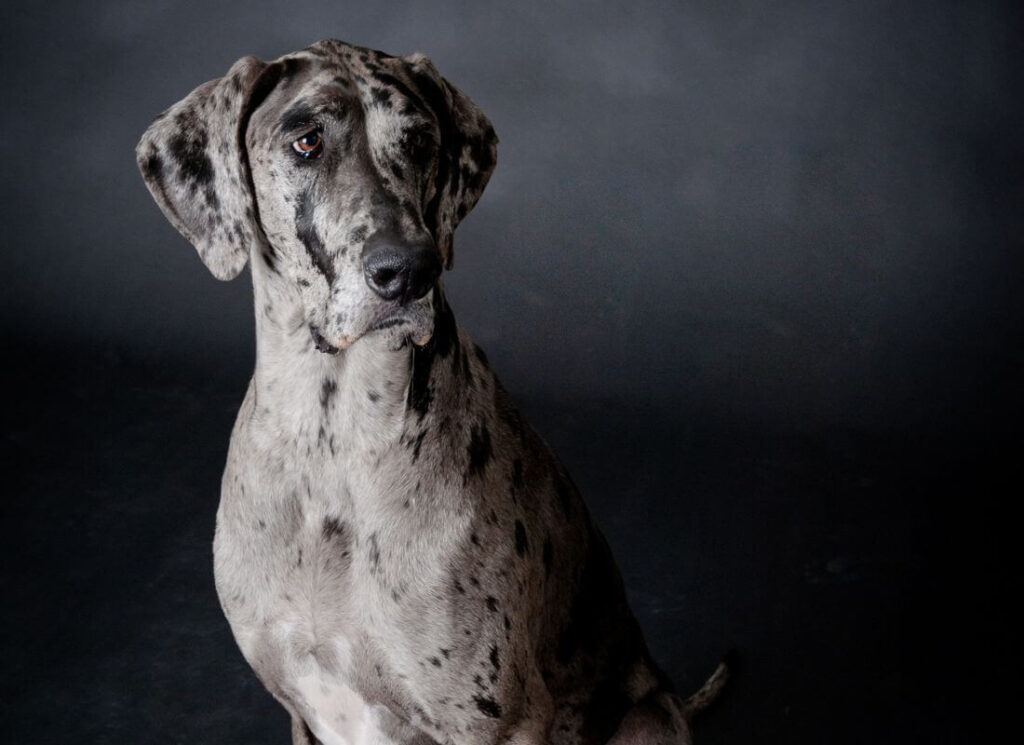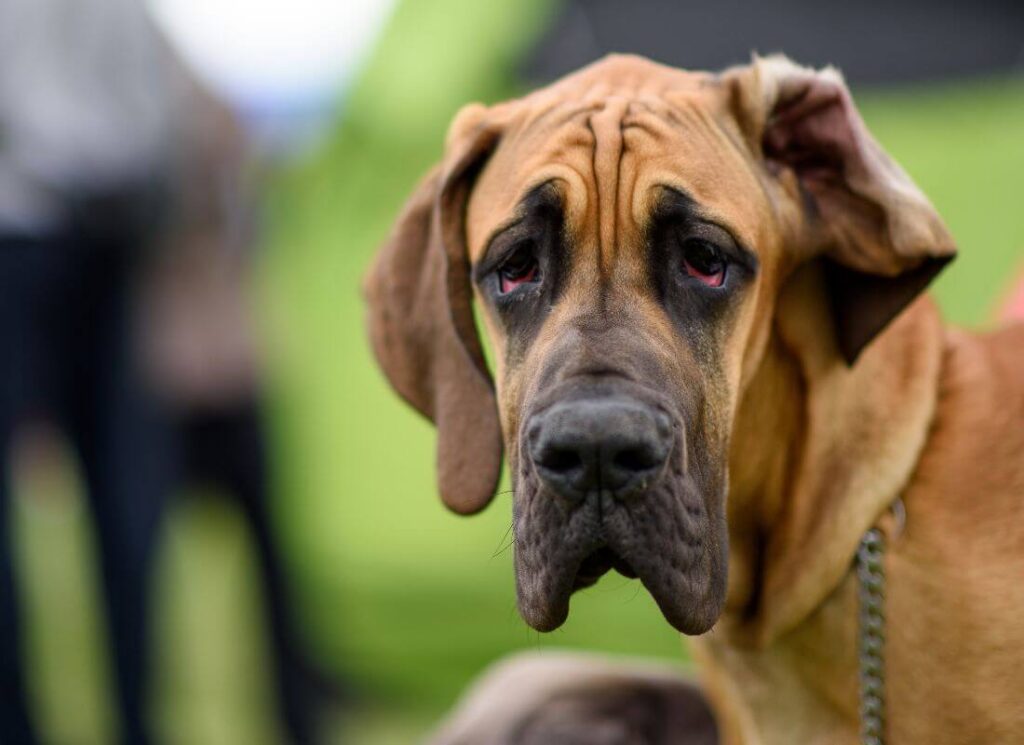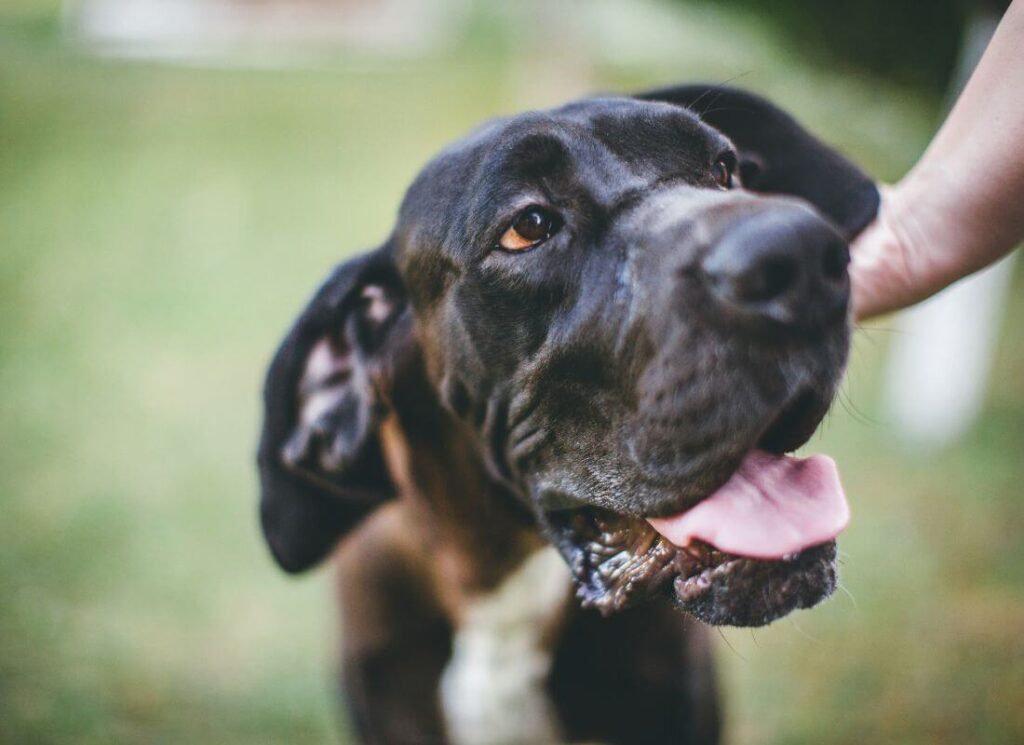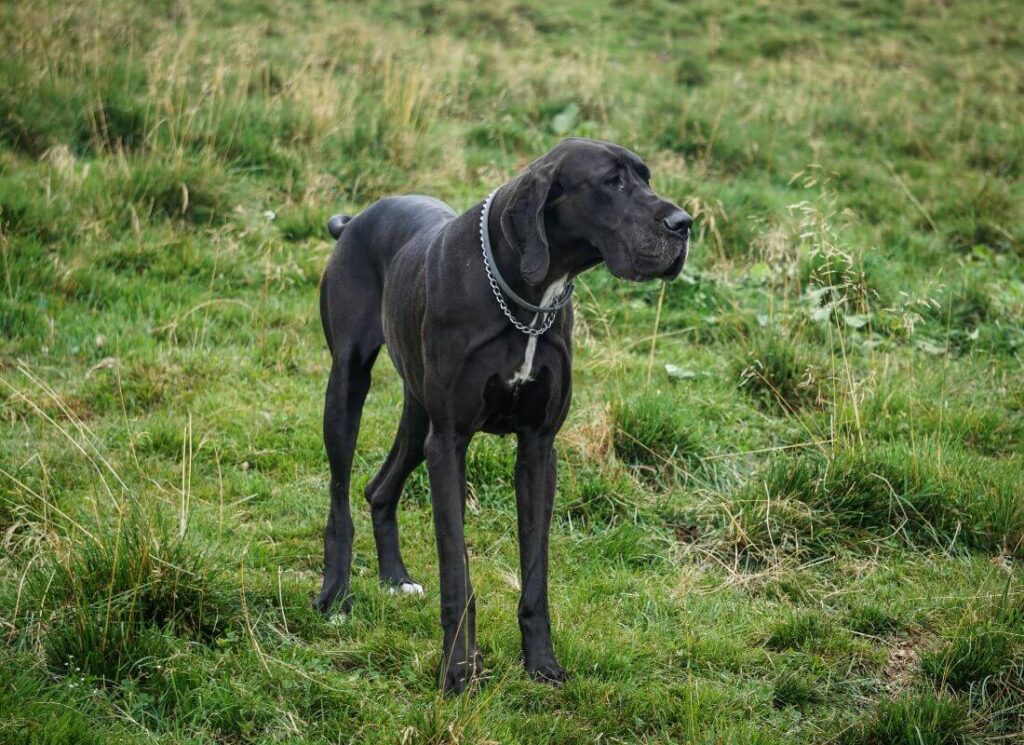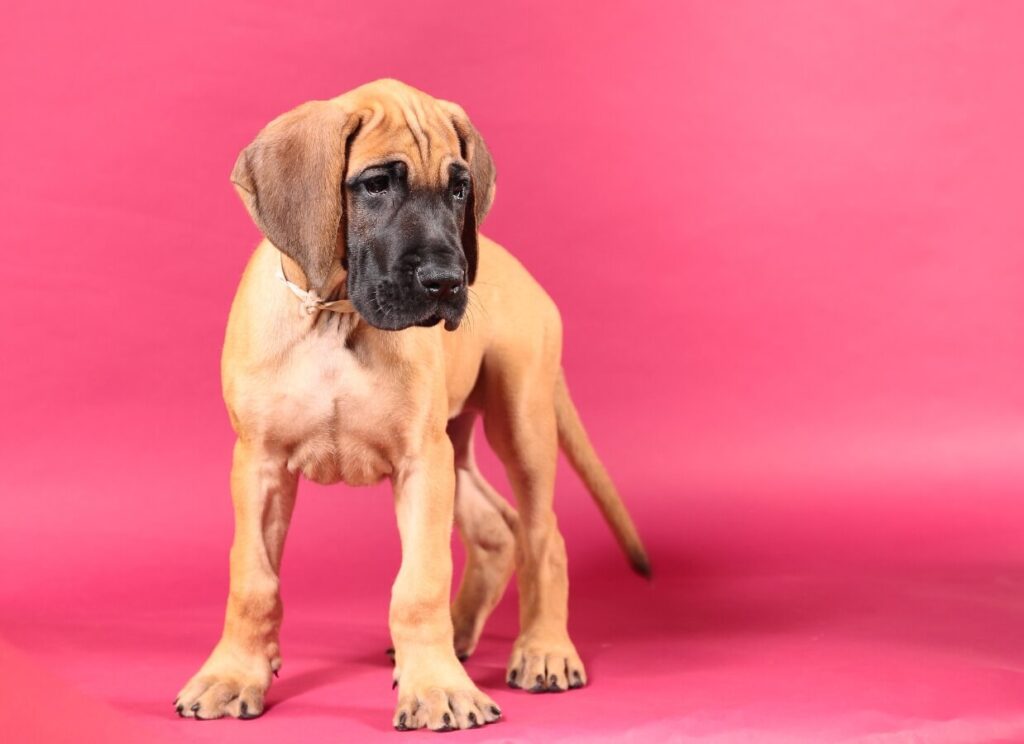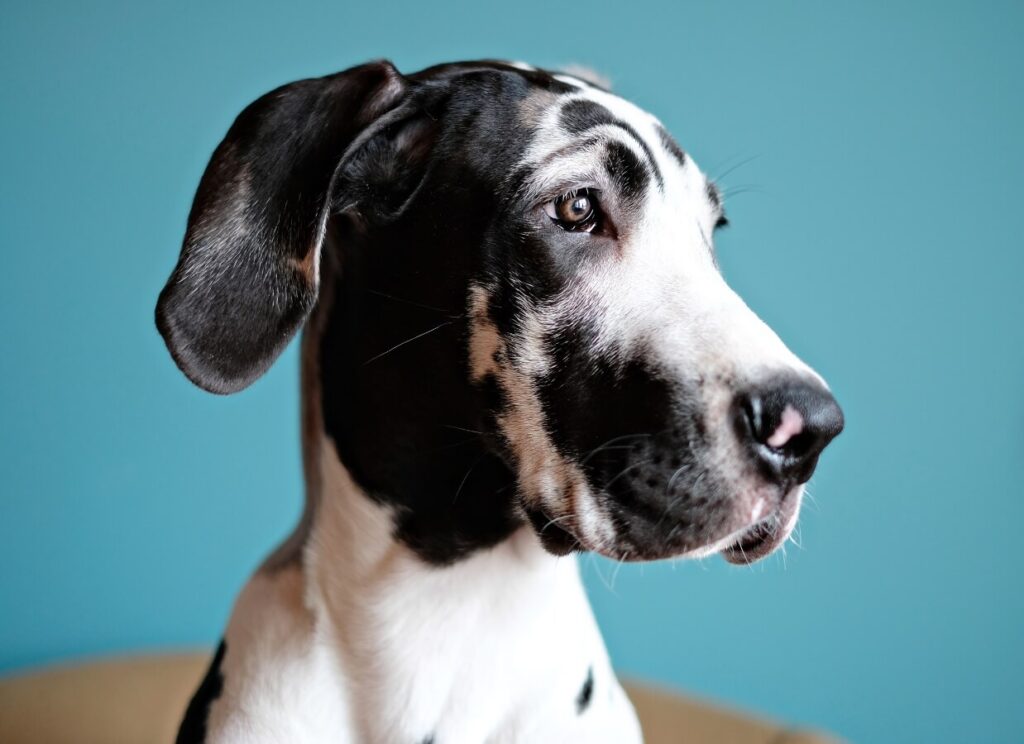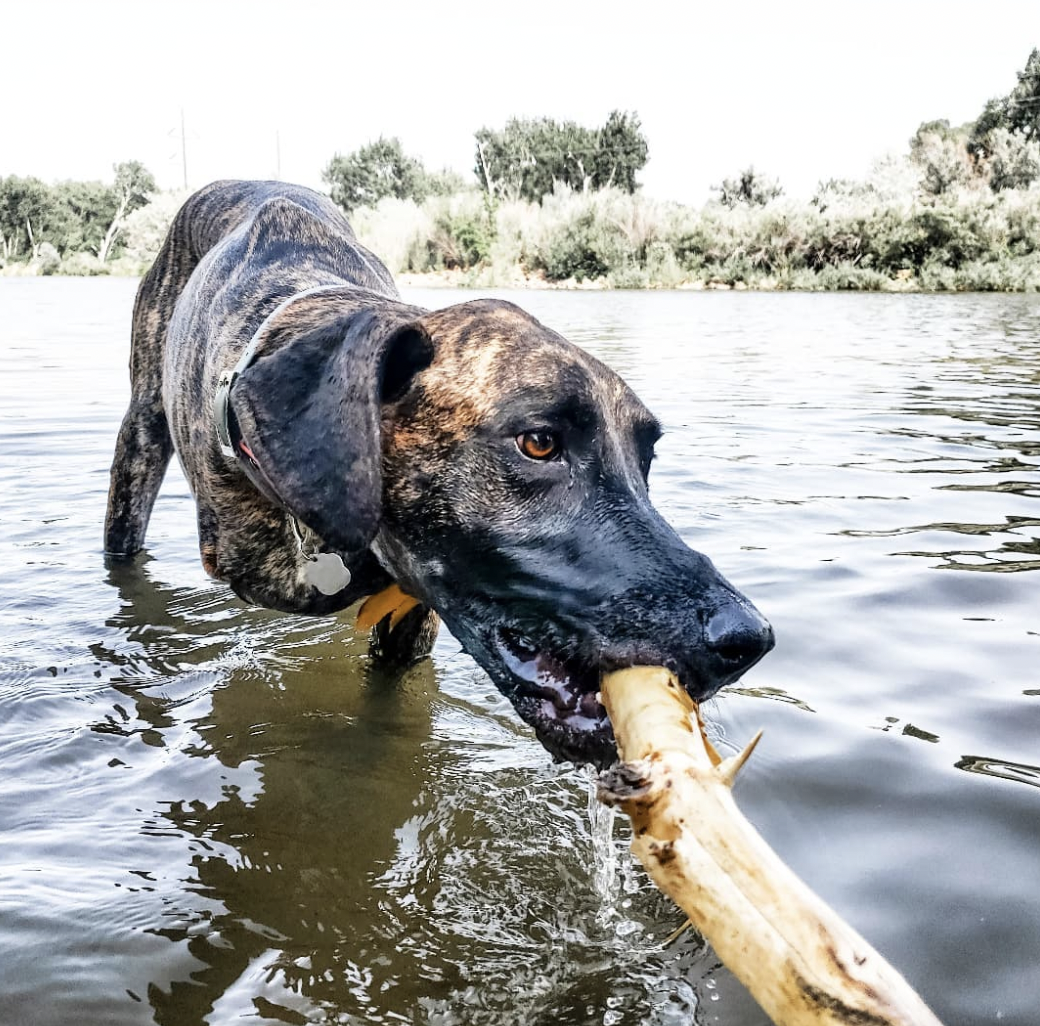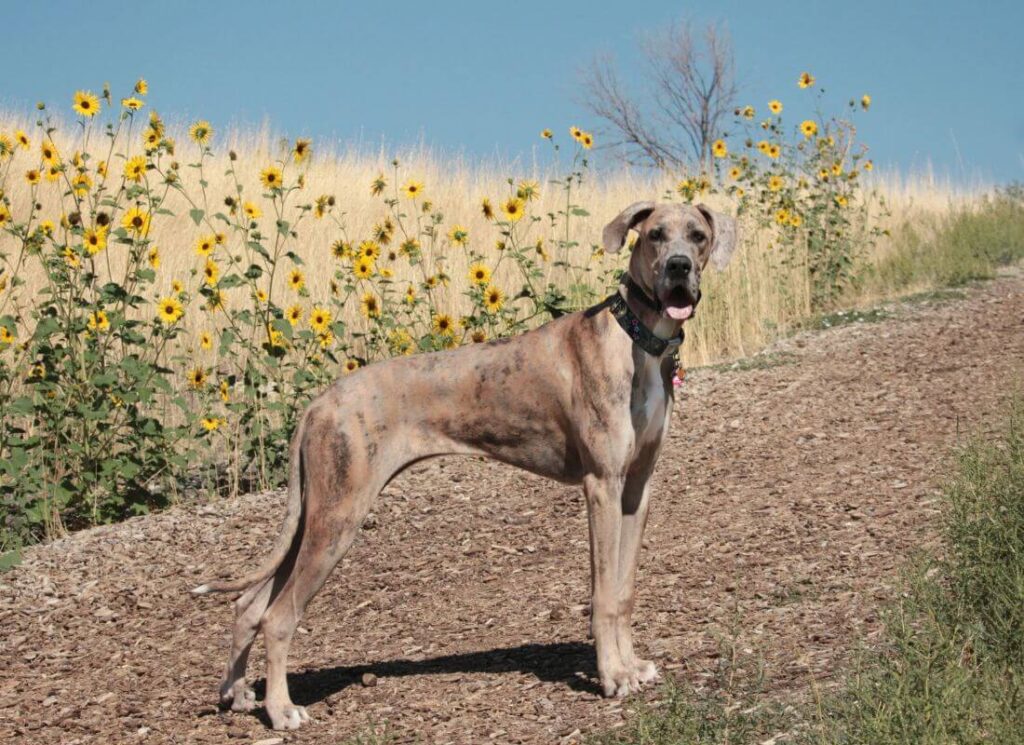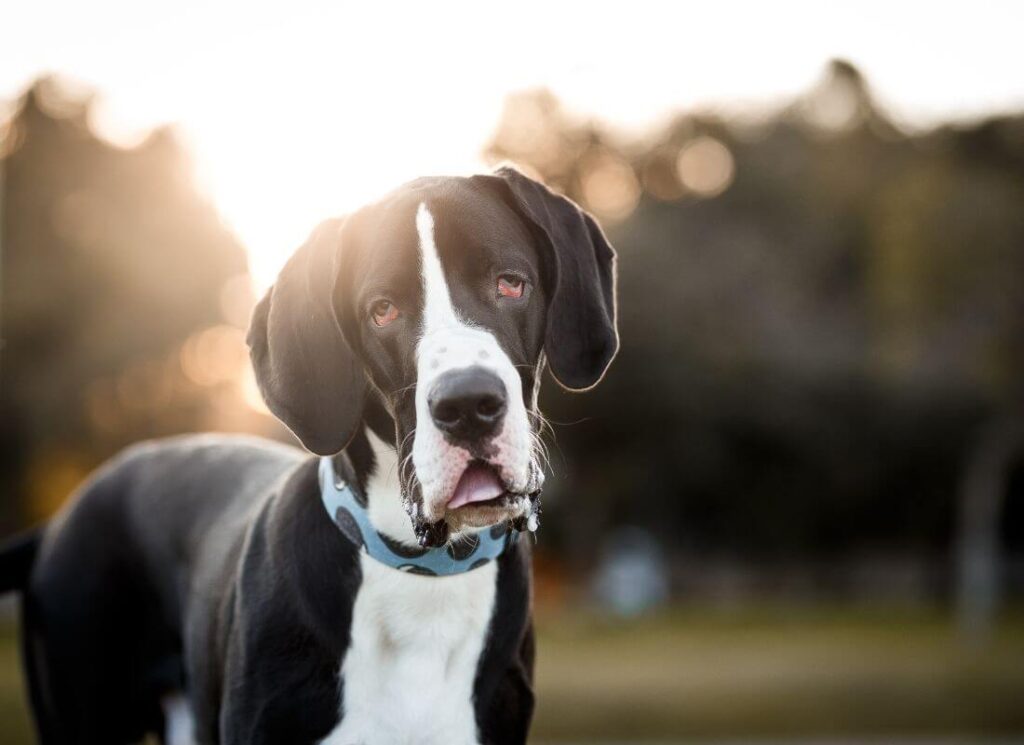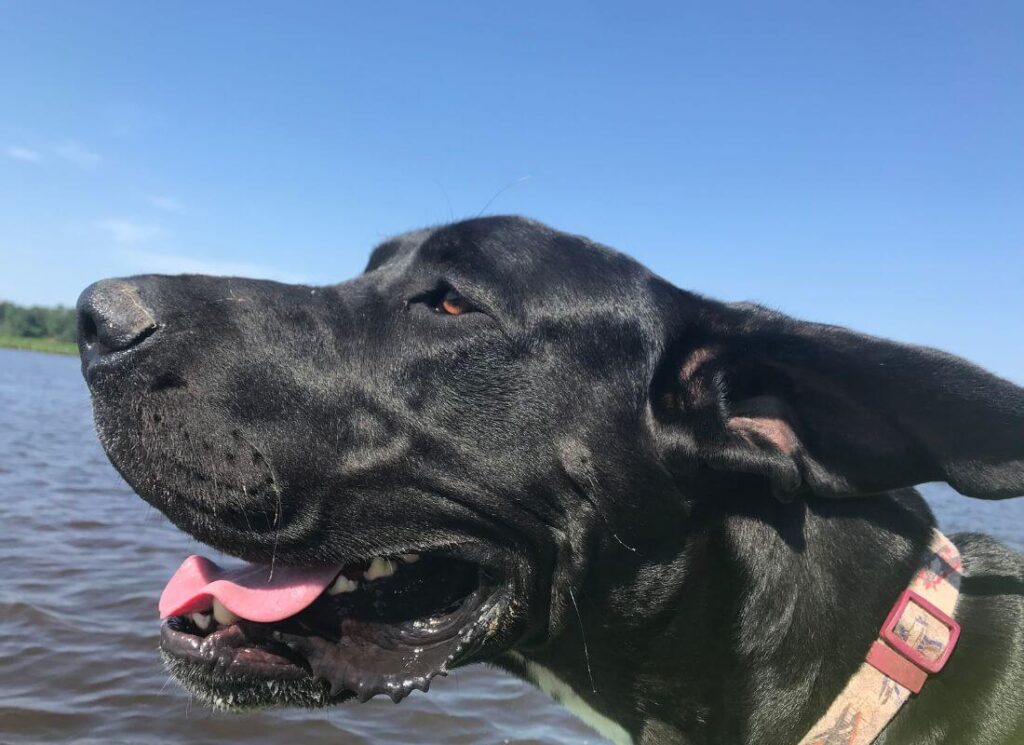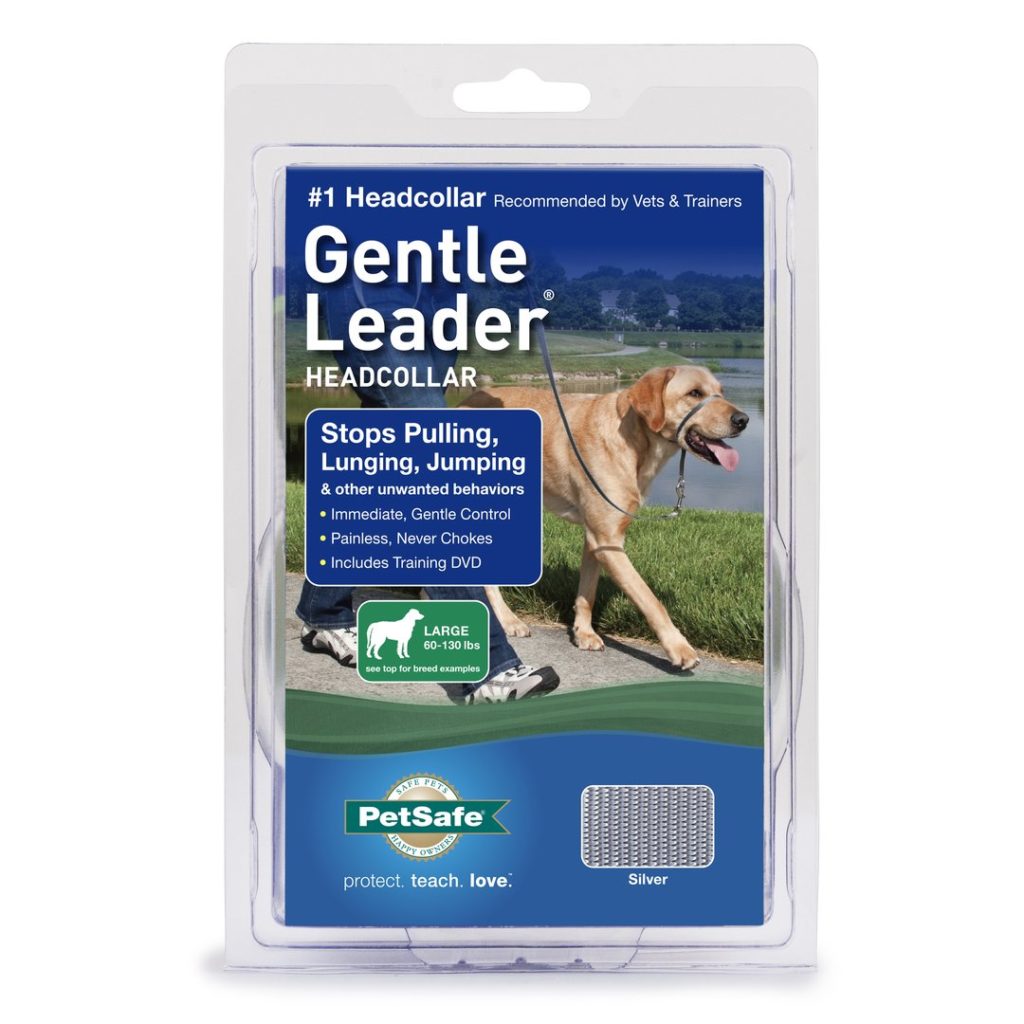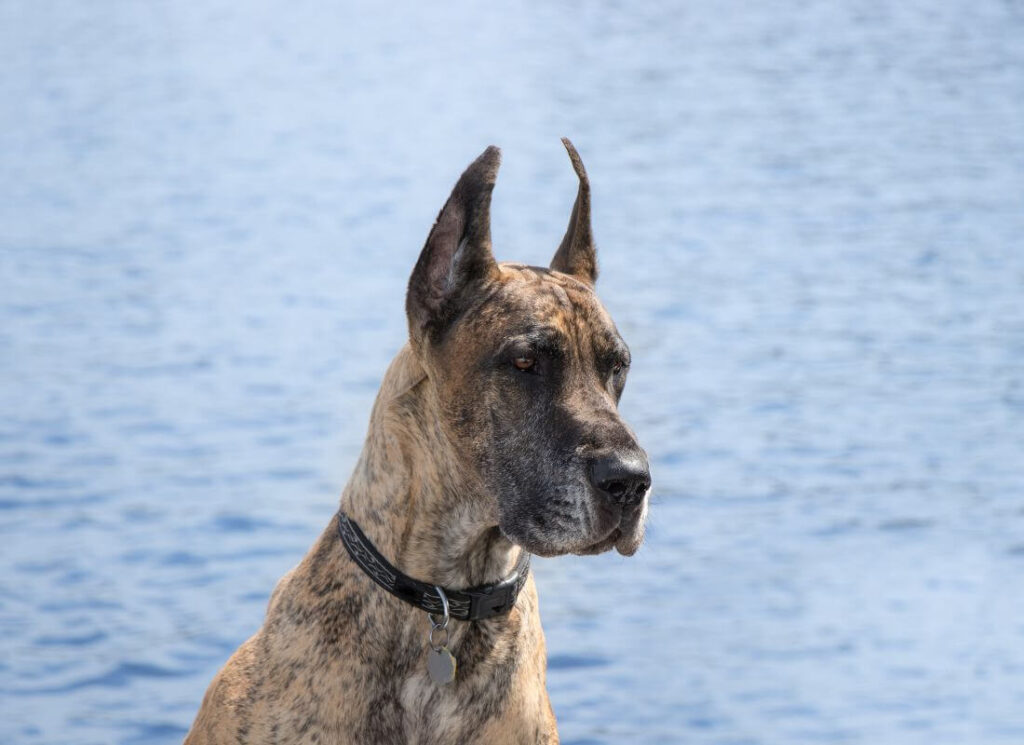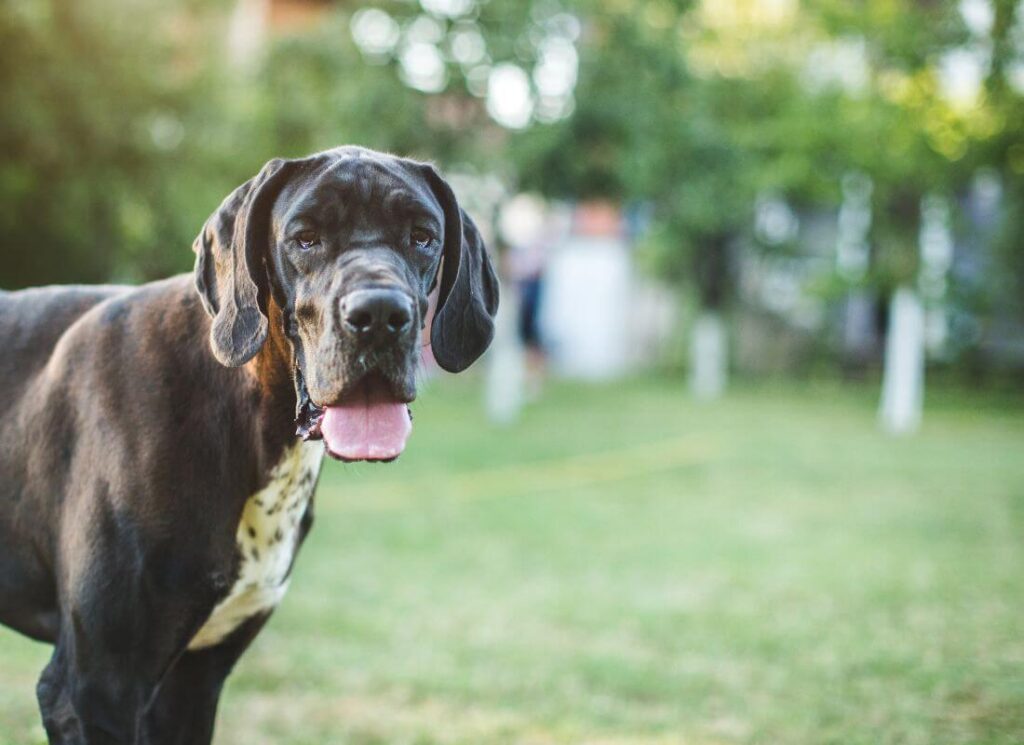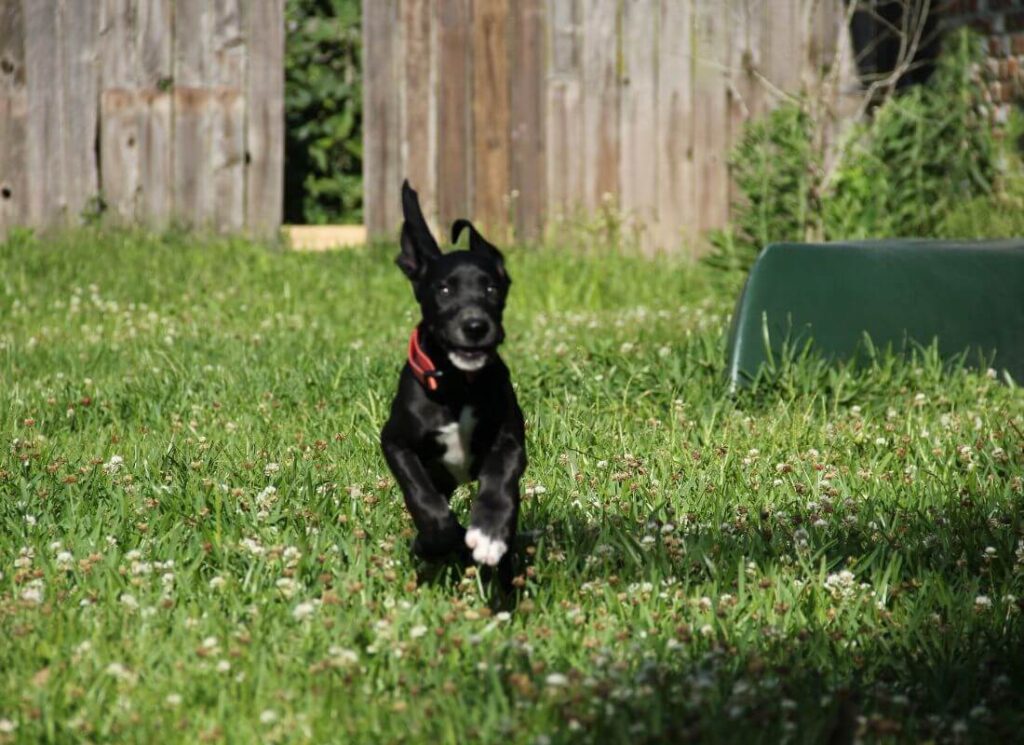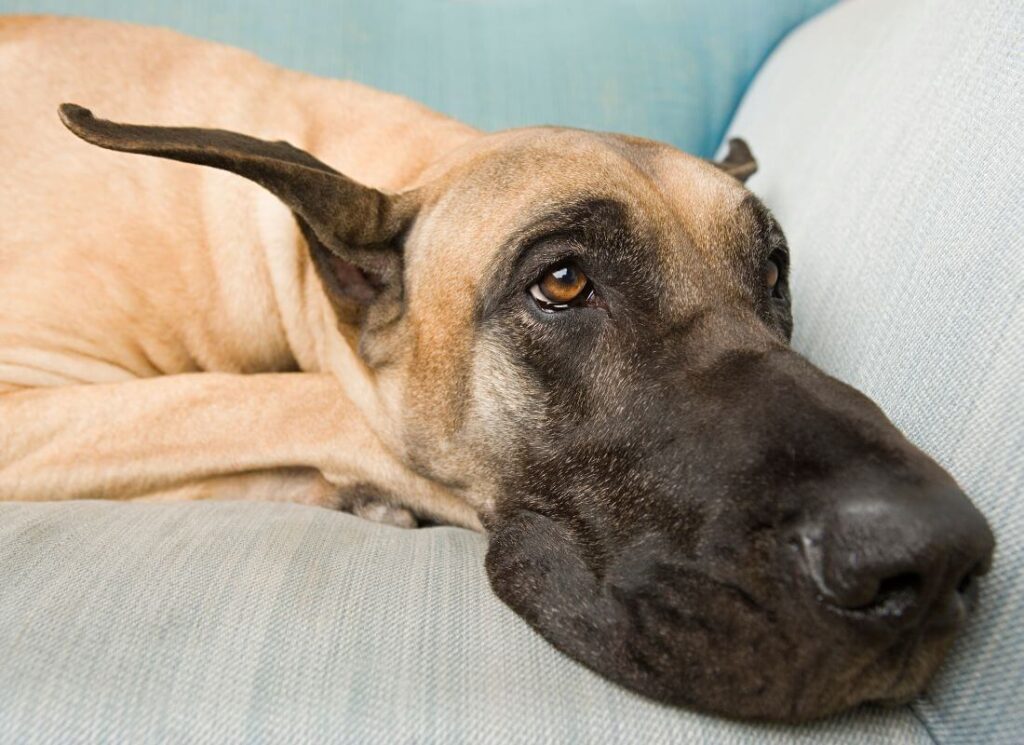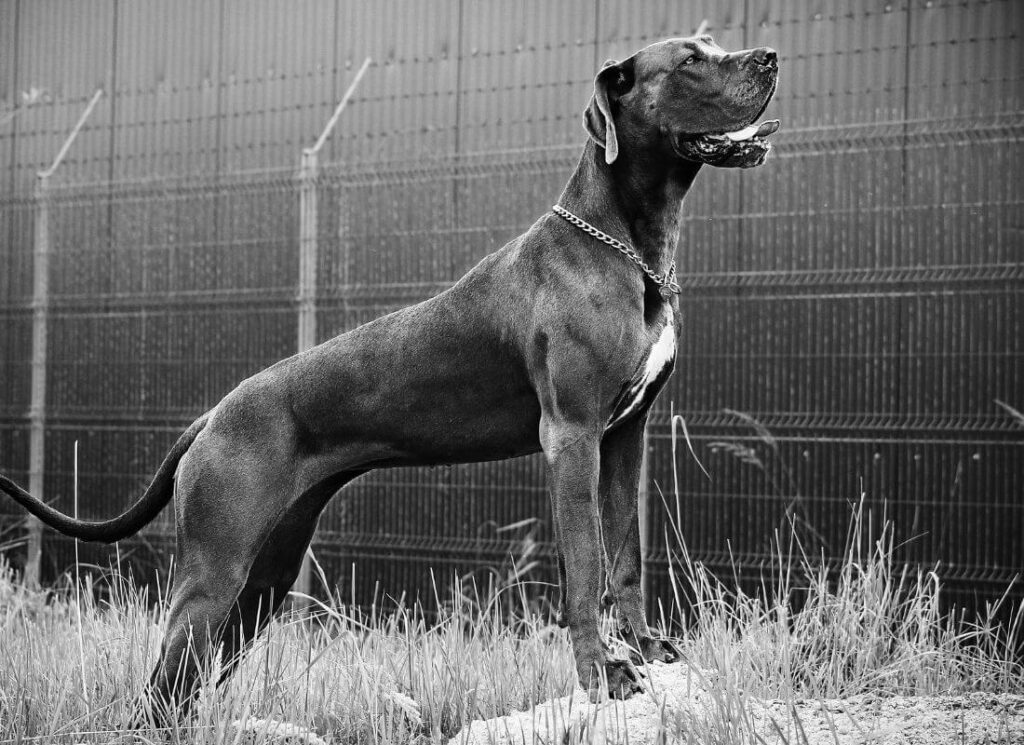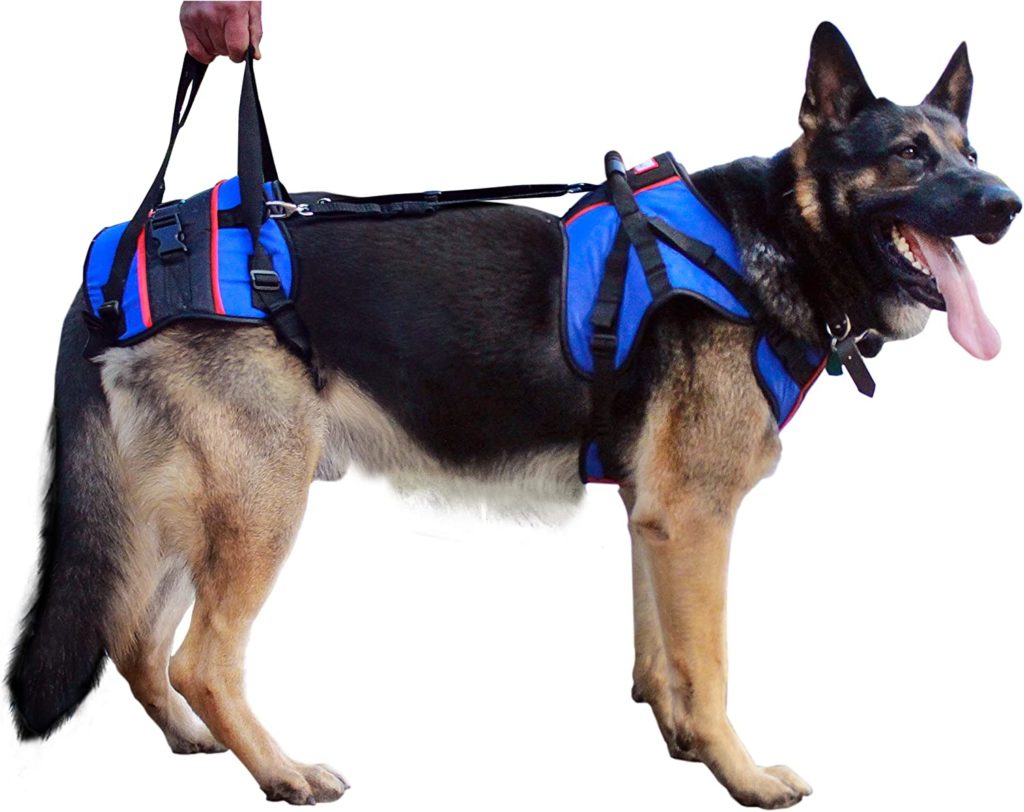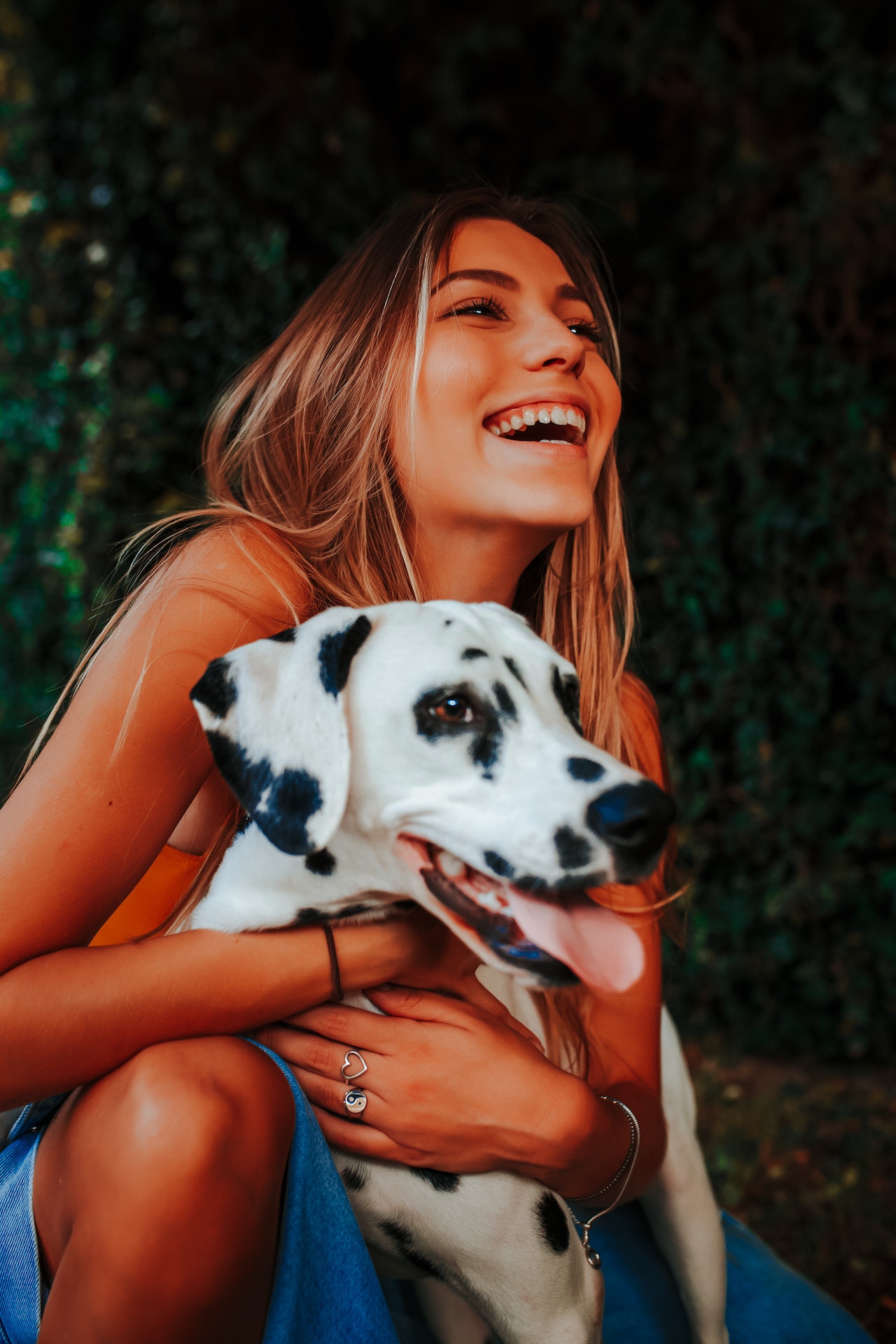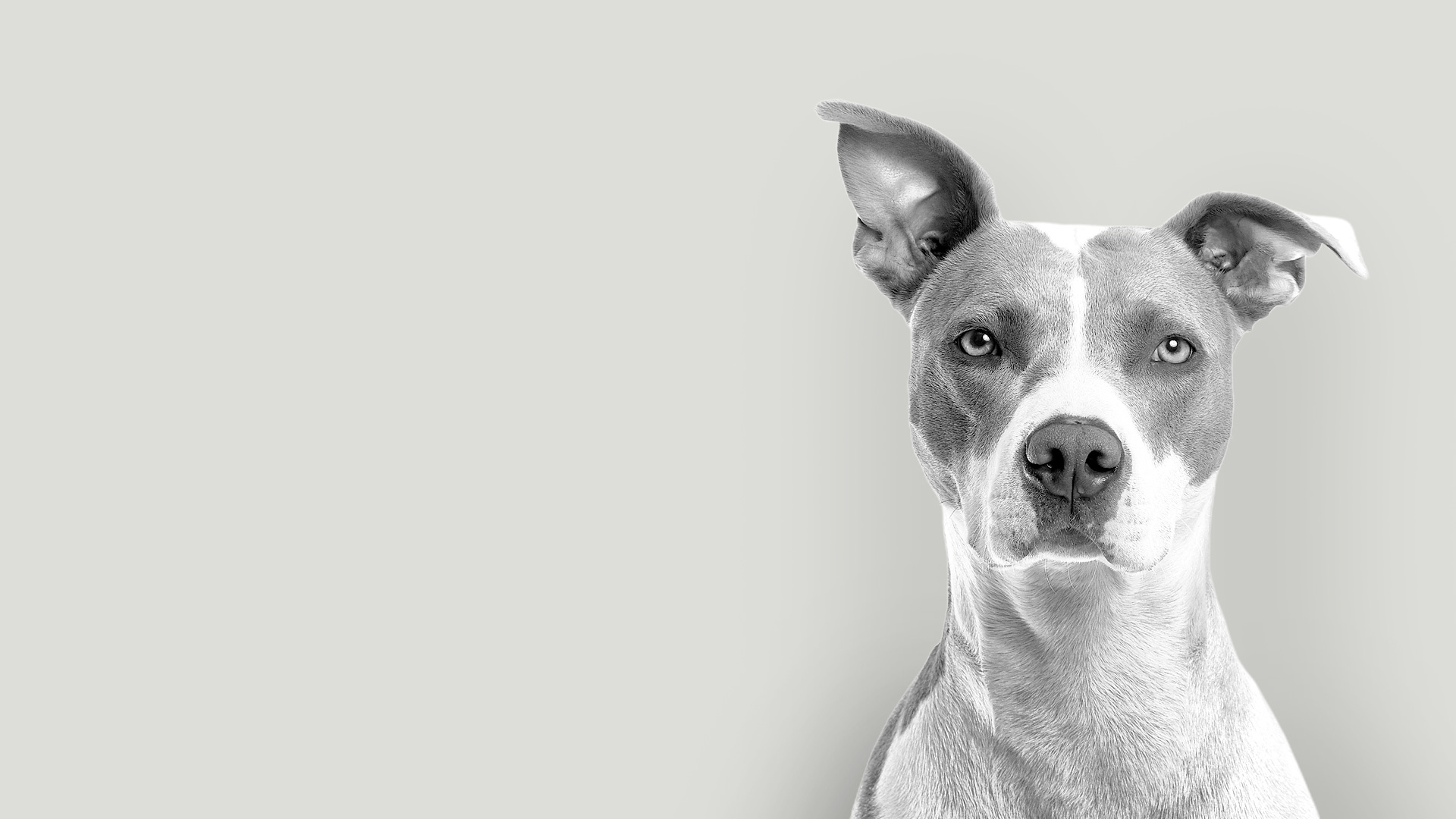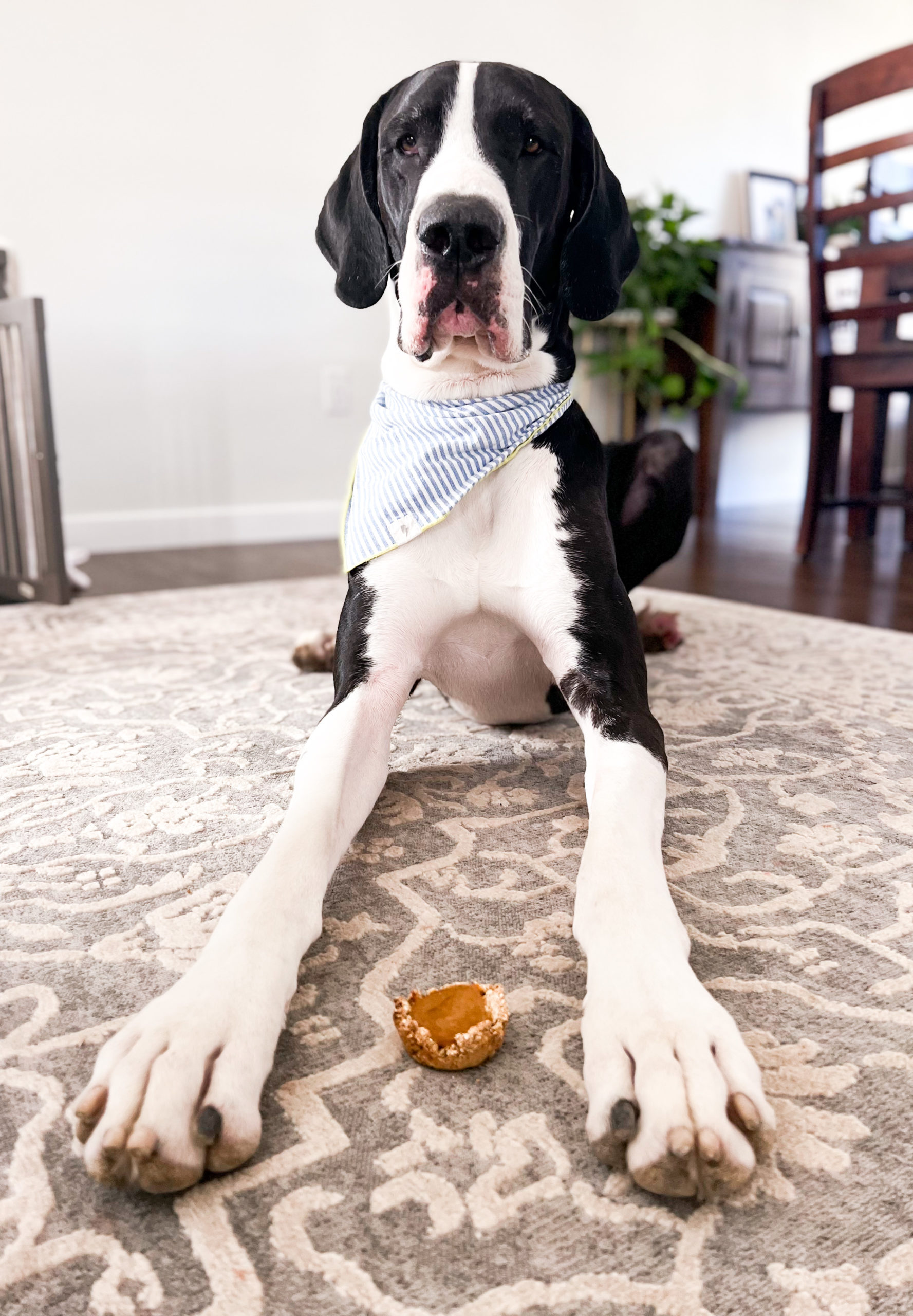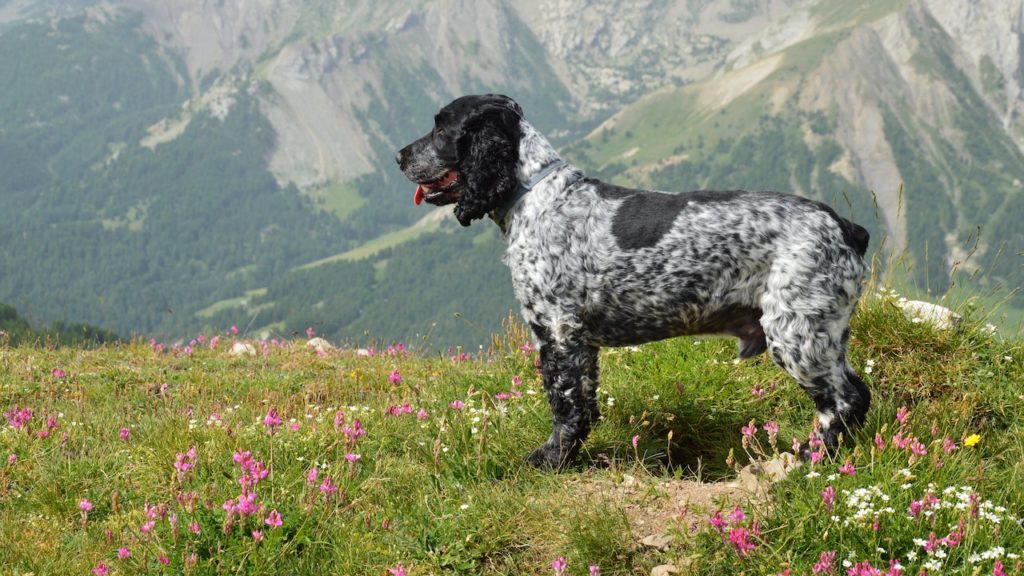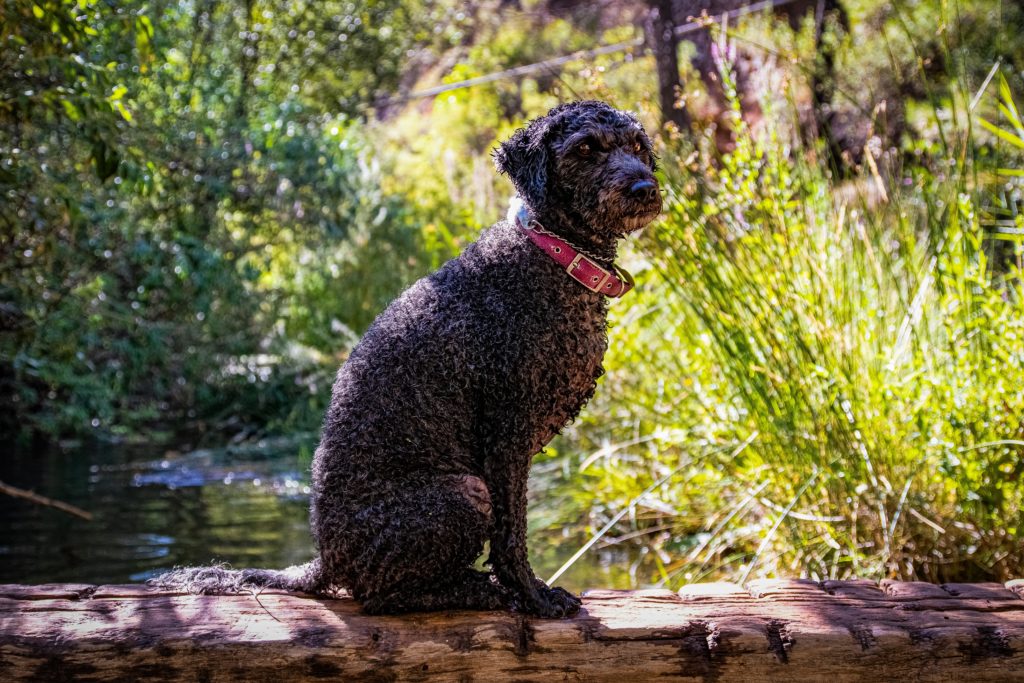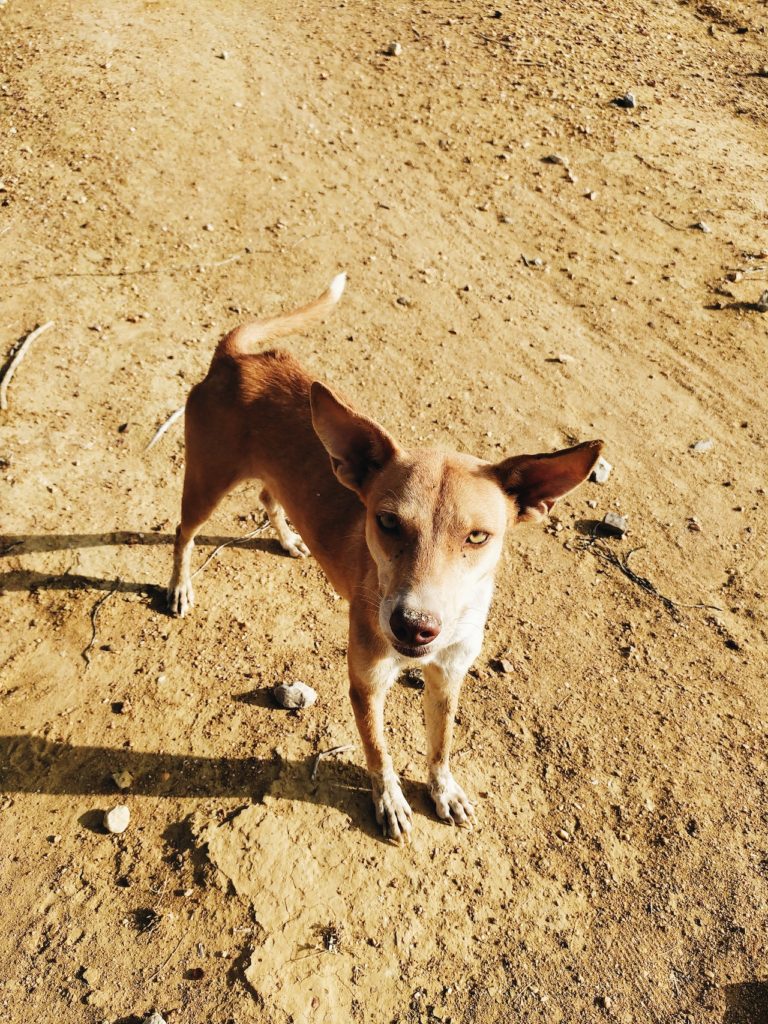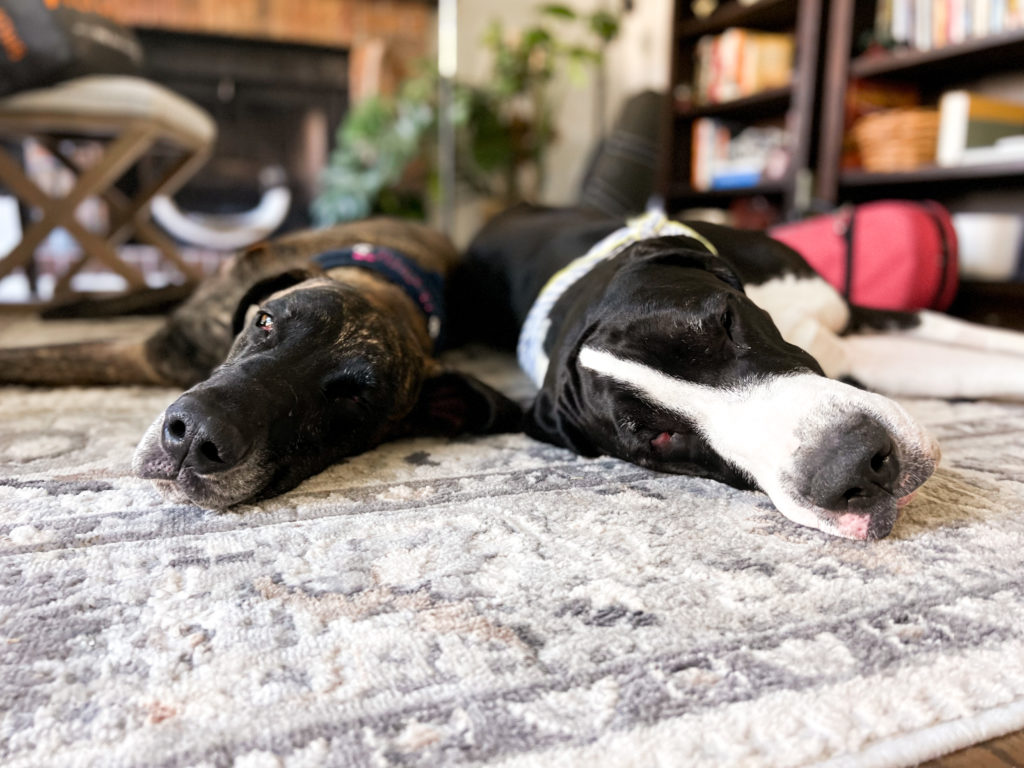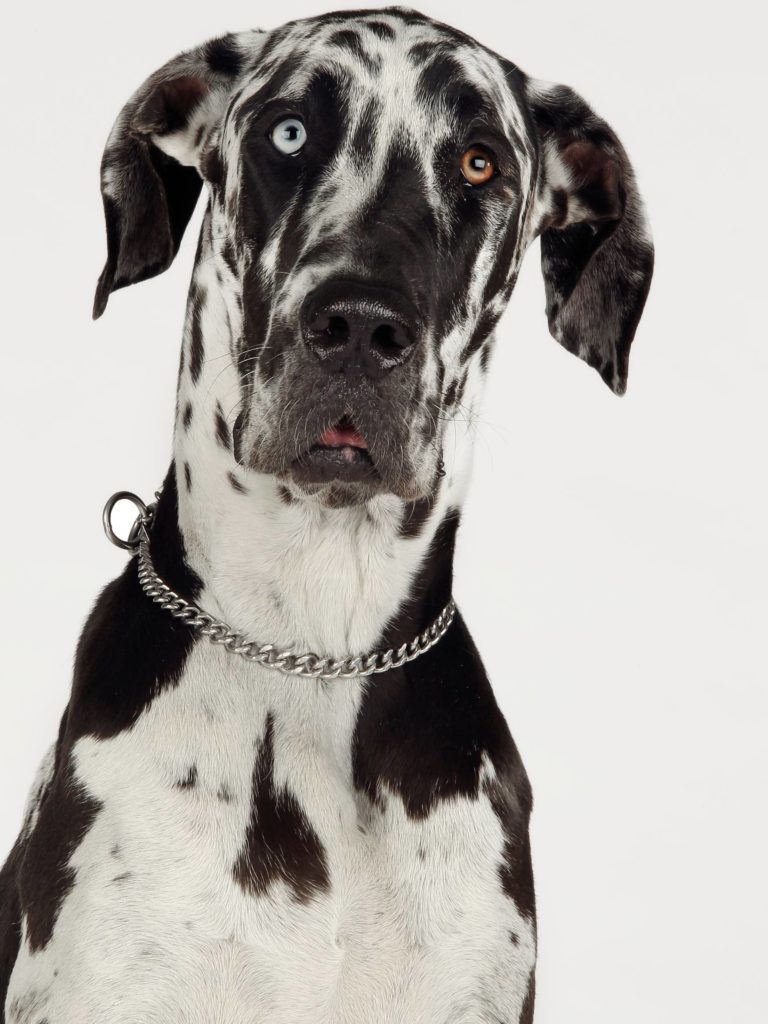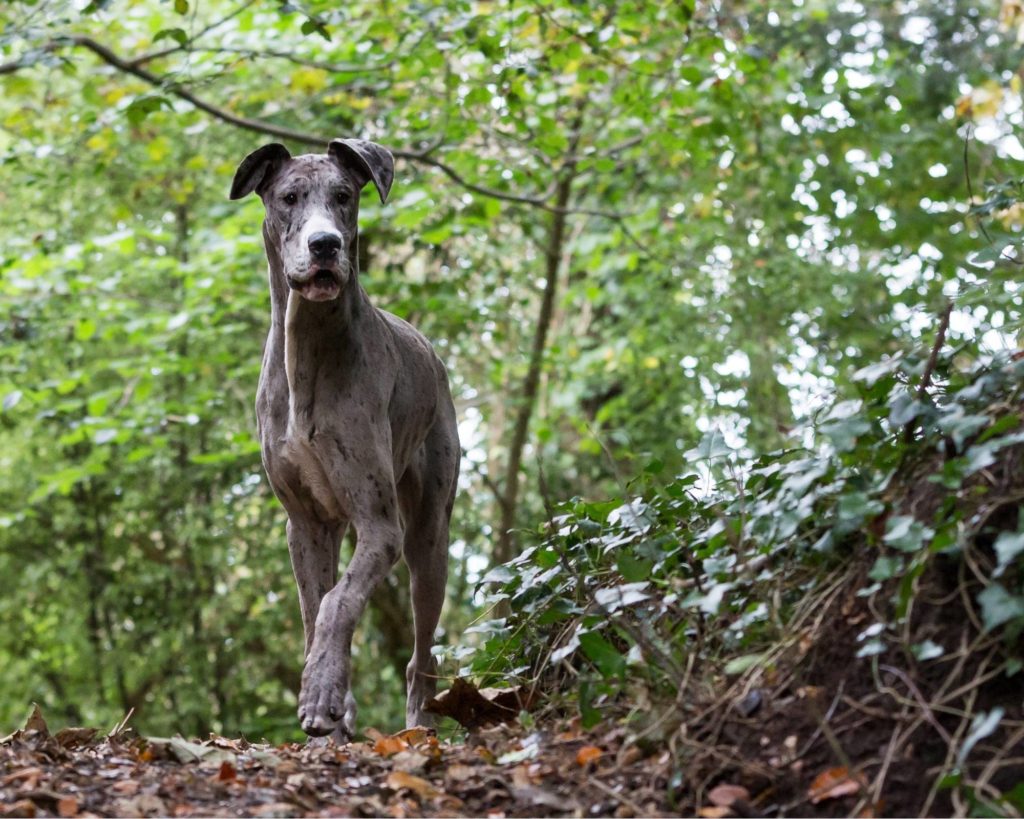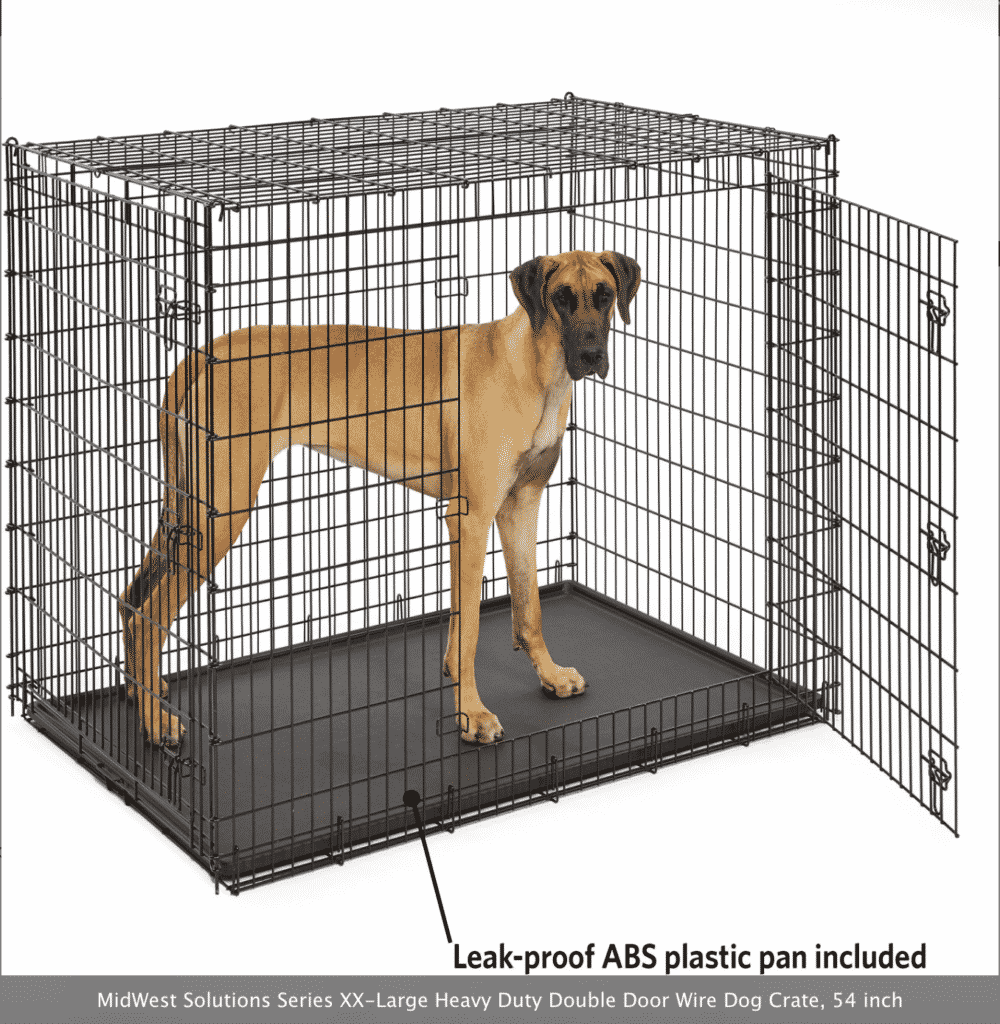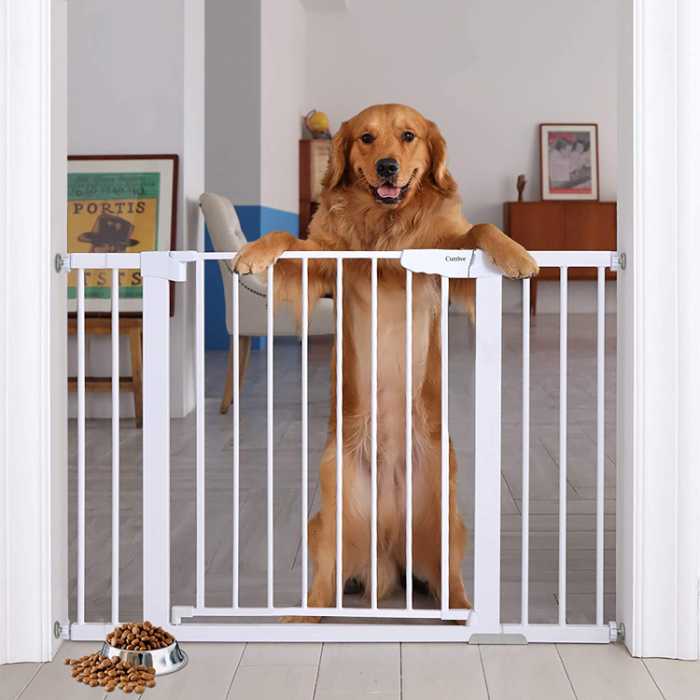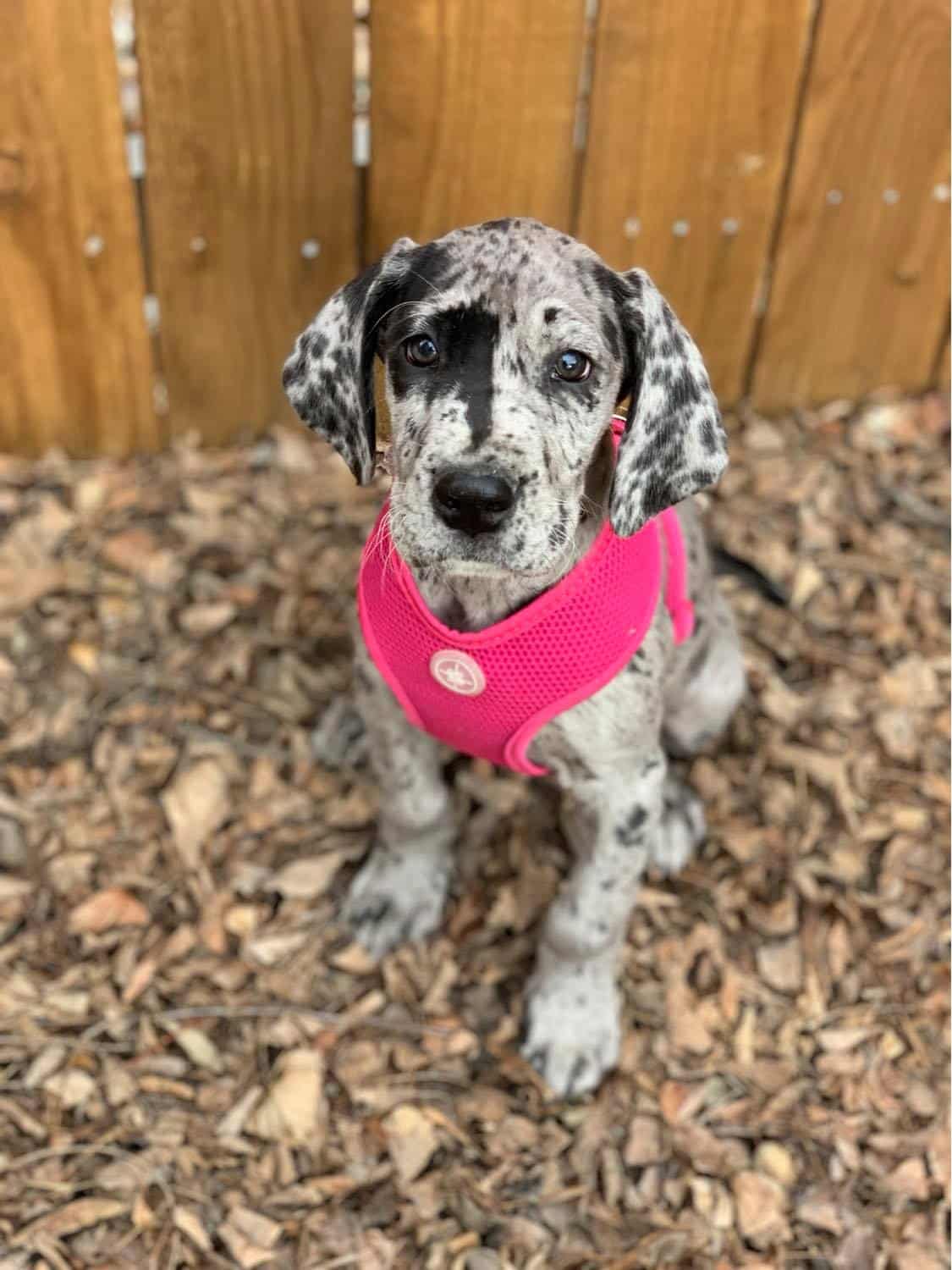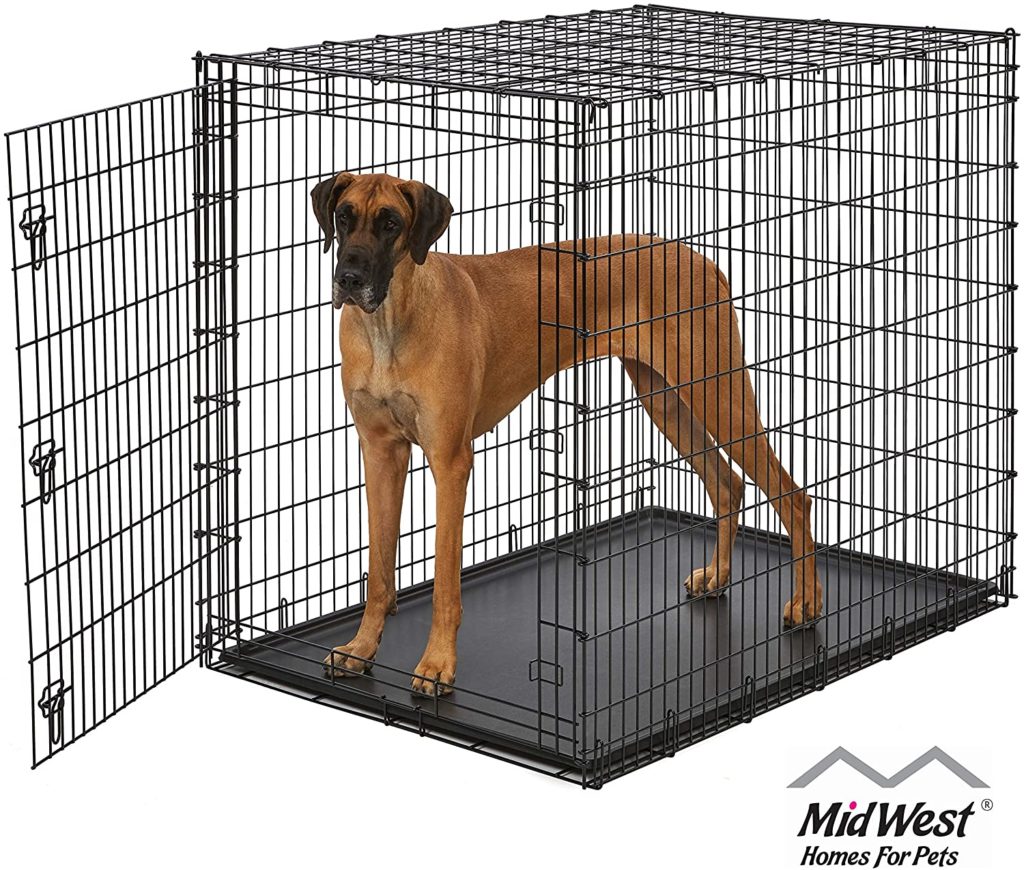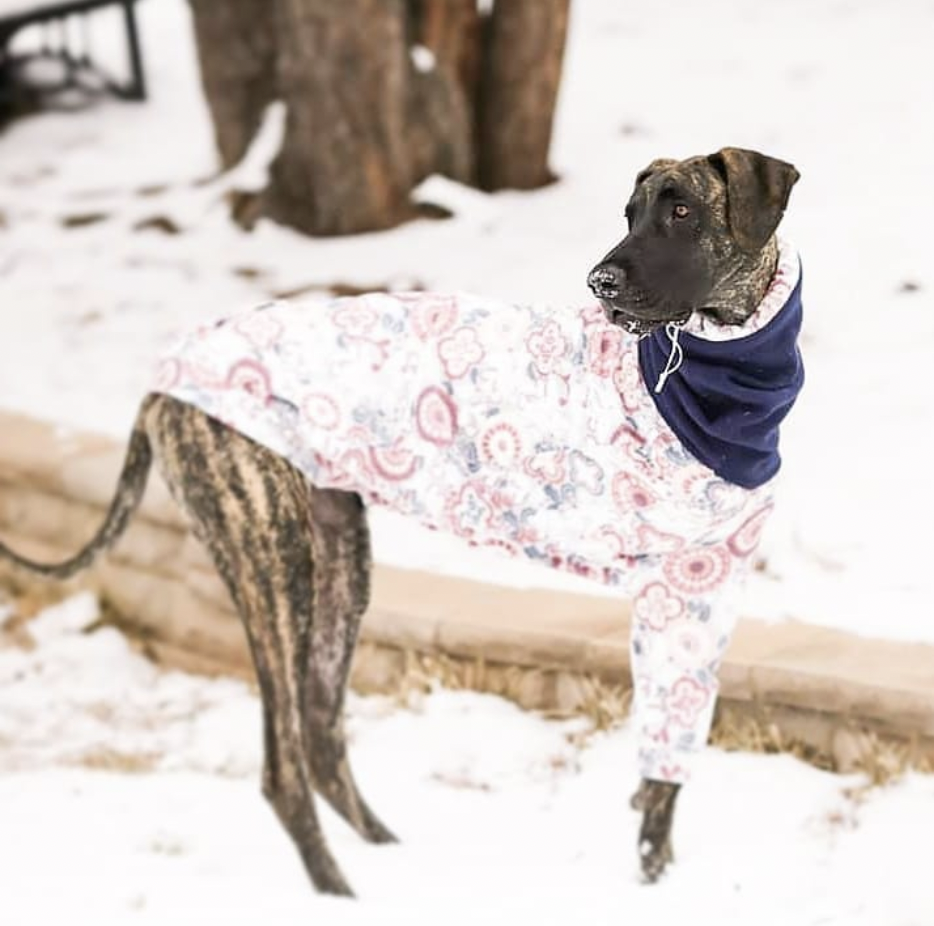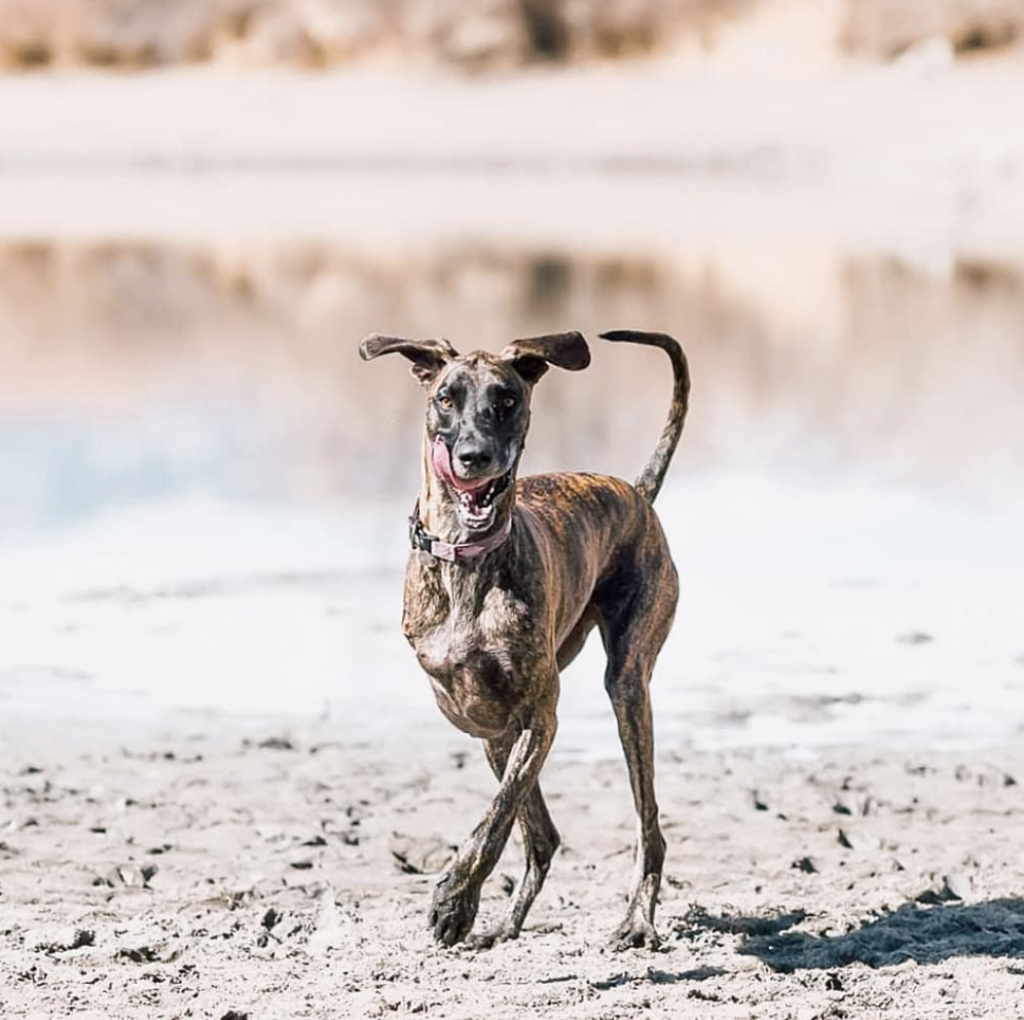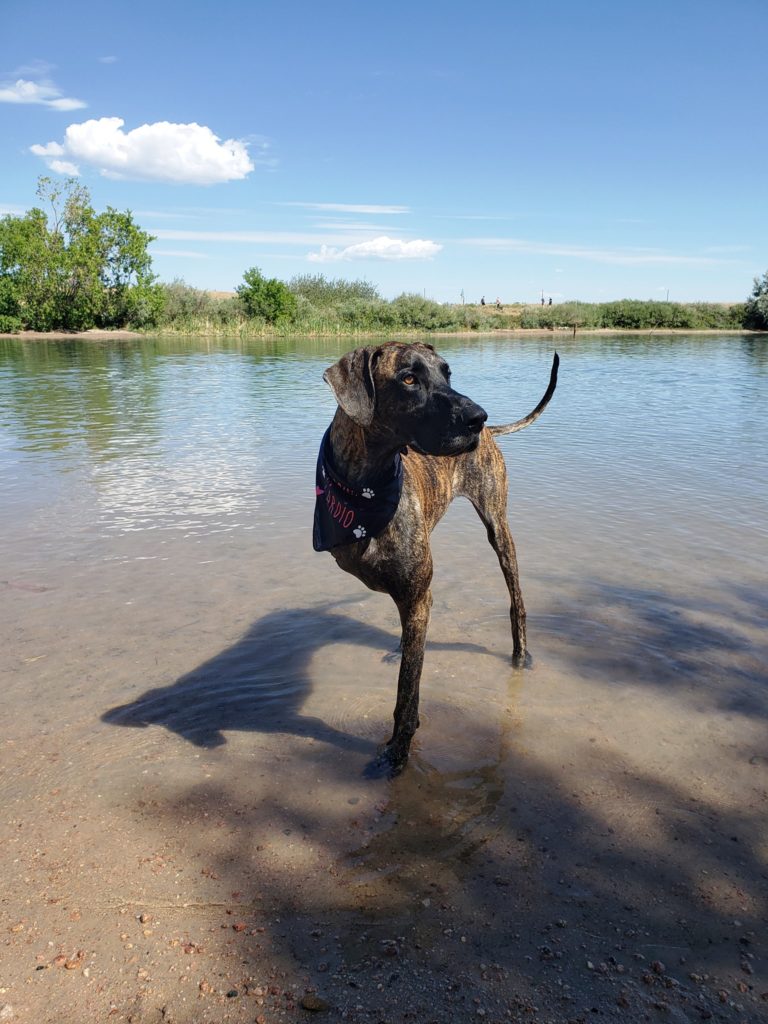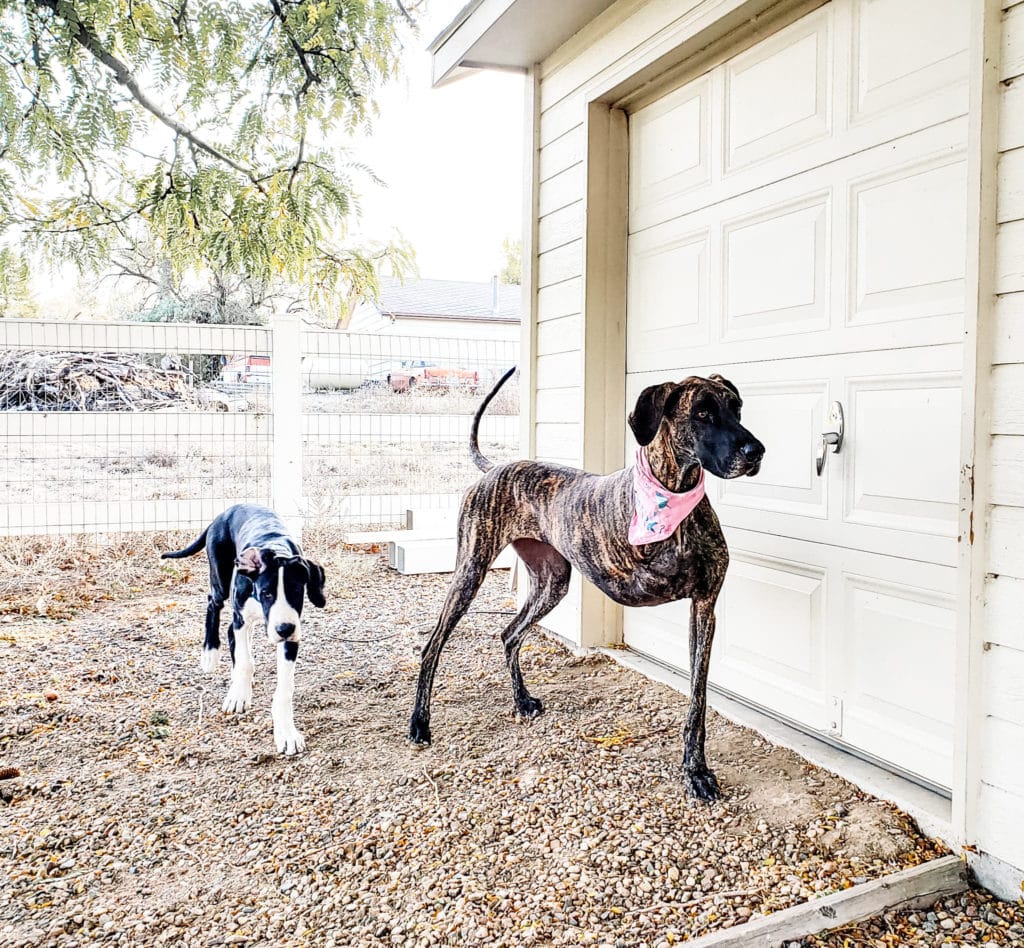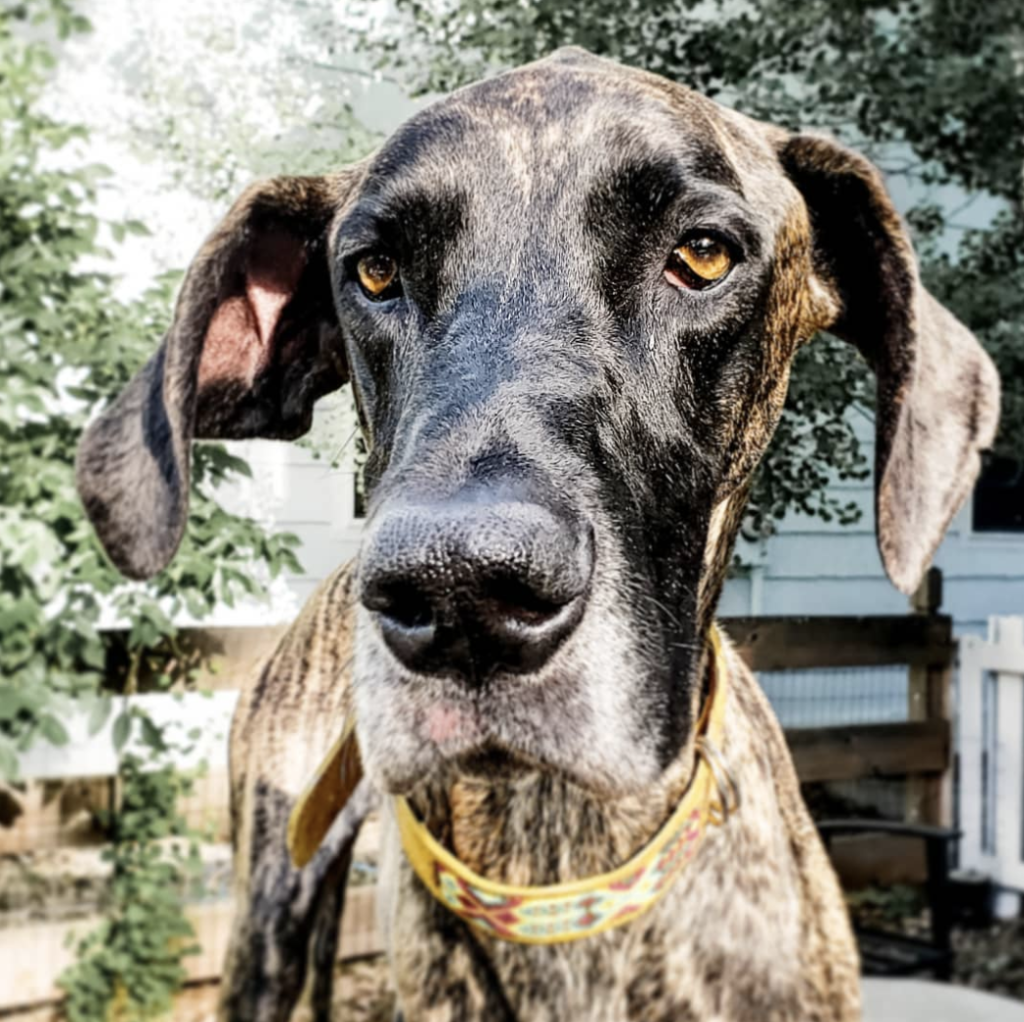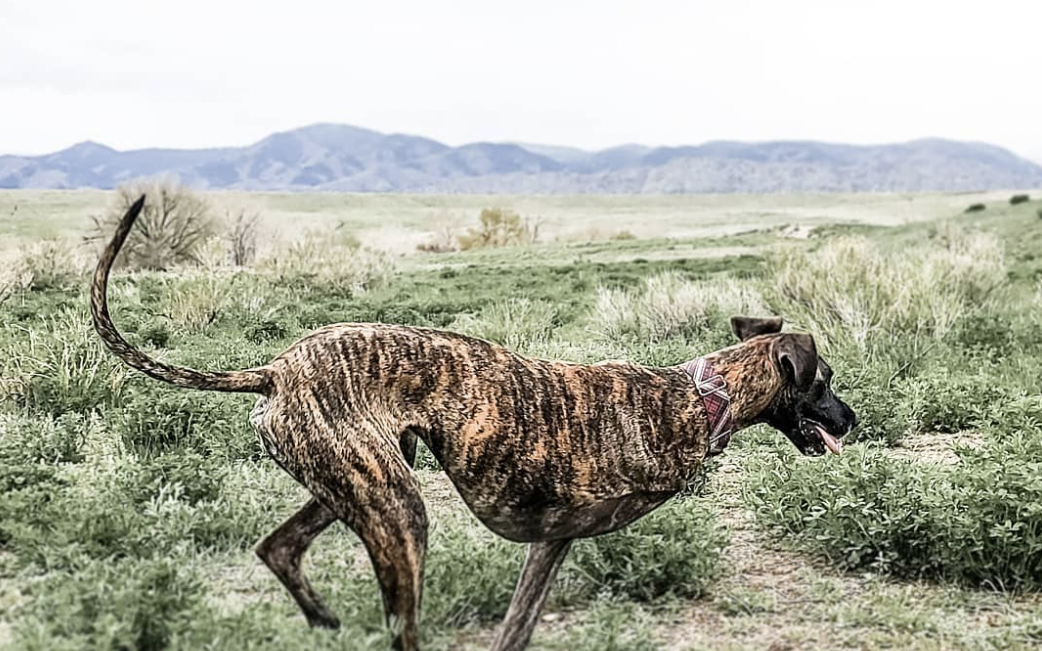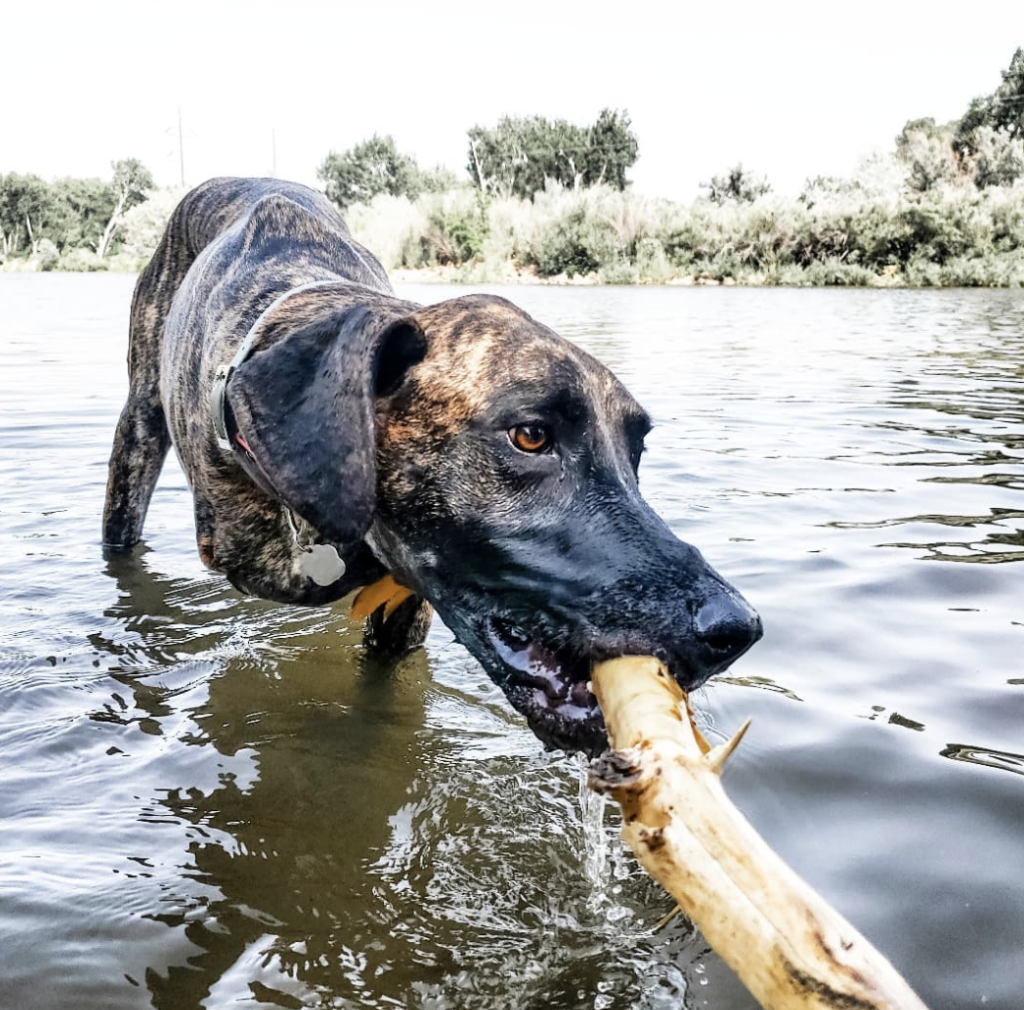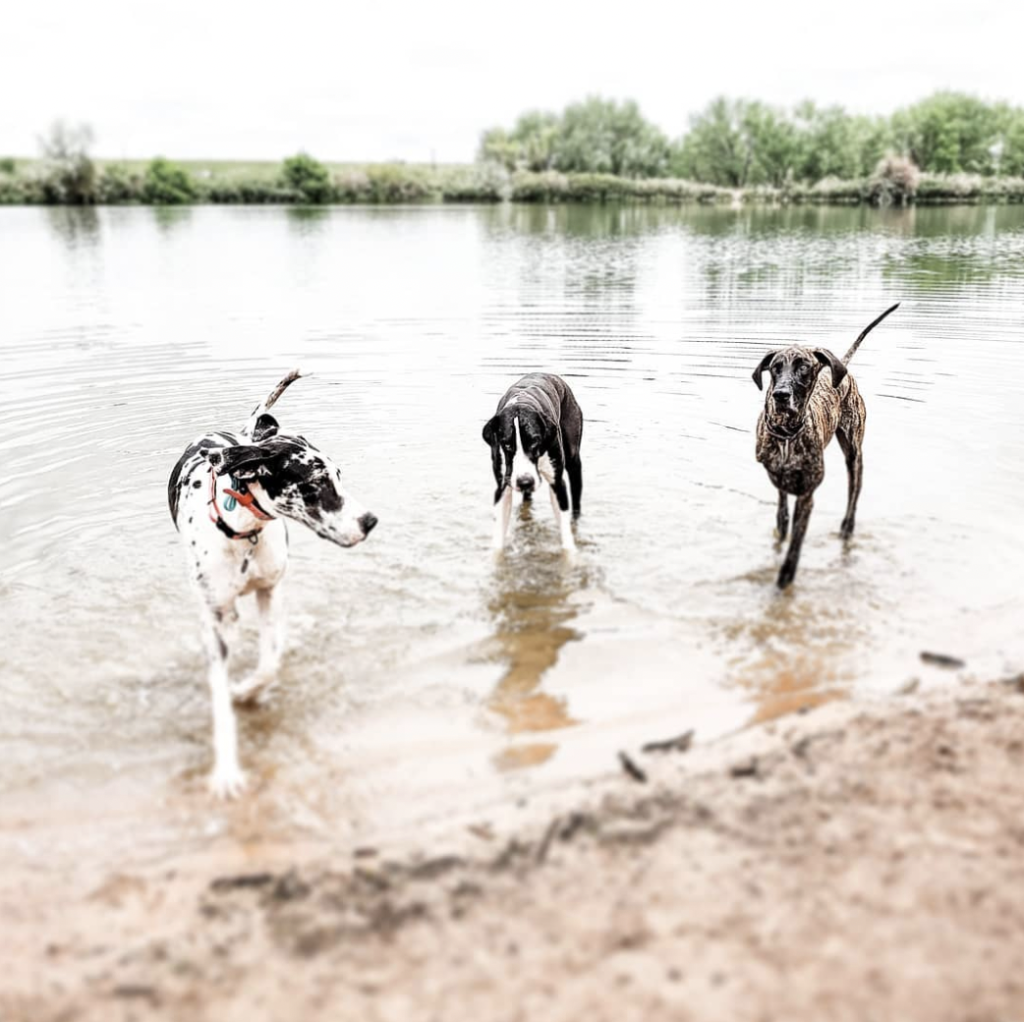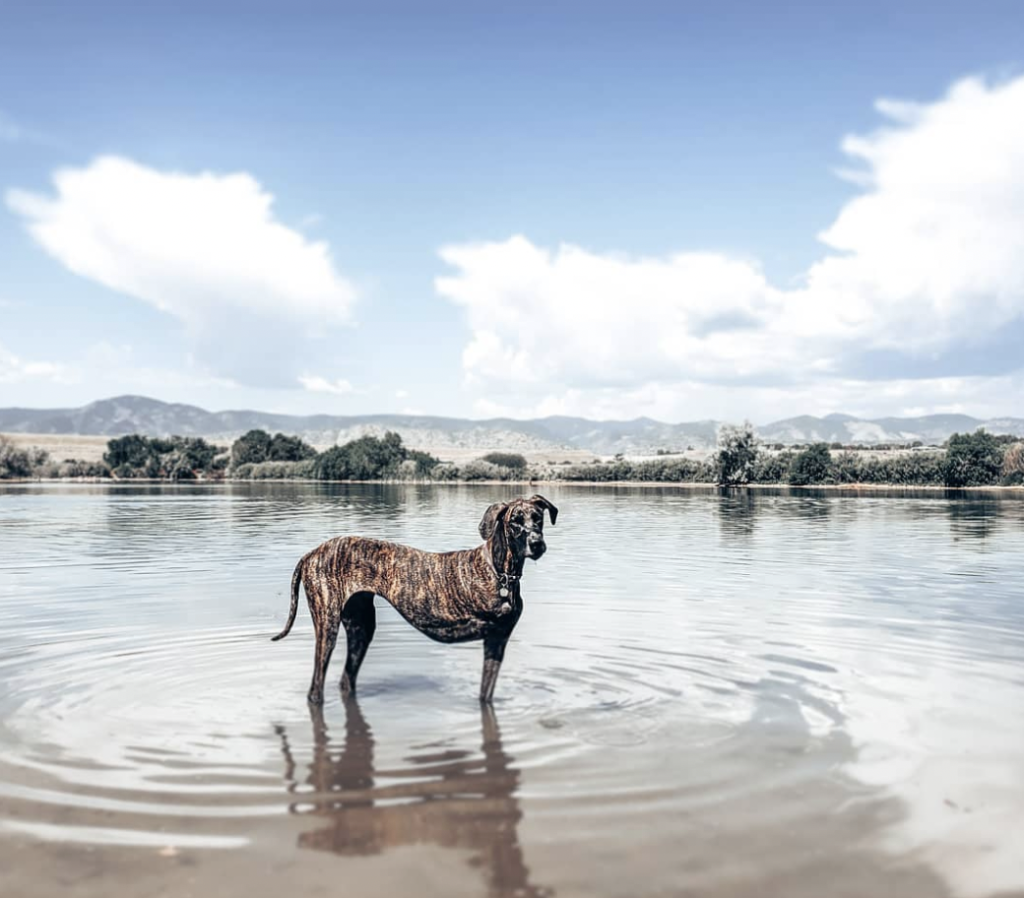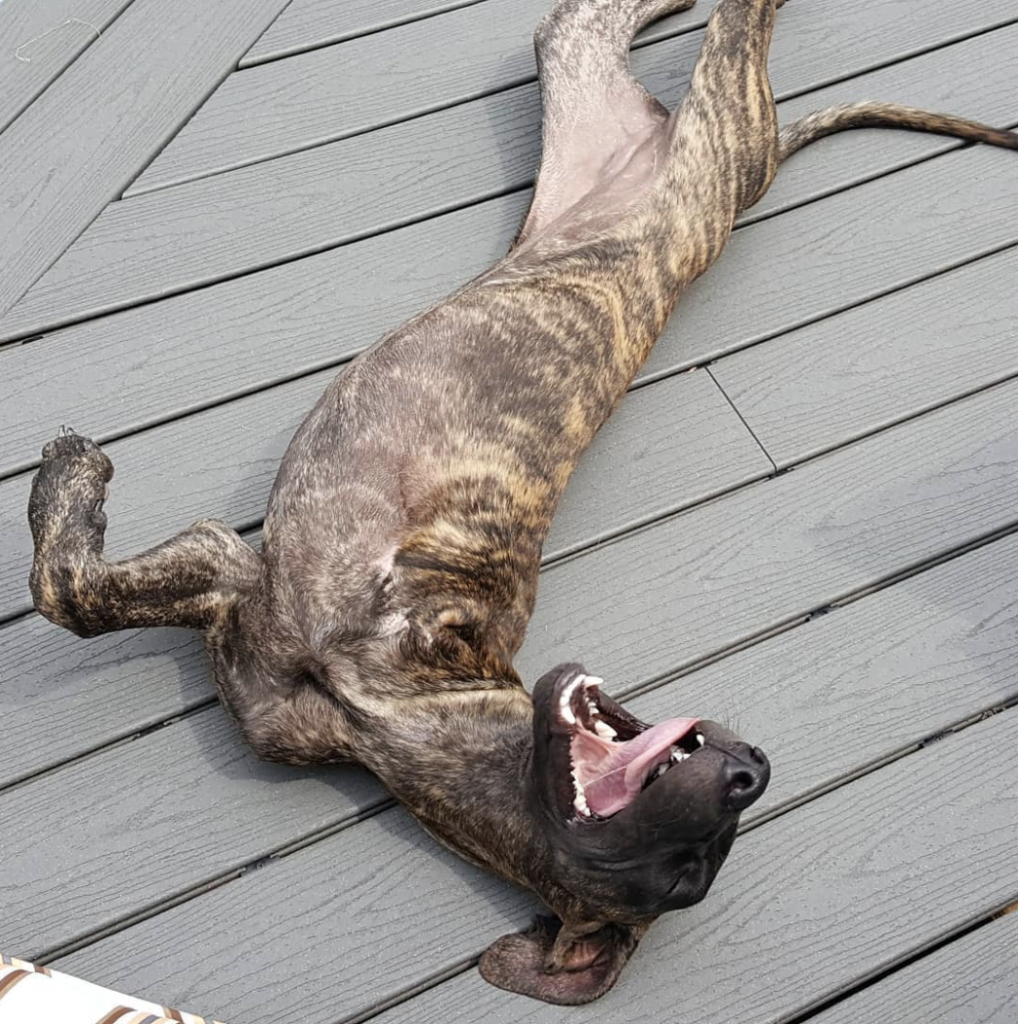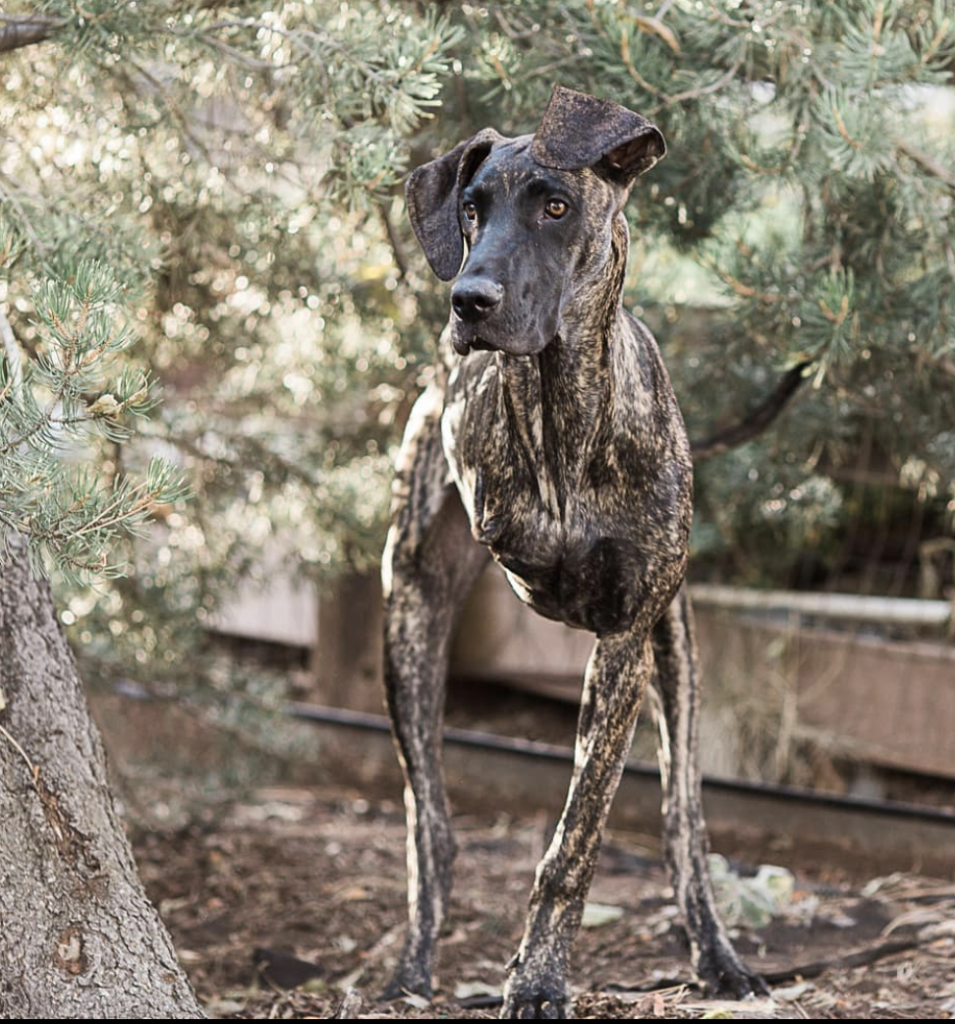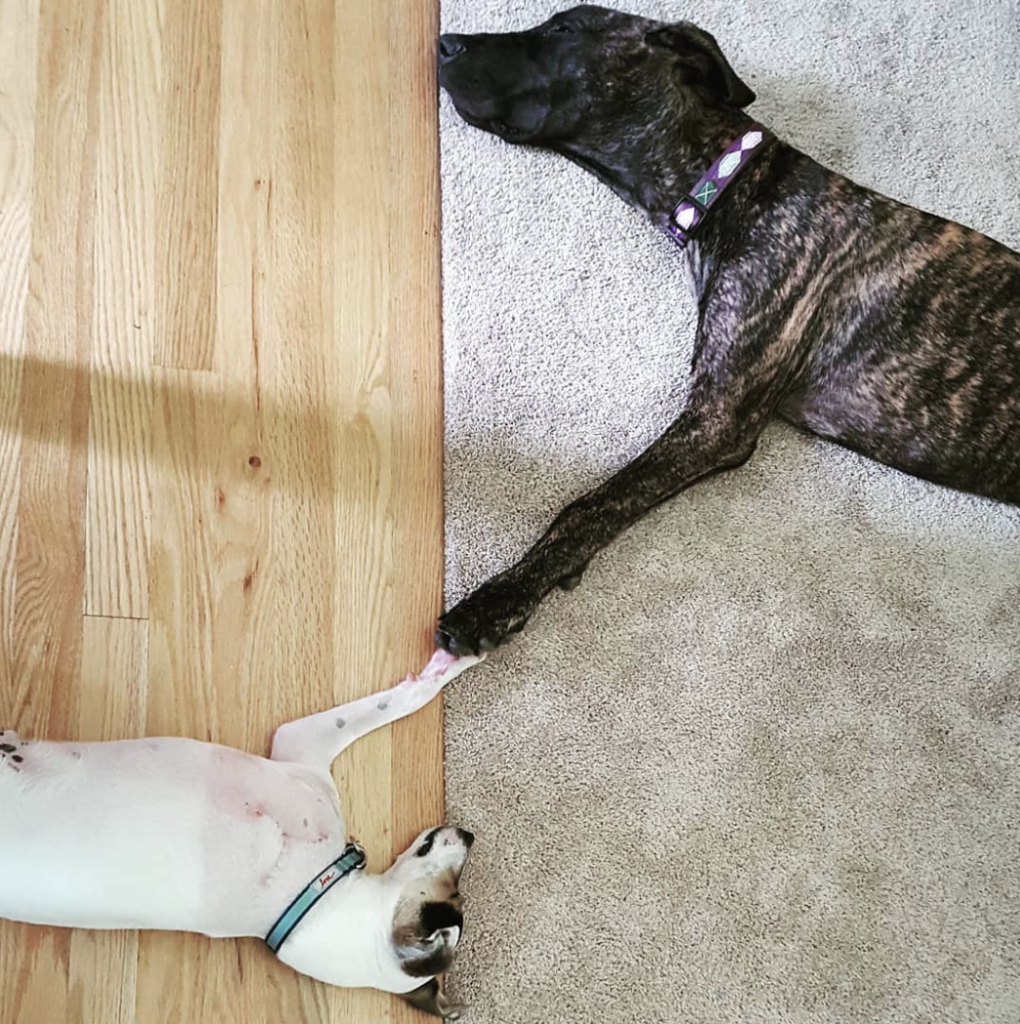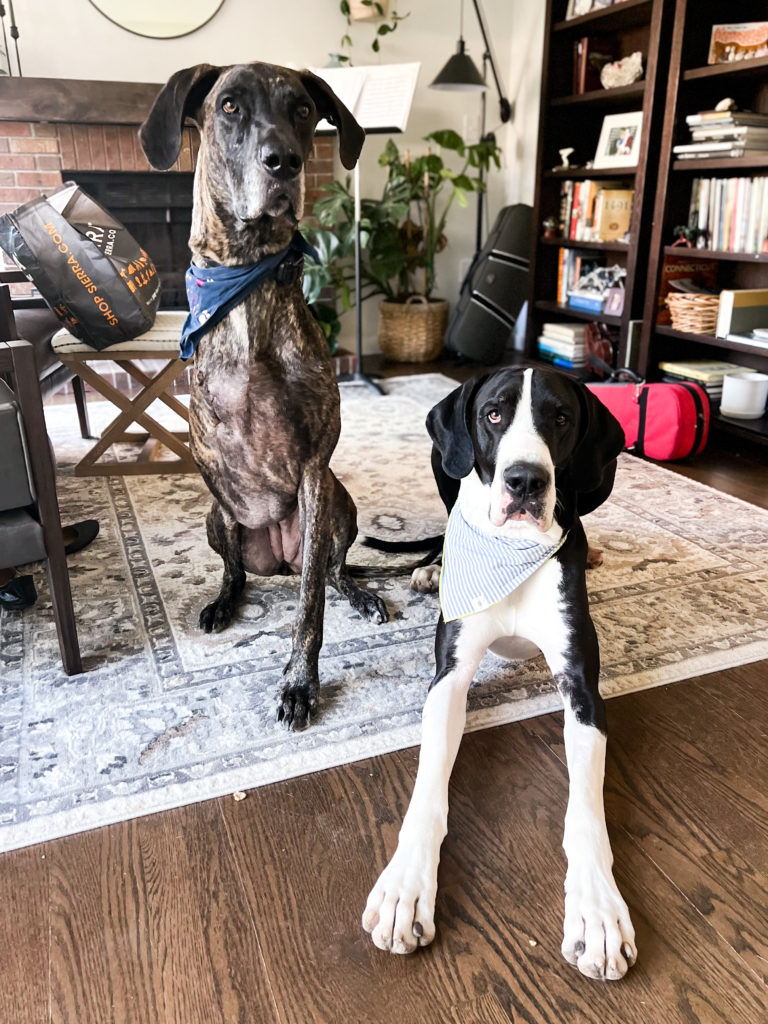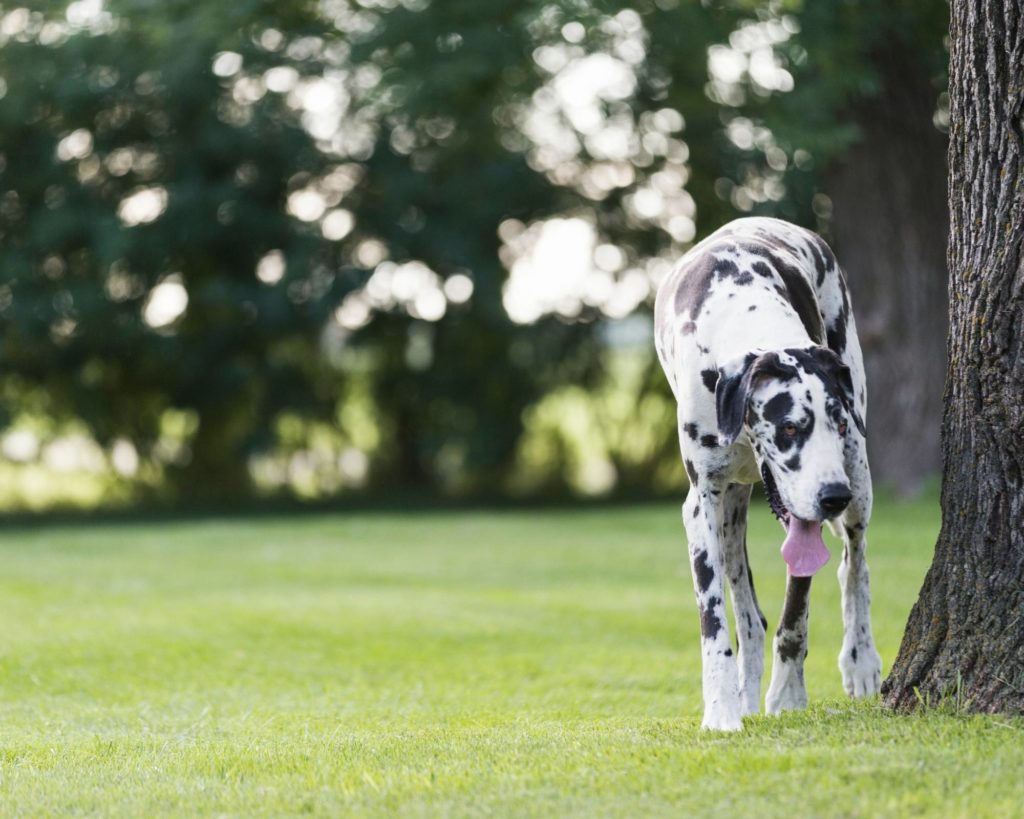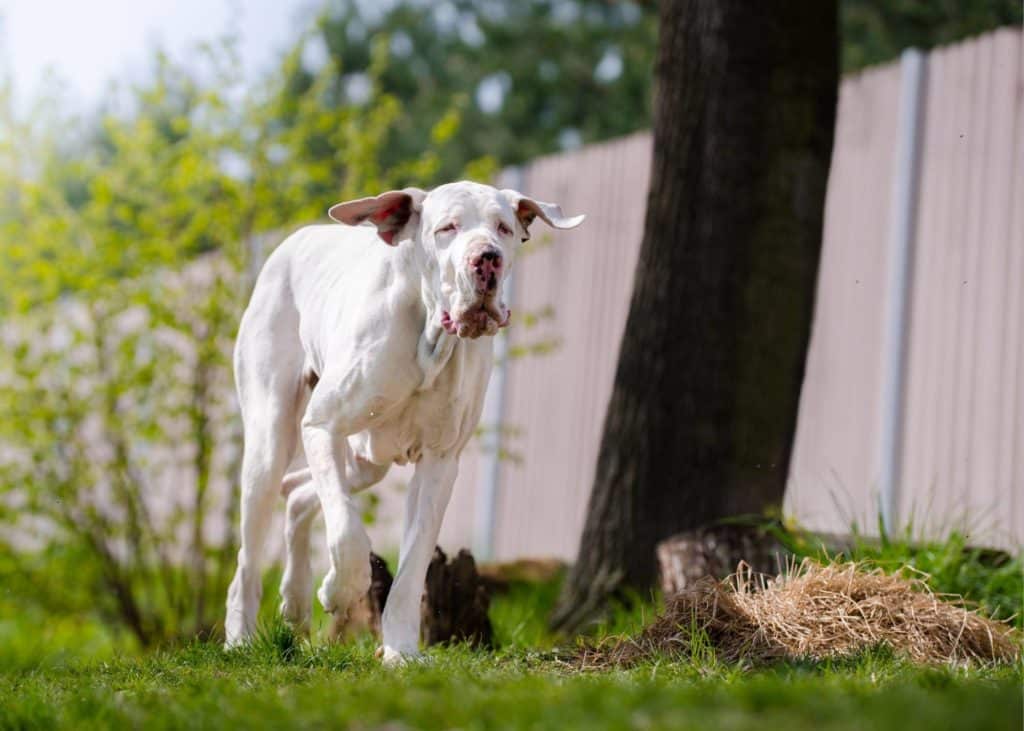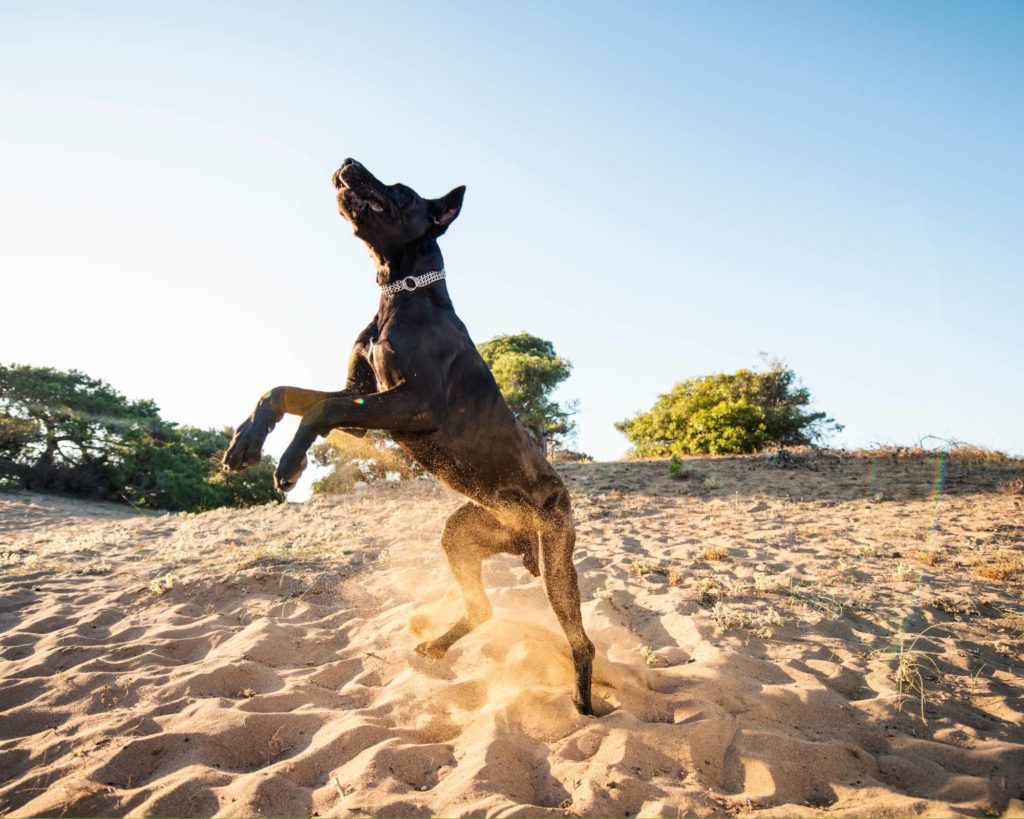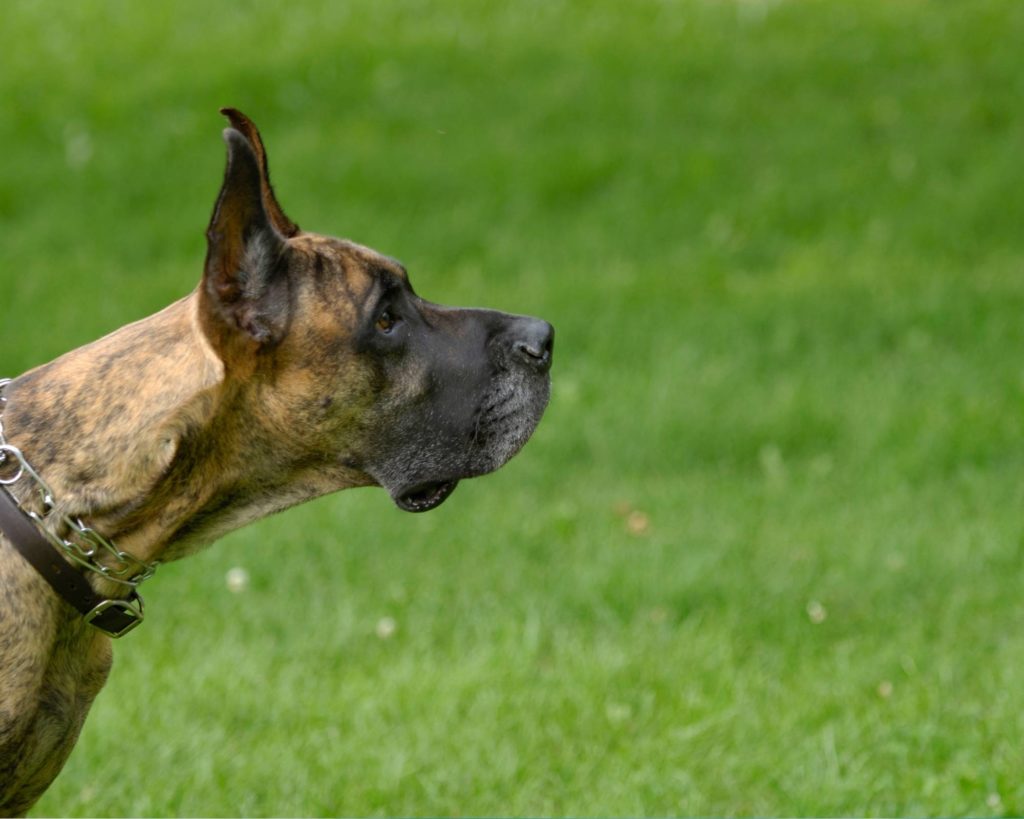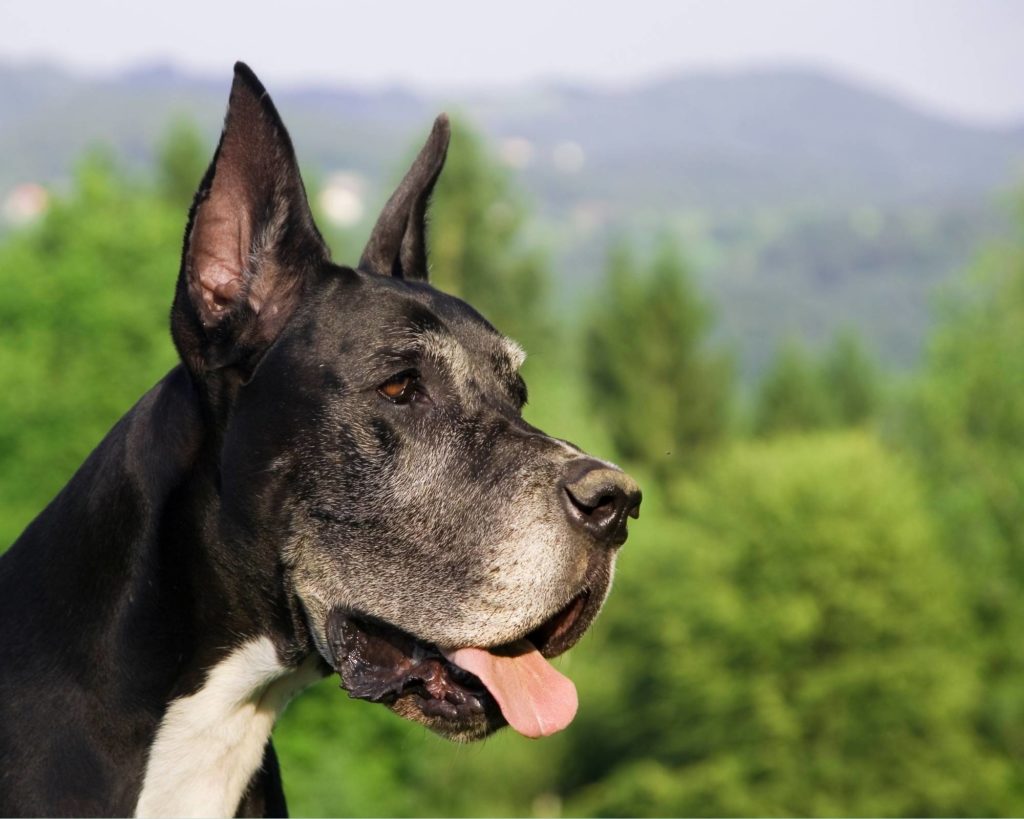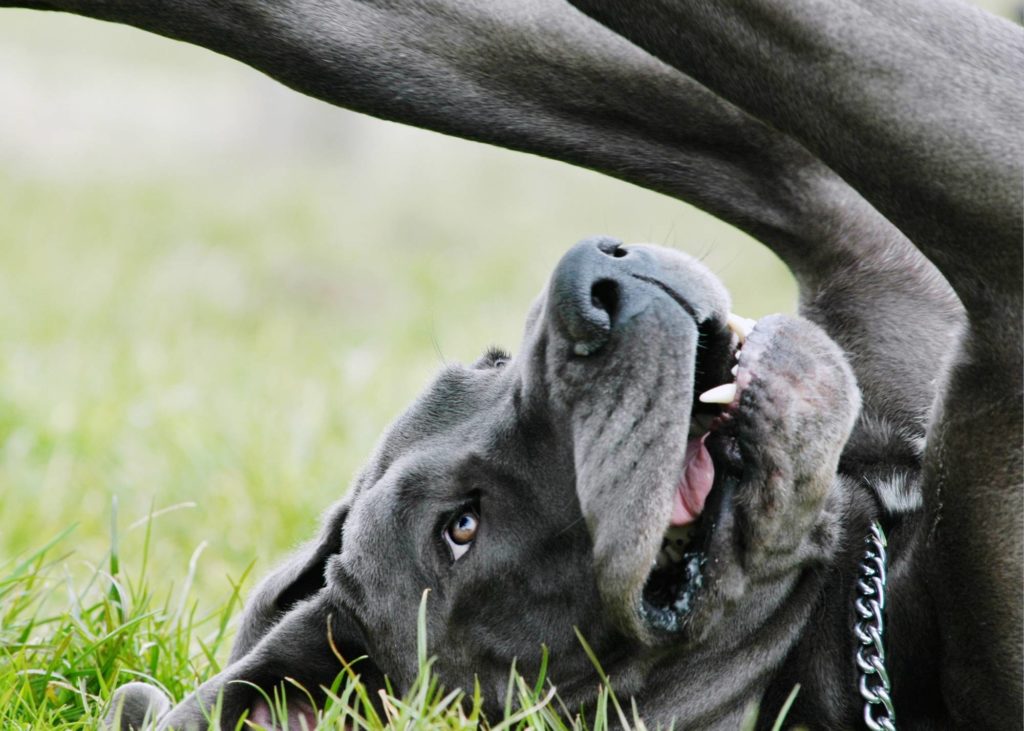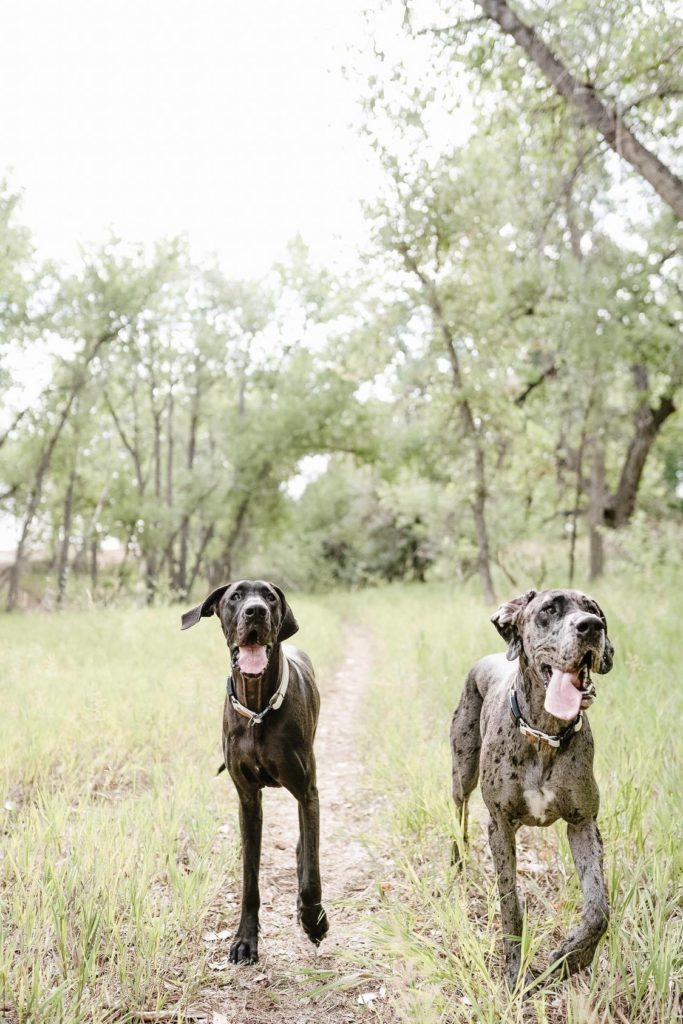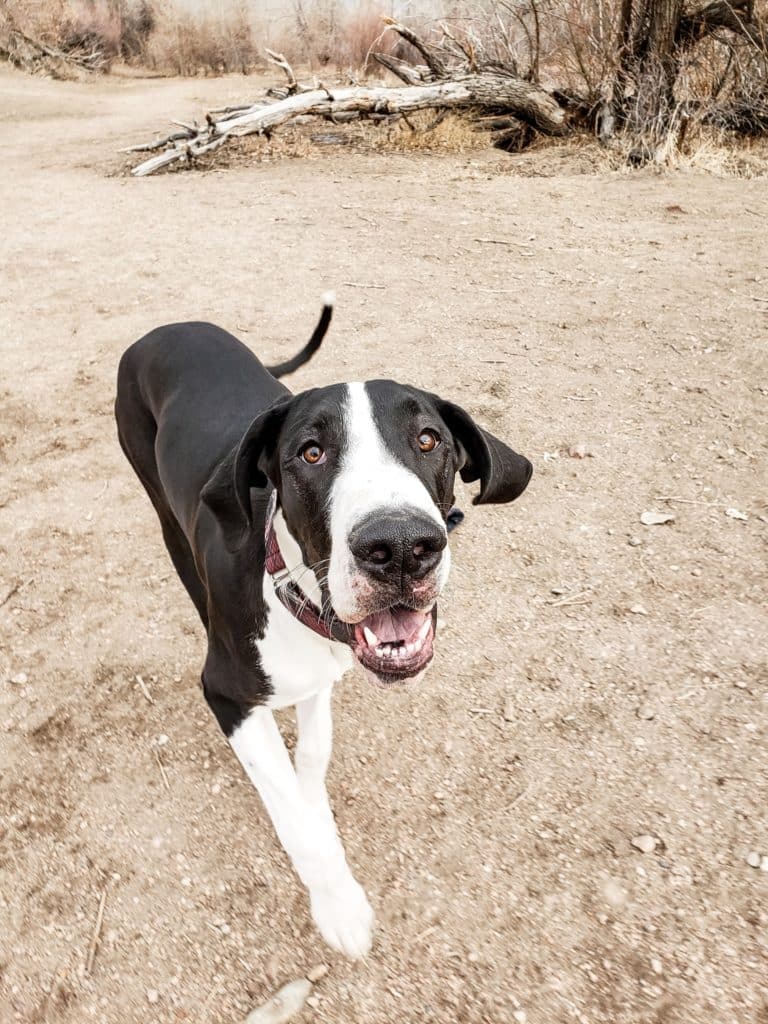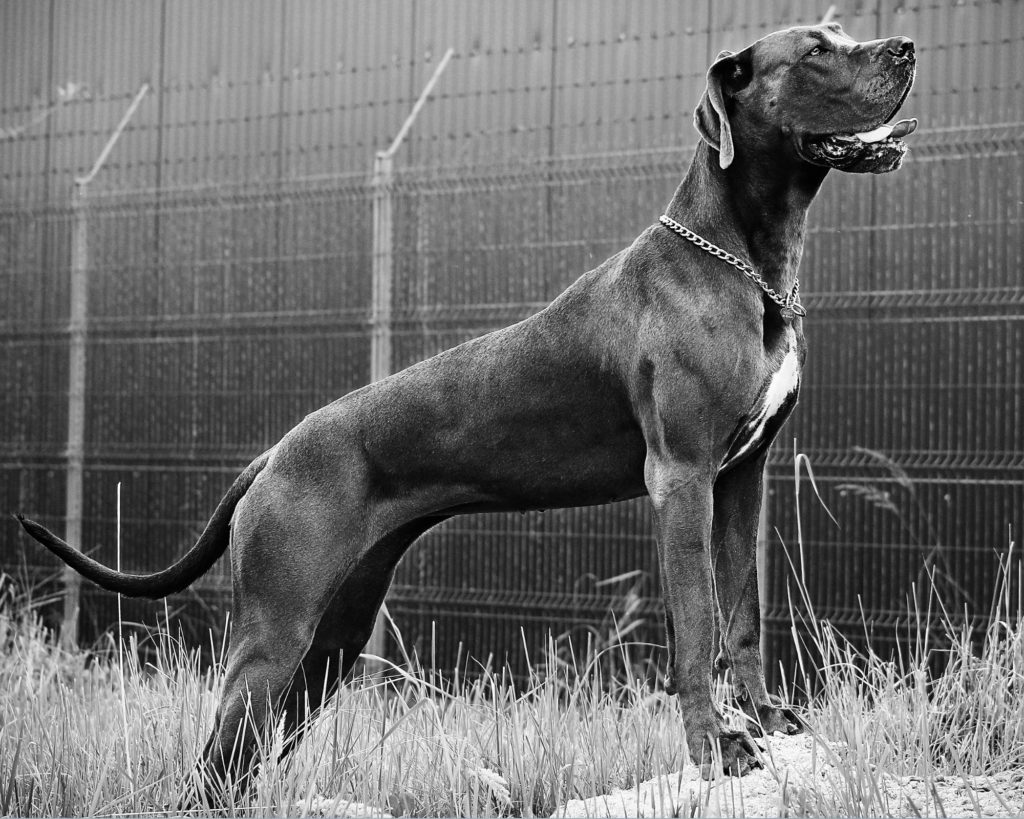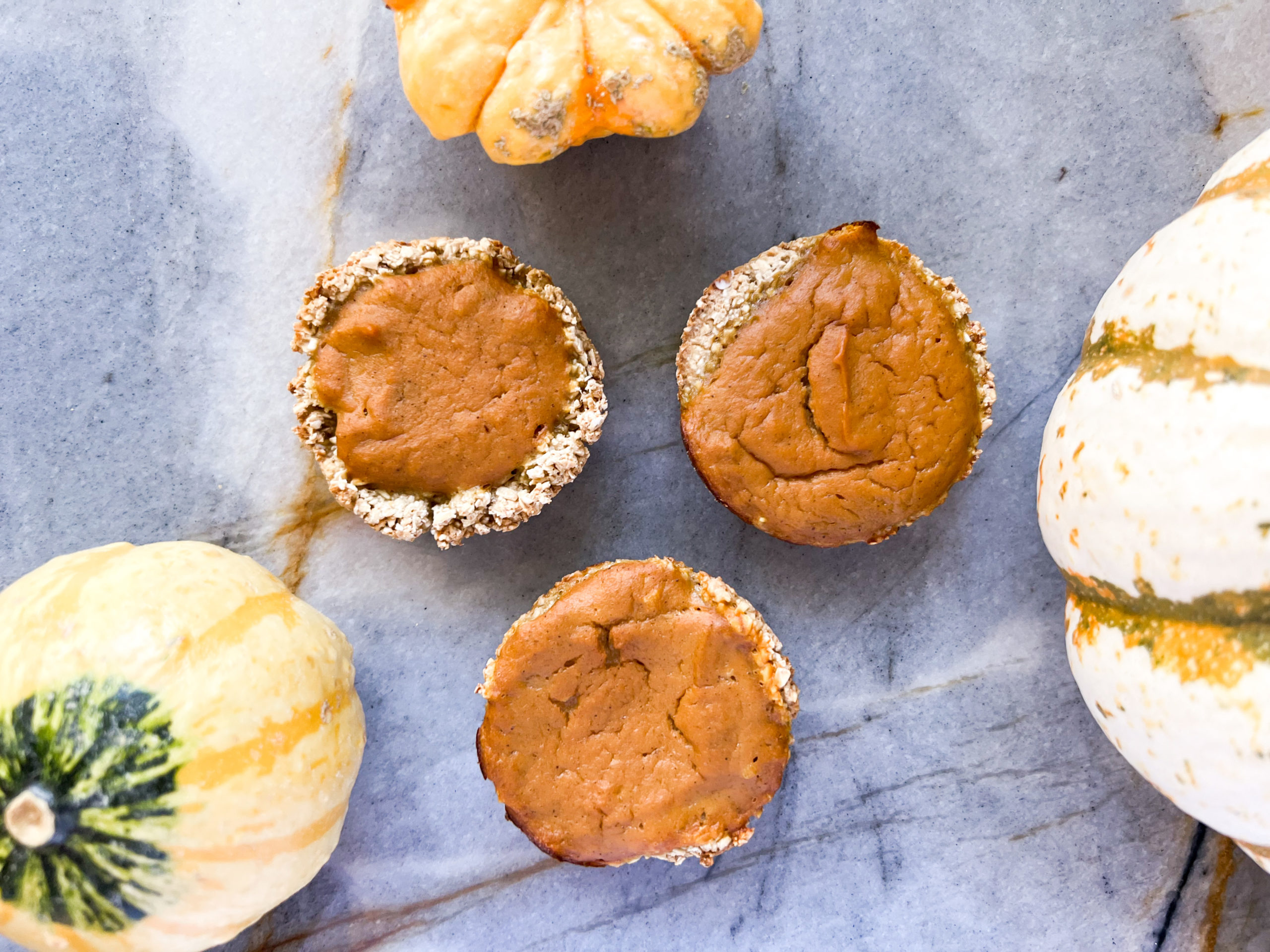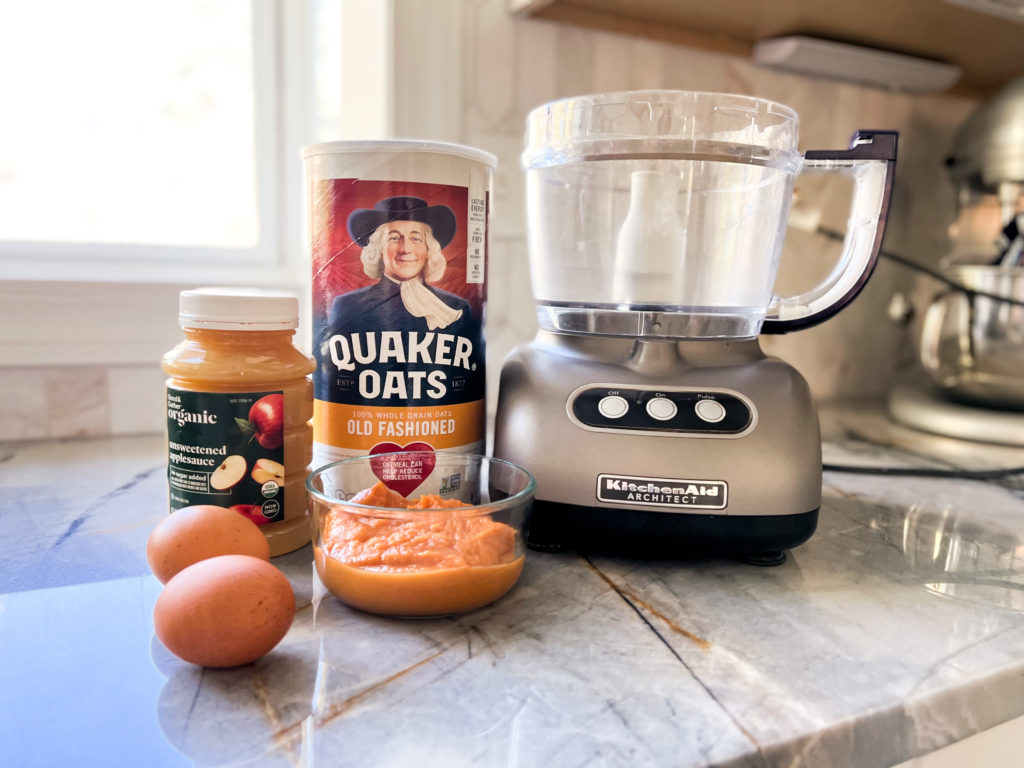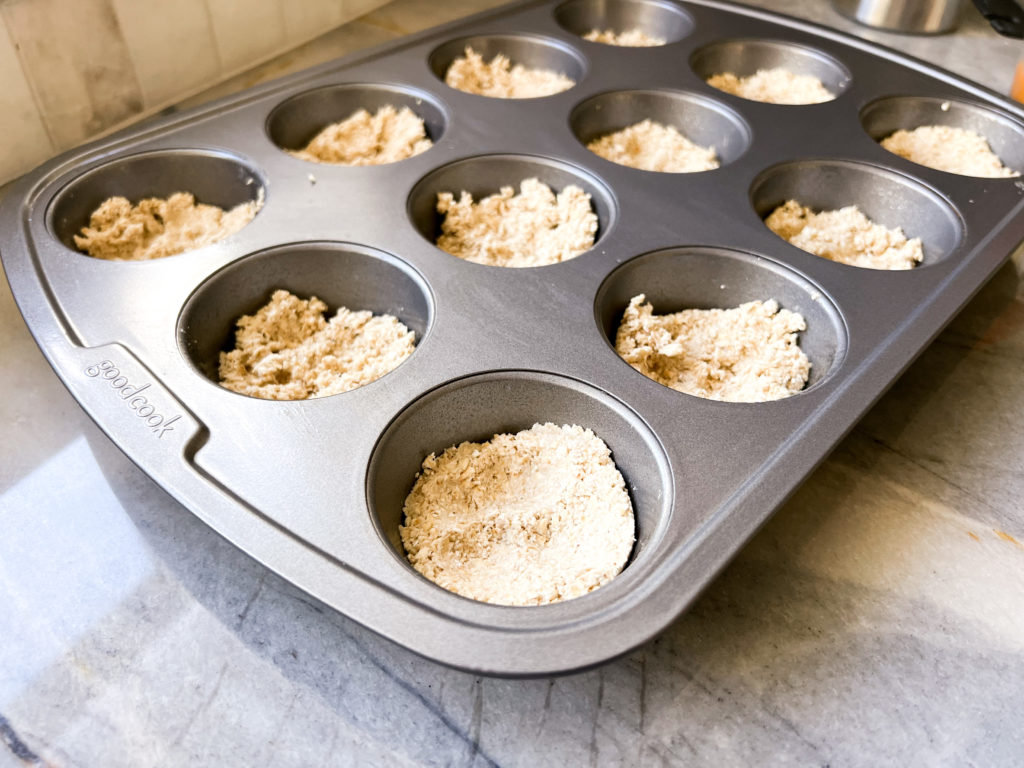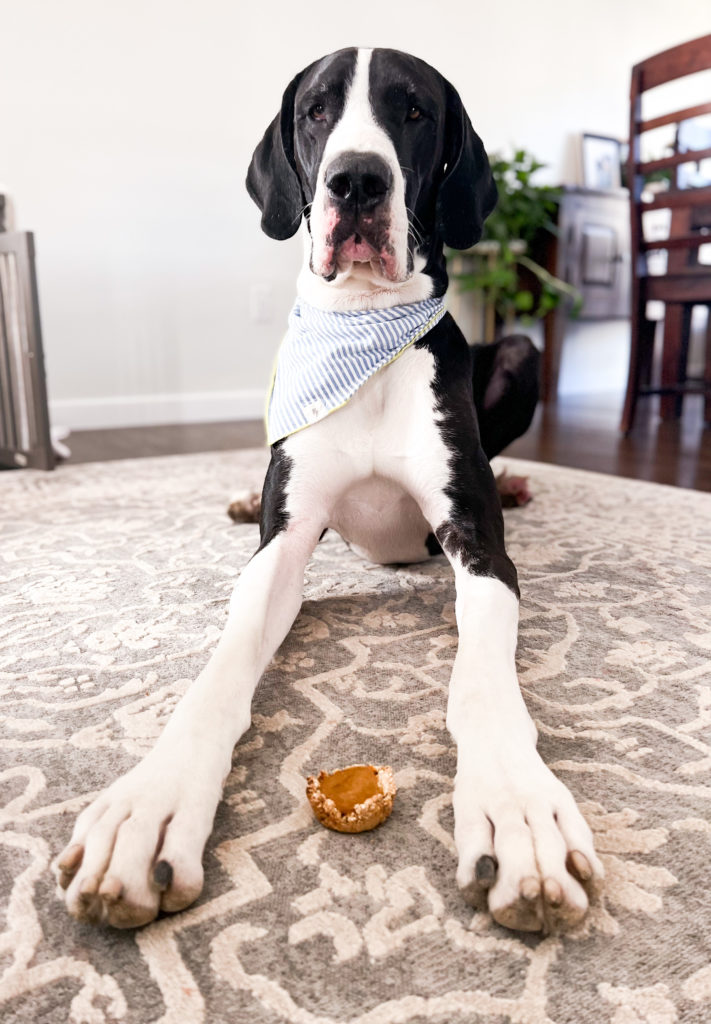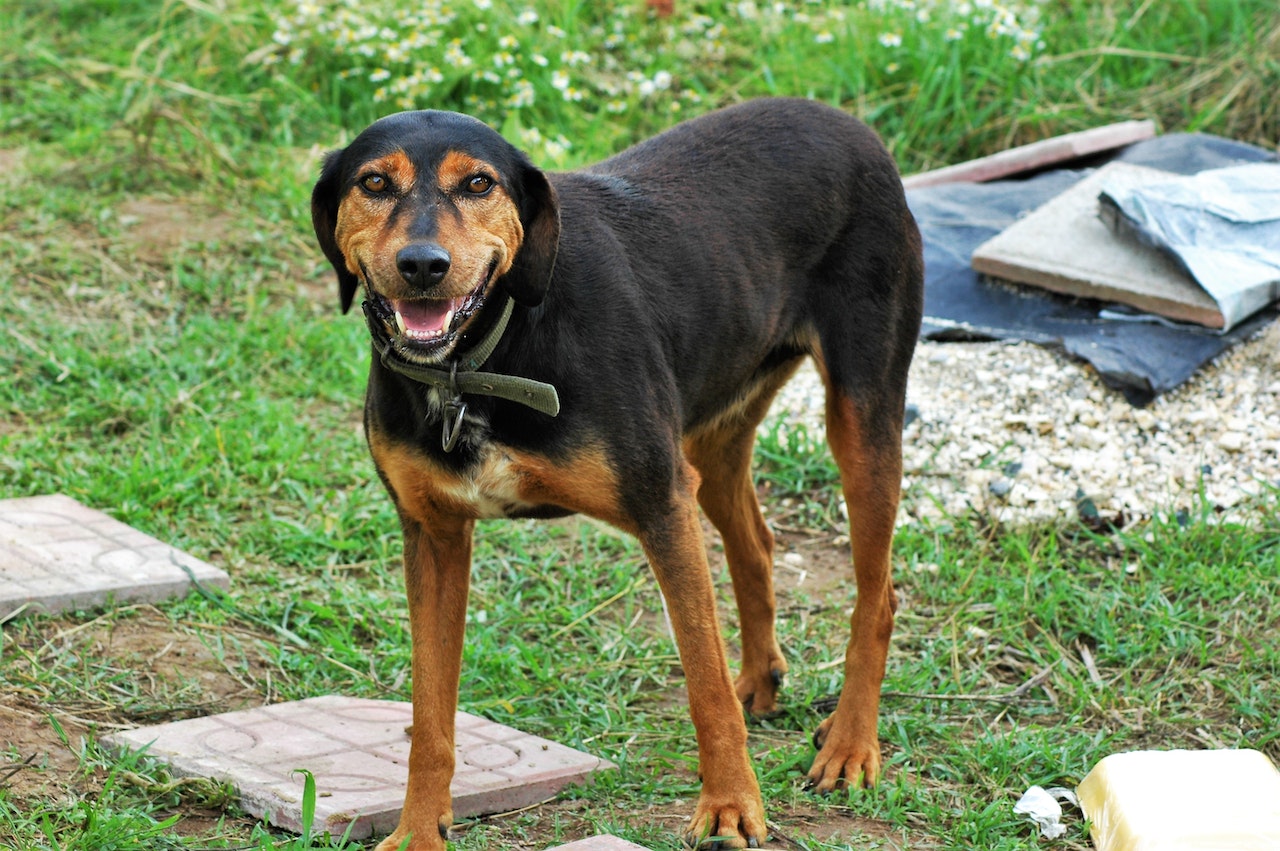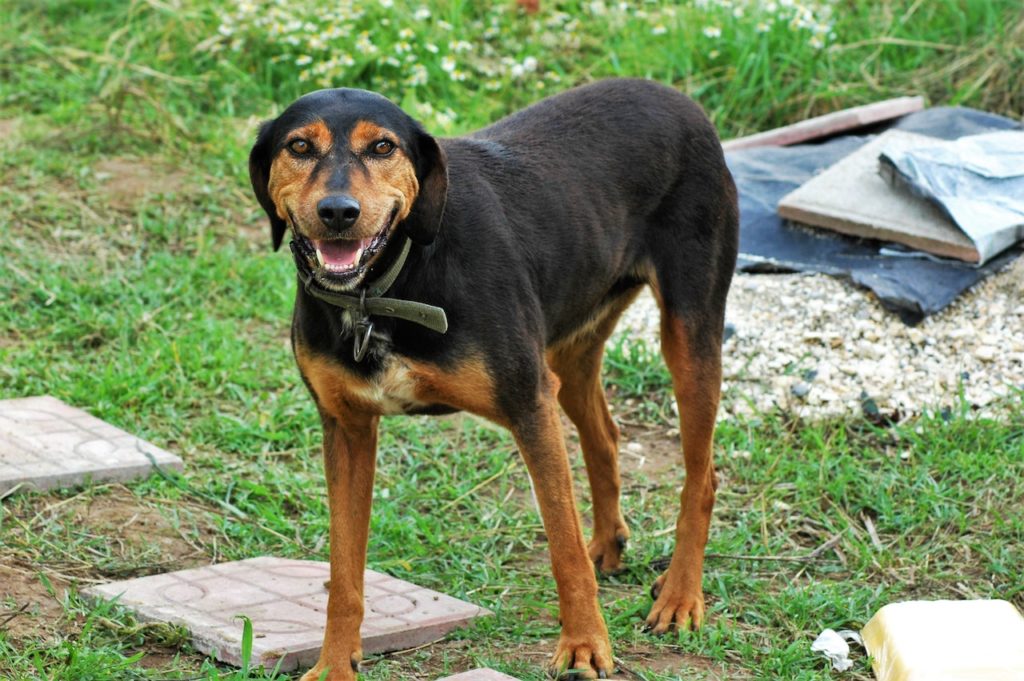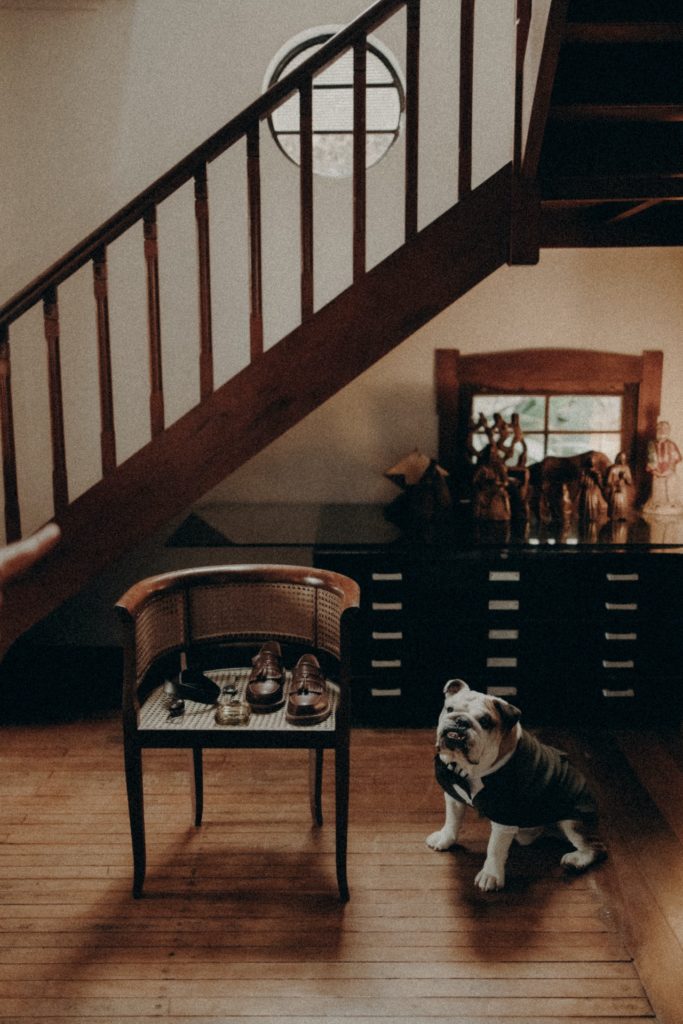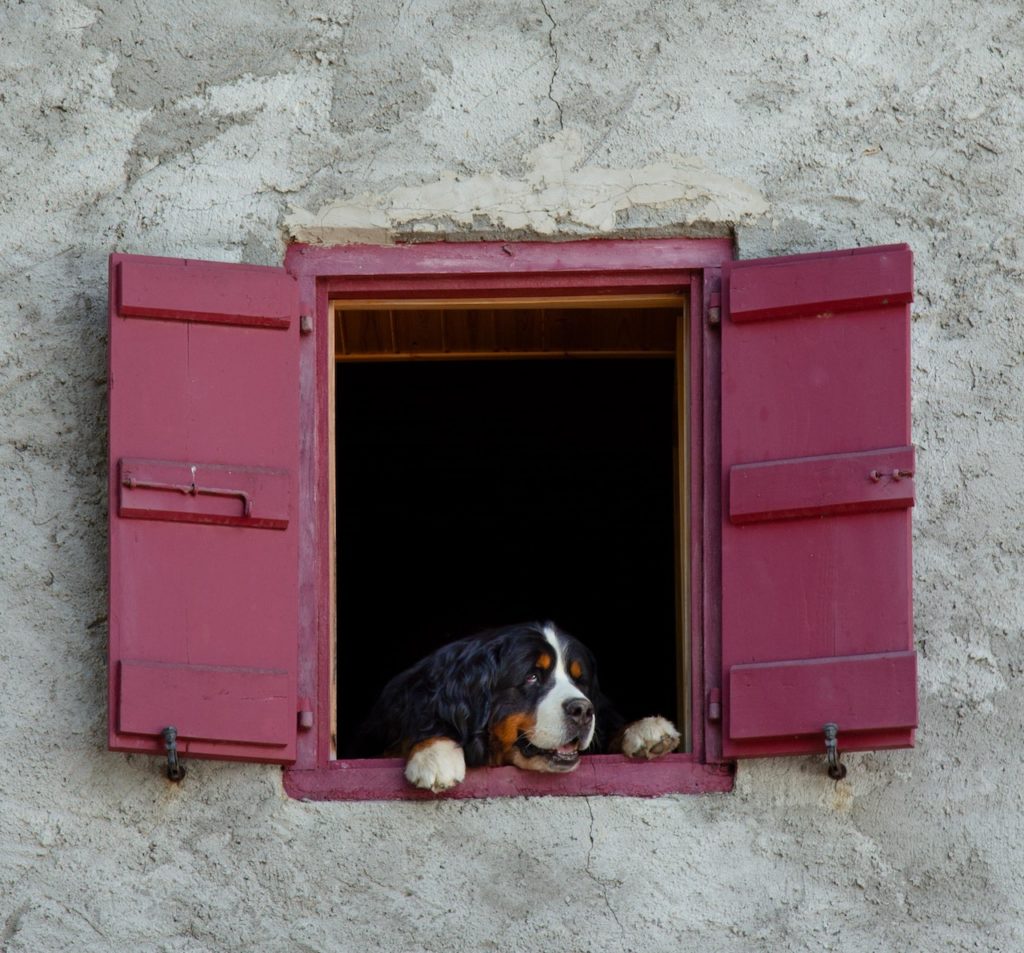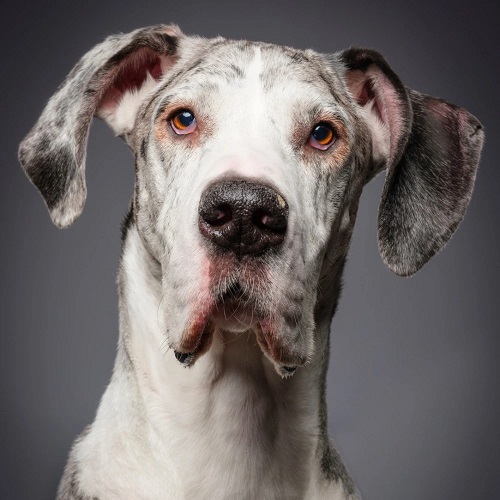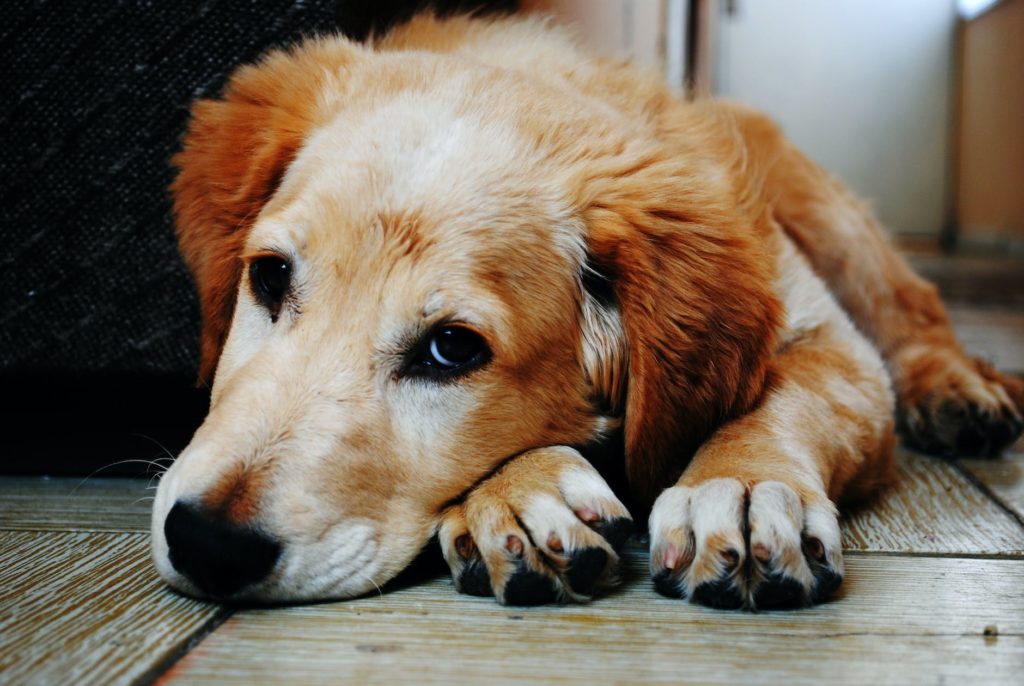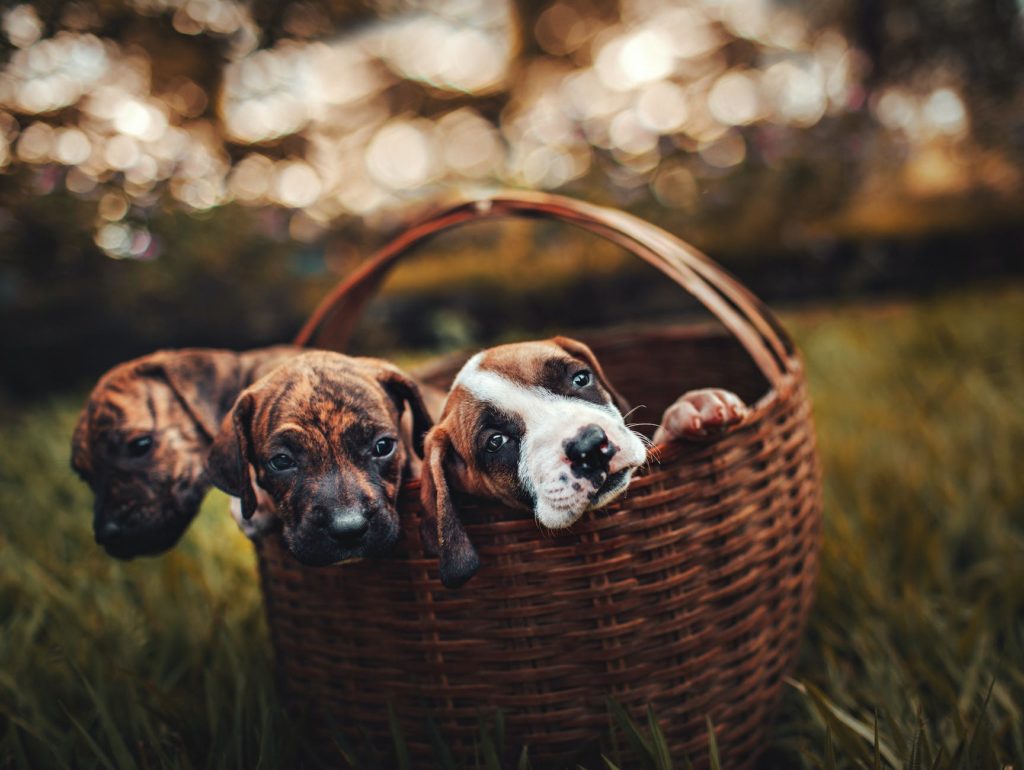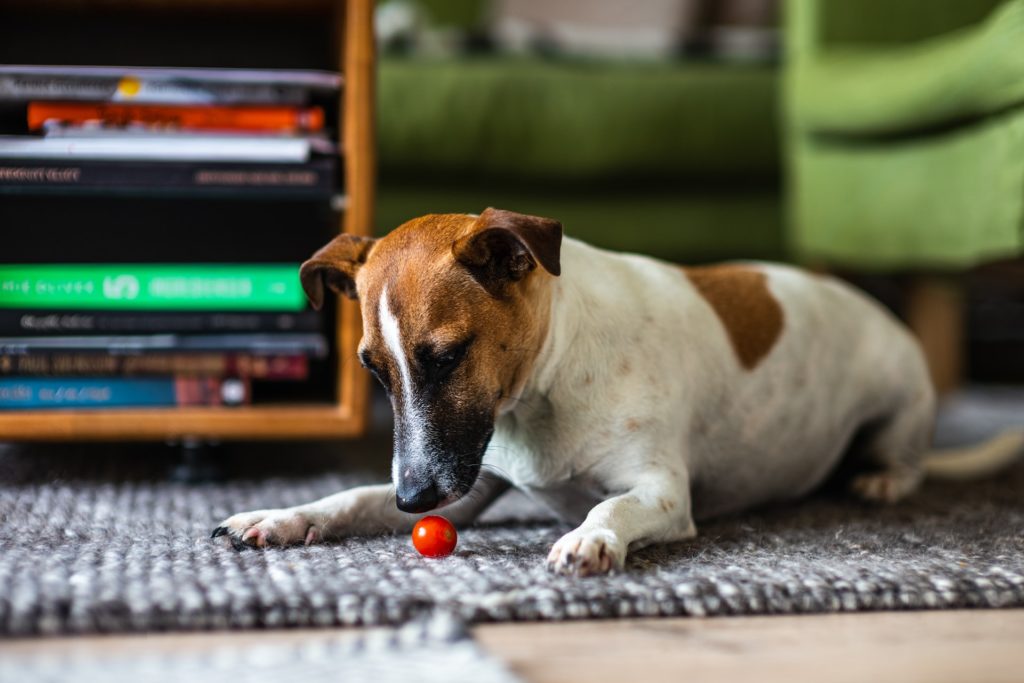
There are a few things to consider when choosing the best flooring for dogs. Many dog owners don’t even realize that there are such things as ‘pet friendly flooring’ vs. non pet friendly floors.
However, the last thing you want to be doing is getting new flooring right after you replace your entire floor. So, that is why it is important to look at all flooring options before you make the big decision.
WHAT CONSTITUTES THE ‘BEST FLOORS FOR DOGS’?
In this article, we will take a look at the best pet friendly flooring options for any pet owner.
We will look at the best dog friendly flooring for the following categories:
- Scratch Resistant
- Resisting Pet Grime and Stains
- Moisture Resistant / Waterproof Flooring
- Mildew Resistant
- Solid Wood vs. Laminate Floors
- Stain Free Carpet and Flooring
- Best Flooring for Pet Hair / Pet Fur
- Which is the best flooring to keep your dog safe?
WHAT CONSIDERATIONS SHOULD YOU THINK ABOUT BEFORE CHOOSING FLOORING OPTIONS?
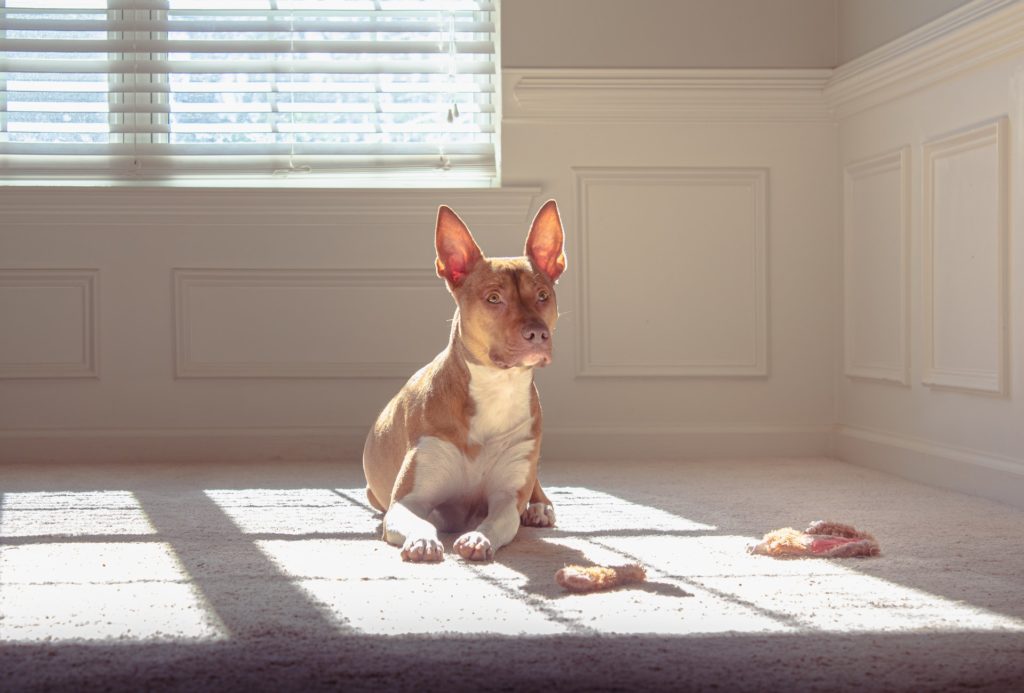
Before you decide on the right flooring for you and your family, you should have a good, long look at the pet in front of you.
Do you have a senior dog? Do you have a puppy? How many dogs do you have living in your house?
Do you have other pets as well? Each one of these factors will play a role in choosing the best flooring for dogs.
Some factors to think about before making your final decision:
- Size of your dog: A big dog will do more damage to floors than a small dog, simply because they are bigger and heavier. Their nails are also likely to be larger and damage could be harder on traditional hardwood, for example.
- Age of your dog: A puppy’s nails are sharp and they like to chew on things. They will also have accidents. An older dog’s nails are not as sharp and they are less likely to chew on things or have accidents.
- Number of dogs: If you have more than one dog, you will want to take that into consideration when looking at different types of flooring. More dogs = more damage.
- Other pets: If you have other pets in the house, like cats, that will also play a role in the type of flooring you choose. Cats tend to scratch floors, so if you have both dogs and cats, you will want to take that into consideration.
Now that we have looked at some factors to think about before making your final decision, let’s look at the best floors for dogs in each category.
SCRATCH RESISTANT FLOORS FOR DOGS
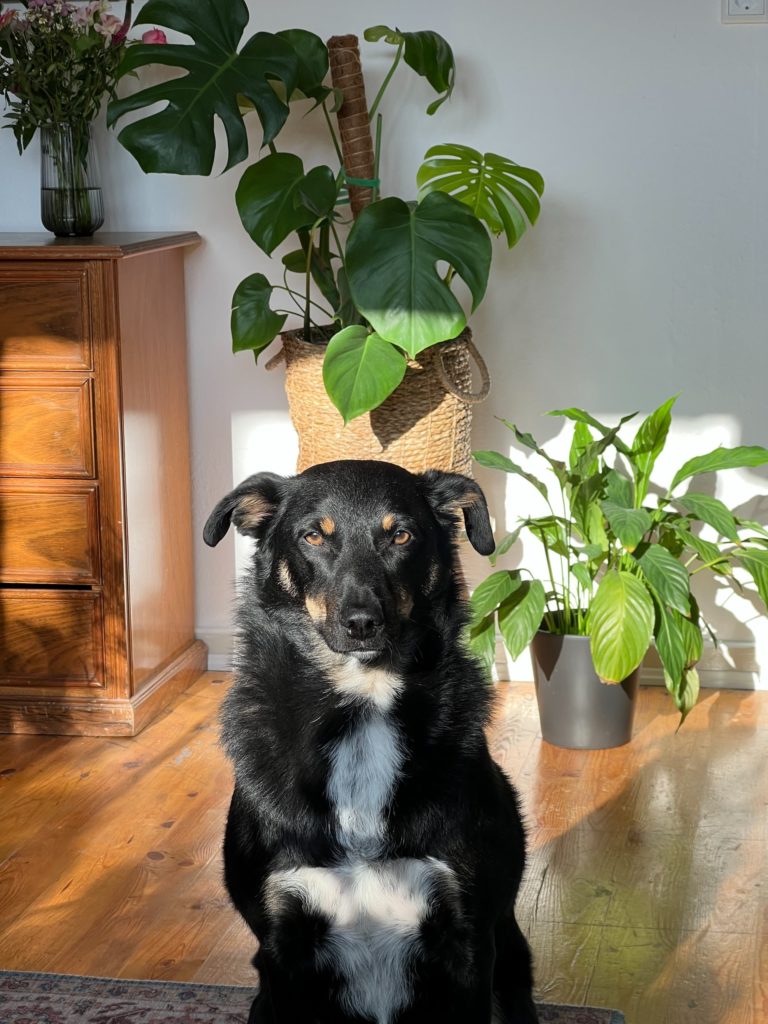
There are a few different types of flooring that fit into this category.
SOLID HARDWOOD FLOORING FOR DOGS
Solid hardwood floors are a popular choice for many homeowners. They are classic and elegant and can add value to your home. However, they are not the best choice if you have a dog. Dogs can scratch hardwood floors easily with their nails.
Solid hardwood flooring options are also much harder to repair than other flooring materials, so may not be the best option for dog owners.
If you are determined to use wood floors, make sure to use a scratch resistant finish on a thick, engineered hardwood flooring.
LAMINATE FLOORING
Laminate floors are a great alternative to hardwood floors when it comes to dog’s nails. A laminate floor will hide scratches from furry friends much more easily.
Some of the best laminate flooring brands are:
- Pergo
- Mohawk
- Mannington
- Bruce
- Balterio
- Cork Flooring
TILE FLOORING
When it comes to a pet owner who is working to find flooring options that will withstand scratches, tile floors are a great option. Many tile floors are very scratch resistant and will not show wear and tear as easily as other flooring types.
DIFFERENT TYPES OF TILE FLOORS AND WHICH ARE THE BEST FOR PET OWNERS?
There are many different types of tile to choose from, including:
- Ceramic tile
- Porcelain
- Stone tile
- Vinyl tile
- Linoleum tile
If you are a pet owner, the most scratch resistant tile flooring option is usually Luxury vinyl. Luxury vinyl is a type of vinyl that simulates the look of stone or wood. Luxury vinyl is also very durable and easy to clean, making it a great choice for pet owners.
BEST FLOORING FOR STAINS
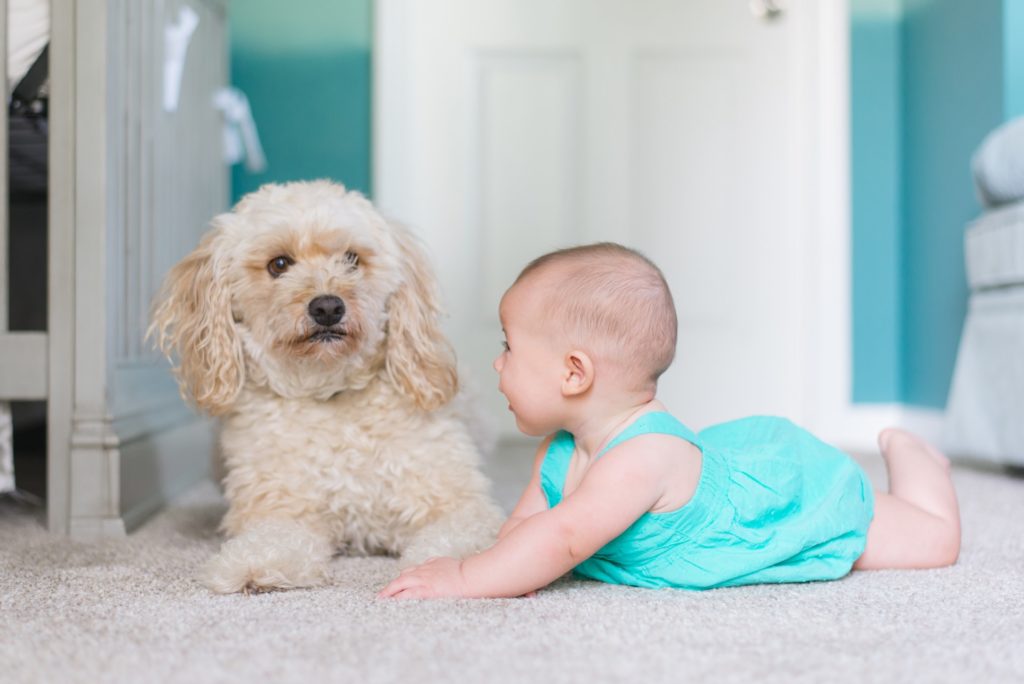
Nobody wants to deal with stains on their floors.
But, all dog owners can agree that animals are messy and create stains fairly often.
So, when looking for the best flooring, a consideration to keep in mind is the level of resistance and resolve towards these inevitable stains.
There are a few different types of flooring that are good for pet gunk and stains.
LAMINATE FLOORING
Once again, laminate floors are a great option when it comes to resisting pet stains. They are easy to clean and will not show wear and tear as easily as other floor. Laminate flooring is an engineered hardwood that is made with multiple layers of wood that are typically scratch resistant.
ENGINEERED WOOD
Engineered wood floor is a pet friendly flooring because it is resistant to scratches and easy to clean. Engineered wood floors are made with a top layer of real wood that is glued or pressed onto multiple layers of wood below it. This makes faux wood more stable than solid hardwood, which can be helpful if you have pets that like to run and play indoors.
In the realm of surface moisture that could create stains, it can also be purchased with a water resistant layer on top.
LUXURY VINYL FLOORING
Vinyl flooring is a great option for pet owners when it comes to easy cleaning and stain resisting. It is water resistant and can handle spills well. Many vinyl floors have a wear layer that makes them resistant to scratches and stains.
A luxury vinyl plank floor will actually resist pet stains better than a laminate or real wood floor because it is completely impervious to water.
TILE FLOORING FOR DOGS
Tile is also another great option for easy cleaning and pet stain resistance. They are water resistant and can be easily cleaned with a mop or cloth. Most tile floors have a glazed surface that makes them resistant to scratches
CERAMIC COULD BE STAIN RESISTING
Ceramic is a good option for pet owners because it is easy to clean and stain proof to common things like pet urine or mud. Ceramic is made from natural clay that has been fired in a kiln.
Porcelain tile is a type of ceramic tile that is made from finer clay and fired at a higher temperature. Porcelain is more durable and dense than ceramic tile, making it a good choice for high traffic areas and homes with pets.
STONE
Stone floors are a good option for pet owners because they are easy to clean and very stain proof. Stone floors are made from natural stone that has been cut into thin tiles.
MOISTURE RESISTANT
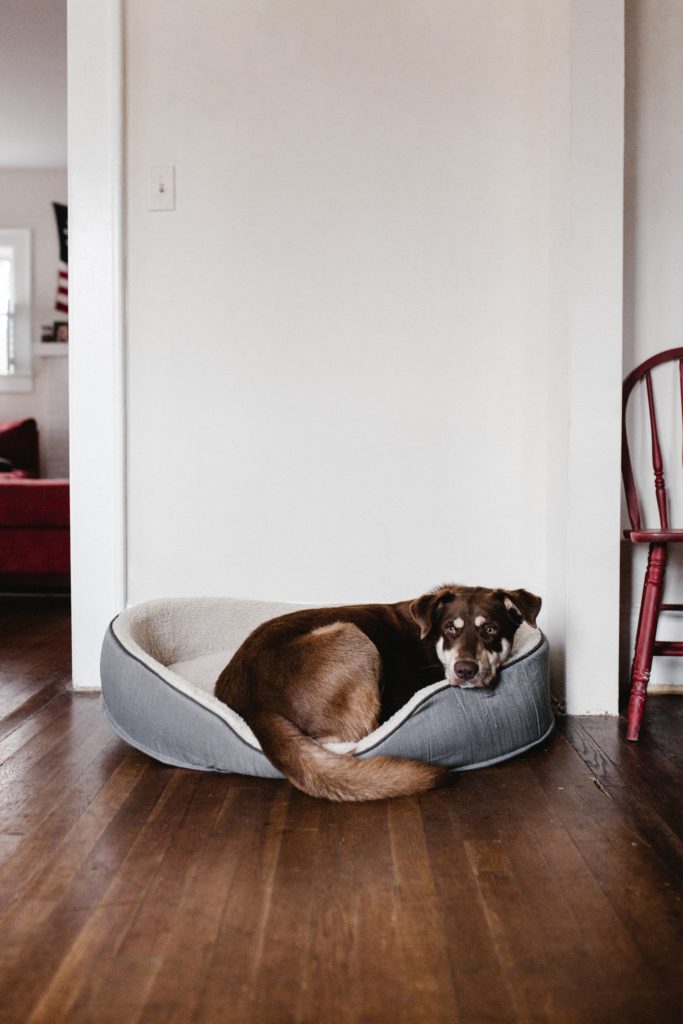
If you live in a wet environment where it snows and rains a lot, you are used to your dog prancing into your house right after they played outside! The last thing you want them to do is bring water or mud all over your new flooring if those floors are not prepared to fight against pet accidents or slush.
Water resistant flooring for pets is one of the most important factors to consider! As a matter of fact, I’m not sure any flooring for pets should be called pet friendly if it is not able to resist water in some form or fashion.
There are many types of water resistant flooring for pets on the market, each with their own level of resistance: from light spills to full submersion in water.
The best way to find a truly water resistant floor is to look for floors that have been treated with a waterproof coating or wear layer suitable for your furry friends.
WHAT IS THE BEST FLOORING FOR DOGS AND MOISTURE?
Dog friendly flooring can come in a variety of forms, from water resistant to waterproof.
There are many types of water resistant flooring for pets on the market, each with their own level of resistance: from light spills to full submersion in water.
The best way to find a truly water resistant floor is to look for floors that state they are pet friendly flooring.
You CAN find pet friendly flooring that ranges from carpet to hardwood floors! Some of the best hardwood floors for dogs are actually laminate, faux wood, and luxury vinyl.
CARPET TILES ARE A GOOD OPTION
Carpet tiles are a good option for pet owners because they are easy to clean and stain resistant. Carpet tiles are made from pieces of carpet that have been cut into small squares or rectangles.
In the event of a major accident, carpet tile flooring for pets are much easier to clean up than traditional carpet because you can remove and replace individual tiles.
ARE WOOD FLOORS ABLE TO WITHSTAND PET WATER DAMAGE?
Typically, wood flooring is not the best option for homes with pets because it is not very water resistant.
However, there are types of wood flooring that are more durable and water resistant than others, and that is by adding a pet friendly stain on top of some of the best hardwood flooring in order to attempt to make it indestructible!
If you have your heart set on hardwood floors, be sure to choose a solid wood flooring and inquire about a pet stain to be placed on top.
WHAT IS THE BEST FLOORING FOR MILDEW AND CRUD?
The best flooring for dogs often comes with a whole lot of grime and mildew that can be tracked in from the outdoors.
There are many types of flooring that are resistant to mildew and easy to clean, but the best options for pet owners are ceramic, porcelain, and natural stone tile.
These materials are not only water resistant, but they are also easy to clean and maintain by wiping with a pet friendly cleanser.
IS HARD MAPLE WOOD FLOORING FOR PETS BETTER OR IS ‘FAUX’ WOOD BETTER?
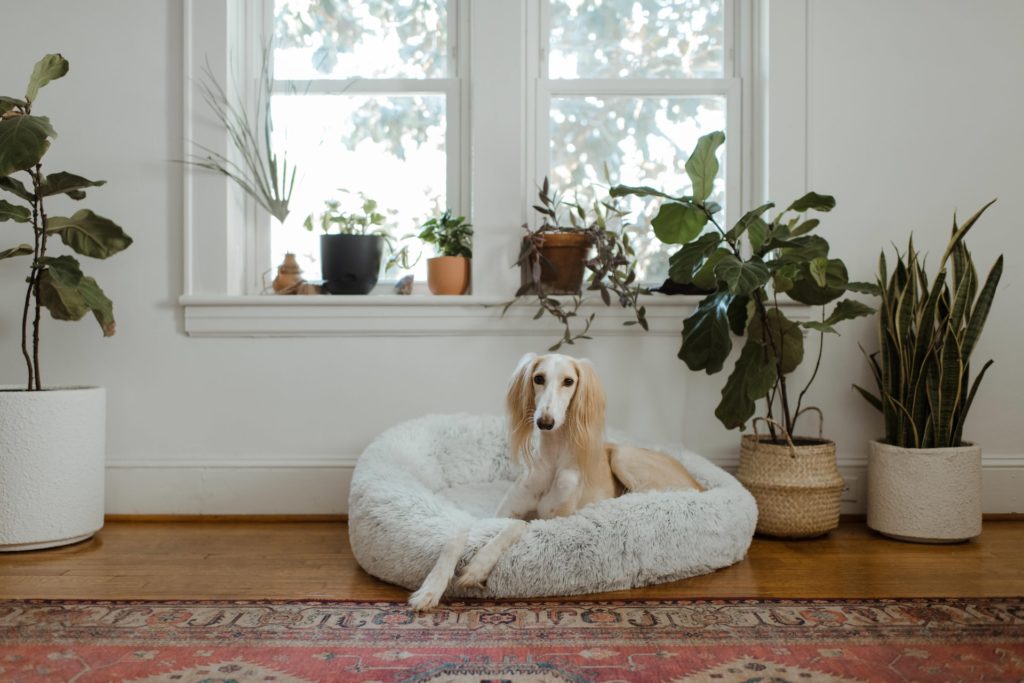
This is one of those (rare) times that the cheaper alternative is actually better for your pet.
Faux wood flooring , which is also known as “faux” wood, is actually a better choice for pet owners than solid hardwood floors.
This is because solid wood is more susceptible to water damage, while man-made wood is designed to be more durable and resistant to moisture.
So, real hardwood floors might not be the answer for you if you have a pupper in the house.
STAIN RESISTANT CARPET AND FLOORING
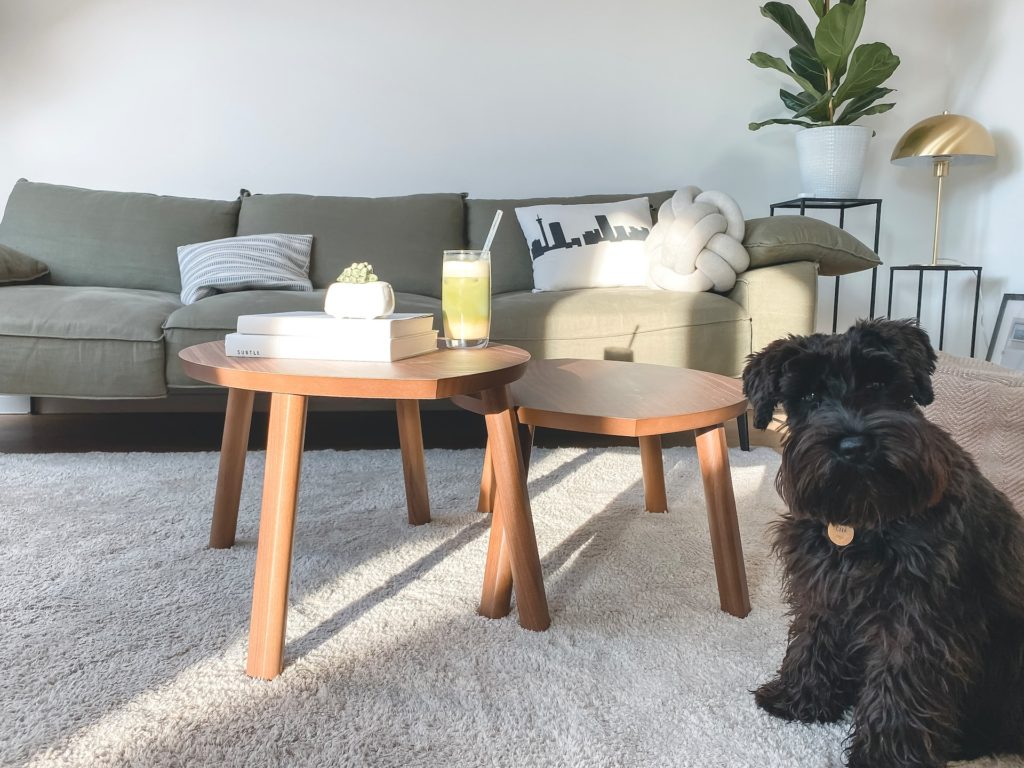
Can dog owners have their cake and eat it too?
Is it possible to have an entire carpet and dogs at the same time?
The answer is not without some elbow grease, but yes it is possible!
There are many types of stain resistant flooring for pets on the market, each with their own level of resistance: from light spills to full submersion in water.
The best way to find a truly water resistant floor is to look for floors that state they are pet friendly flooring.
You CAN find pet friendly flooring that ranges from carpet to hardwood floors!
WHAT IS THE BEST FLOORING FOR DOGS AND PET HAIR?
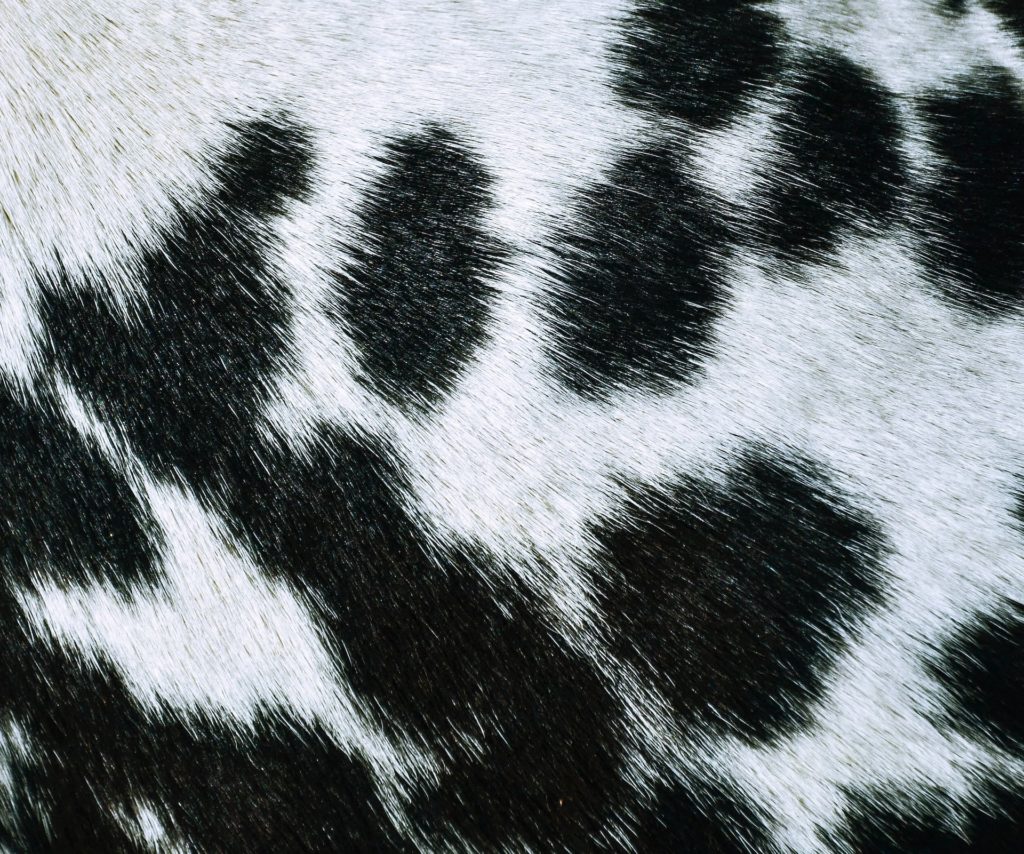
Unless you are wanting to vacuum frequently, the best flooring is one that is wipeable and easiest to get rid of that hair.
GREAT DANES SHEDDING
WHAT WEATHER WORKS BEST FOR GREAT DANES?
But, that comes with the potential downfall of having a slippery floor which may not be the safest for your pup.
So, the best flooring for dogs and pet hair may depend on your own unique situation.
Here are some of the best options:
- Vinyl Flooring- vinyl plank flooring is known to be some of the easiest floor to keep hair. free
- Linoleum Flooring
- Concrete flooring
- Tile (however grout lines can collect hair at times)
- Certain carpets
SLIPPING, SLIDING, AND FALLING: IS THERE A SAFE FLOOR FOR ALL?
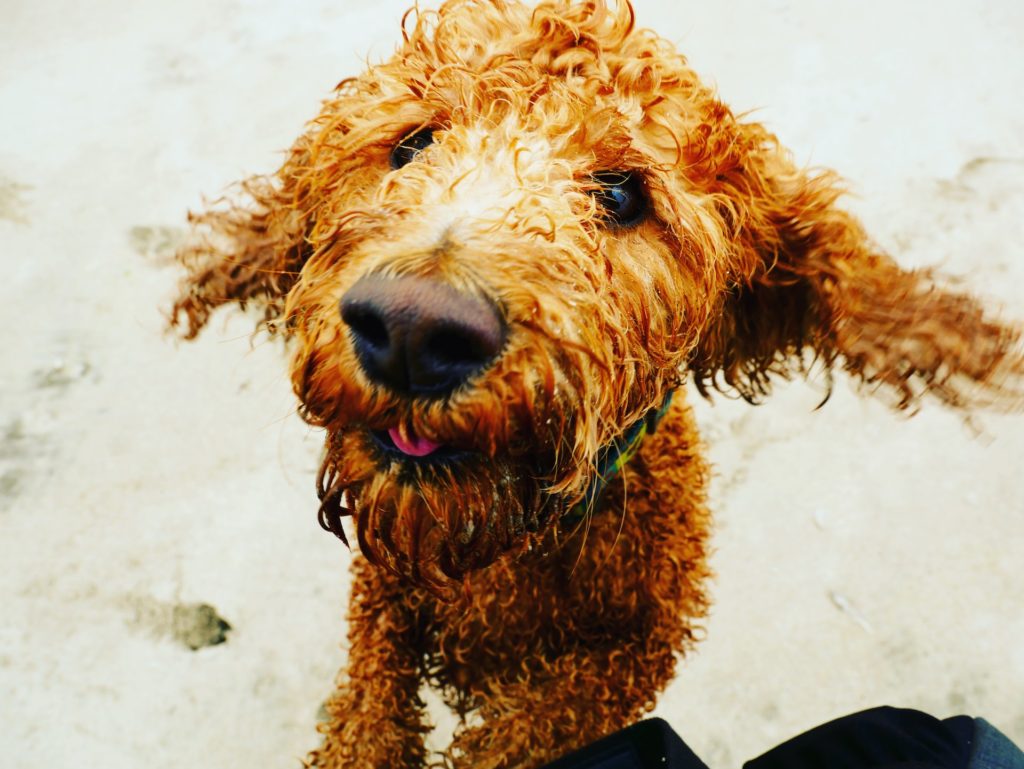
For seniors or those with visual impairments, smooth and level flooring is essential to help prevent trips and falls or potential joint issues with large breed dogs down the road.
Softer materials like carpet can also help cushion a fall.
If you have elderly humans or pets, it’s crucial to be cautious of sensitive flooring.
BIG DOGS AND FLOORING
Big dogs are prone to slipping on polished floors, so if you have a big dog, it might be best to avoid hardwood or tile and go for carpet or rugs instead.
Carpet is also a good choice for puppies who are still getting their footing.
The best bet for big dogs is to get something easy to clean and sanitary, like engineered wood flooring, but then have runners and rugs laid out that are washable.
Without a proper flooring for your animals to get a grip on their paw pads, they could be prone to issues like Knuckling, Panosteitis, HOD, or even Arthritis down the line.
Is My Great Dane Puppy Knuckling?
Puppy Food for Great Danes
How to Prevent Knuckling in Great Dane Puppies
Is My Great Dane Puppy Too Small?
Great Dane Puppy Growth Chart
How to Fix Knuckling in Great Danes
As you can see, there is no single “best” flooring for pets since there are so many factors to consider.
The best flooring for your pet will ultimately depend on your individual pet’s needs and your own personal preferences.
READ MORE:
What Weather is Best for a Great Dane?
Tips for Successfully Caring for Great Danes
10 things you should know about Great Dane Dogs
We Think Your Great Dane is Awesome
HOW MUCH DO GREAT DANES COST?
Engagement for Your Dog
MISCONCEPTIONS ABOUT OWNING A DOG
The Most Popular Big Dog Names
DOG MISCONCEPTIONS
GREAT DANE LIFESPAN
